|
Having read so many books on the area like Landfalls of Paradise by Earl Hinz & Jim Howard and heard so much from past participants about how heavenly this place really is; I was expecting a lot and could not wait to see it all for myself!! I had never seen atolls before as I have never been to the Maldives, for example, but have always enjoyed to imagine what it might feel like to actually be present in a landscape I have dreamt of so often. One thing that definitely stood out to me was how desolate but electric turquoise this place really is. Would it just remain a haze of perfection in all its idealism or would it be a place where I could reflect and feel a part of through my daily experiences?! Two and a half days too long and a huge Mahi Mahi and Tuna later, we arrived in Makemo, early morning on Tuesday 9th April, to a sparkling bright and crispy anchorage south of the atoll; with only a few houses, a school, a church and lighthouse. Upon arrival, the first thing to do was to go in search of Beco, a local fisherman who had supplied Ron our friend on board with black pearls from the area that he had sculpted on with Tiki symbols. Marc and I had not realised what an important part this had actually been to Ron's trip the year before, having brought home these sculpted pearls for all the ladies in his family. Since there had been another couple of additions and knowing how fair Ron plays; it was definitely a must for every female to have a little piece of something that Ron had so loved about his trip to the Pacific! After trying to locate Beco for a couple of days we unfortunately had to give up. We had learnt from his family he had gone out fishing for long days and then had to travel to see family in Papeete for personal matters. We had also summed up he might not be sculpting the pearls anymore as prolifically as he had done previously. So instead we tried to provision and see what the place had to offer but now we had entered the part of French Polynesia where very little happens. Almost nothing to visit, nowhere to eat out and really time to chill out, have a few walks and make a few sketches. I had actually never really seen such beautiful clear turquoise water before and we were anchored right in the middle of it for two days. When we arrived we had our fellow rally mate Nusquama on the beautiful 59m Perini Navi SY Sea Hawk with it's flash red lines. Other than that Makemo did not seem to be the busiest, with very few visits to the south side at least. Having been one of a very few of the rally participants to visit Makemo as part of our free cruising time, it felt like the right time to update Jenevora (Nev) from the rally control about our atoll experience culminating in my vibrant Japanese brush and ink wash. This culminated in a wonderful first article by the World ARC Rally. Next to Fakarava South & NorthThe fun part about this World ARC rally in my opinion is the connections one makes with others on the rally and some are very good at organising small gatherings of 5 or more boats arriving in a place at once. This time was quite unique as we entered with blue skies and only half an hour later we found ourselves all running away from the beach for shelter from the huge downpour. Unfortunately this weather stayed with us for several days leaving no other choice but to hibernate inside the boat until it was suitable to pop our heads outside. What had happened to the world for so many days??!! Now it was time to go snorkelling on one of the best snorkels I have ever experienced with so many fish, coral and sharks. This drift snorkel was the moment I got over my fear of sharks. Having been brought up in the era of "Jaws" the sequel, I have always had a weird fear for sharks although these were much smaller and more friendly than what one anticipates from sharks. When in a school of 5-7 of them they can be quite over bearing but Ron onboard reassured me they won't even bother about me and if they are smaller than me there's not really that much hope of enjoying a whole meal out of me. Based on that I guess so! :))) In those few days in South Fakarava there was very little to do except for swimming activities and had started to really miss my figure drawing. Ron was the perfect person for this next figure drawing as he was often able to sit in a position for a while. He was also very excited about the idea of having a portrait made of himself since he had never really had the opportunity. I truly enjoyed the chance to paint him and revive my figure drawing skills; Japanese brush and my new Japanese watercolours made all the difference to the vibrancy and resilience of my work from here forward. North Fakarava with more happening 😀It did not take us too long to get to the north except it was quite hairy experience with it's pearl farms to really test us. We had been warned but did not realise the extent of it until we found ourselves unable to move forward blocked by a line across the fairway. Jumping overboard to cut the line was our only decision and it was up to me! The sea was rather rough and so I did hesitate a moment but knew I would be the most agile and definitely the best swimmer, especially after having swam for Malta when I was younger for so many years and recently again with the Maltese former Olympian & long distance record holder in swimming events, Neil Aguis. Wave of Change, a recent swim Neil did to give hope & change to Malta and it's citizens has really impressed me in such a positive way that I too hope that my work too might one day help towards making the world a better place. One night in Fakarava on a very wet evening we decided to visit the local Rotorava Grill where I have to have had my best "poisson cru" to date. Here is where I met my new local friend Malika wearing the beautiful flower head dress and immediately handed it to me on commenting how much I really liked it. I felt she was the perfect person to ask about making another for me and possibly about teaching me how to make these beautiful head pieces. If I was to try making these pieces the hardest thing would definitely be where to source all the flowers from and therefore preferably a dried option as the pieces would last longer too. Fakarava is definitely the place I found most exciting to date as it was here I learnt to make flower crown head pieces or "umu hei" as they are called in Polynesian. Apparently within this region women believe that by wearing a crown of flowers heightens their sensuality and makes them more attractive to the opposite sex. Having a fascination for headpieces and having recently spent a day in Amsterdam learning how to make them in a workshop with Leonie and 7 other girls, I was getting to know something I could really enjoy making. The piece I made below during the workshop in Amsterdam was for my mum's 50th birthday in Capri, a year ago before setting off on this big adventure.
RangiroaLeaving Fakarava for Rangiroa was a rather hard one as we had really enjoyed it here. Provisioning before we left quite an ordeal, as it was nigh on impossible to find any fresh produce. Unless one arrives at the supermarket in the exact moment stuff is laid out; fresh produce such as eggs and vegetables are nabbed immediately. Luckily on arriving in Rangiroa there seemed to be quite a few restaurants allowing us a few days to learn where to source produce before Marc's children, Emma 23 years and Daniel 19 years would join us. Anchored inside the atoll in front of the Kia Ora Resort & Spa, we stayed there for almost 10 days, with mixed weather again unfortunately. Cycling most days to the far west of the atoll past the airport towards the town, having sunset drinks at the Kia Ora Resort and Relais de Josephine and snorkelling in the "aquarium" as it was called, summed up our visit. I managed to get a commission from the owners of the Relais de Josephine but have to admit it was rather odd turning up at 3pm to be told the couple were tired and would be going to sleep instead of sitting for me. So I took some shots and painted on site as if they were there in front of me. The following day the weather was excellent and this was so important as Emma and Daniel were arriving that morning and the plan was to collect them by tender from the airport. Once we had welcomed the kids onboard I asked Daniel to take me over to the beach to paint, and what fun exploring all these shades of turquoise I loved so much. The only people to join me here were a couple of stray dogs. TahitiWe left in perfect time before the weather changed for the worse!! It only took us one day and we arrived into Pointe Venus at midday. This is the first stop where everyone arrives to when they come from the Tuamotus. Upon arrival I was struck by Tahiti's deep green landscape and high mountains rather similar to the Marquesas in so many ways. I felt immediately inspired to paint the landscape, oozing so much emotion. The next few days we spent in the lagoon further on round, towards the capital of Papeete as we waited to get access into a marina berth. Had we only known it was going to be so difficult we would have organised this much better. At first I had wanted to be based in town but on visiting the marina to meet Michael the Marina Manager, I realised that this marina was far too close to the main road in and out of the city of Papeete and not safe or ideal especially if we were to hire a car. On Friday after 3 days going into the Capitanerie at the other marina, Taina, to see marina manager Henri on a daily basis , I finally managed to get us a berth and we had a lovely weekend on land exploring Papeete. On getting into the berth that night we were invited to SY Skyelarke, an oyster in the rally, for drinks followed by a lovely dinner in town at Gobie fish restaurant. I found the town great for shopping, superb for provisioning and good for getting day workers to help us onboard. The Hinano beer company and its beautiful logo were also part of its clothing culture and seemed to be one of the better brands on offer. It was actually interesting to see how this beer brand had now become so much more. Its smart marketing strategy had helped it become synonymous with Tahiti. Giving it a very unique appeal. One thing that also struck me about Papeete were the wonderful murals in town which left me to think how there could be so many more lovely art projects to happen there especially with Gauguin's reputation of having spent time there. The Gauguin museum here was unfortunately under renovation when we were there and was my only ray of hope towards understanding how the artist got by and managed so long in French Polynesia. Of what I have read on "Noa Noa" and now reading in "Gauguin and Polynesia" he was definitely one of a kind but was he as bad as he had been made out to be. How bad could this artist really have been?? He definitely seemed to have had a good time which could have been seen as slightly too outrageous or was he just living true to himself; loving life, colour and the nude form. Some can see the latter offensive but that is understandable coming from a gentleman of his calibre residing in such a religious and naive region of kind indigenous people. Had he been seen as taking advantage of them? Moorea - AWeekend Off the BoatHaving got more than half way through my book on "Gauguin and Polynesia" I was getting more and more excited to know about the region and Moorea had been winking at me from across the marina that week. I had witnessed many changes in the sky; the shapes of the clouds above and around the mountain peaks, the colours in the sky at the different times of day affecting the varying nuances in the landscape and therefore definitely very enticing. This would be the ultimate weekend away after a busy week of boat jobs, we were looking forward to being free from any boat responsibilities for the next few days. One moment I remember well on Saturday 4th May was creating this watercolour of Moorea at dawn. The weather this day was exceptionally warm and the sea and sky still and vibrant. There was a haze that I had not experienced elsewhere and was desperate to see how I could best represent it. So I worked on the freedom of allowing the water to create it's own magic; wet on wet is the best way of exhibiting this as colours are given the opportunity to mix in one another and cross borders between sea, sky and the clouds. The Pacific is particularly nebulous and once clouds get caught around mountain peaks they do not easily move but remain stuck circling the peaks creating a very distinct mood which I have tried to demonstrate here. On Friday 10th May we made our way over to Moorea by late ferry, once we had extended our car rental and finished all our jobs for the week. Leaving the riggers to come fix things the following Monday while we would be preparing the boat to go. I was provisioning as much as I possibly could fit into my cupboards, fridge and freezer, since I knew this would be one of the last times before we arrive in Fiji. So having a restful weekend away from the boat, away from cooking and all my other chores was very welcome.
That morning once everyone had woken up we headed off on a hike towards a waterfall on the west side of the island called Afareaitu Waterfalls. A rather small waterfall and not the easiest hike for sure, but beautifully green and cool. The hike to and from took us about an hour and a half with a slight elevation giving us good exercise. After this we were starving and found a great food truck, called Pura Vida, on our way since we had planned to drive round the whole perimeter of the island. On the Sunday Marc and his kids had a couple of dives planned in the morning which meant the perfect moment for me to pack a bag and head off to paint. I walked from where we were staying to Cook's Bay and on arrival, as I began to take out my painting stuff I realised some locals were calling me over so I headed there to say hello. Immediately they wanted me to paint them and there was no question that this was going to be my mornings practise, which I enjoyed thoroughly. Not having much experience in painting portraits this was a good opportunity for me. Once finishing the portraits there was no question as I handed them over I had truly made these locals extremely happy this Sunday and this is exactly what I had set out to do :))) Following this session with Freddie & Sandra I headed along Cook's Bay on foot passing an atelier called Louze.O.Art. I decided to contact the artist to visit their gallery. I was curious to find out what contemporary art was happening on the island. Olivier Louze the artist, got back to me almost immediately offering me a time to pop round that afternoon to view his work. Olivier had moved from France to Tahiti 10 years ago and had begun to focus on painting then. In the meantime he had definitely created his own style and in particular a style we can see in the low right side painting whereby he would add paint to wood panel and while still wet, would scrap the paint off using short strokes one next to the other to create a very realistic rendition of his models and their contours. His monotone palette definitely very in fitting with his subject matter giving it a lovely sensual and yet lonely feel through their fixed gaze and pose he had chosen to capture. Monday morning came too soon and we were now on the ferry back to Papeete early enough for me to get dropped off at the local municipal market to buy fresh fruit and veggies. After heading to the marina to assist the rigger's in finishing off the job they had started on the week before, Daniel and myself went off provisioning to the huge Carrefour next to the marina. Finally such a pleasure to go shopping here and really stock up well for the next few months. The days of fighting for a carrot were now over and life felt like it was getting a little easier I hoped!! Bora BoraAfter only a couple of days travel, it was a great plan getting to the Yacht Club in Bora Bora in time for the World ARC event that night, Thursday 16th May. Due to a lack of mooring balls available the ARC had decided to host 2 events breaking the group up for more manageability. This meant the group spirit was lacking in some ways but of course in true spirit I decided to over compensate and had a very good night on arrival doused by copious amounts of Espresso Martini. Wearing a head-dress or "hei" was the secret ingredient towards a good night.
The next few days we were moored up outside the yacht club, taking it very easy. Unfortunately the weather once again was not very good, making it all not as much fun as it could have been. The bright blue sea had been tarnished by the grey clouds looming over us, so we chose to spend more time catching up on things. Boris, a friend of Marc's joined us on Saturday morning all the way from Holland to help us sail the coming 10 days sail to Tonga luckily.
0 Comments
Arriving in Hiva Oa was like finding paradise, heaven, Nirvana... whatever you want to call it really. 16 days later almost as long as our Atlantic crossing but felt so much more and looking back on this I now know why. Firstly because we have spent an awful lot of time at sea lately I'm feeling quite weary of it, plus the excitement of getting to French Polynesia particularly where Gauguin spent his last years was far too much for me to control myself :) Especially on reading his manuscripts Noa Noa. The time spent aboard Axonite is always enjoyable, as it's a splendid boat to sail. However, being solely responsible for cooking makes it feel like a never-ending task. It is not because the others on the trip don't want to help but clearly I am best at it and it does give me a sense of responsibility and creativity. The boys love eating pasta which is easy for me but I don't like eating it because I'm always worried I will put on weight. I did prepare some meals which helped give me a break some days. I do sometimes think about the nature of cooking onboard after having worked in the position for so many years and sometimes find it difficult not to treat it as a job. With time I am finding easier recipes and learning new ones by trying the local ingredients or asking locals how to cook things while at food markets and in supermarkets. This definitely keeps it more exciting when having to cook for days on end!! Arriving 8am on a Saturday morning meant we were in perfect time to get checked in early and could have the rest of the day to check out this paradise of lushness like I had only seen before in the likes of Brazil or Bali. It had a magic I sensed immediately and this is probably what had attracted Gauguin to spend his last years here. The combination of the thick lush mountains of all shades of green dotted with only a very few homes mainly concentrated in the area where we were anchored in Atuona. Immediately welcomed by Fergus & Jenevora from the World ARC Rally team we were invited up to the hotel on the cliff above, Hanakee Lodge, where they were staying. Apparently the only half decent place on island and after a few days I can understand why. Suddenly one's choice on places to stay had got very limited with only one or two nice places to eat and drink. We had booked a lovely home with a pool not far from the boat for 3 days in order to get away from the rest of the crew and give Marc & I some time out to explore and chill out after such a long trip to get here. The place we chose was fabulous it had such a lovely pool. A bit big for us 2 alone but good to have such space to be able to roam around after being on the boat in such a tight space. This was truly our haven for the next few days where we would be able to unwind, cry, scream and everything that went along with being at sea for so long. So incredibly good to get off the boat and hire a car as it allowed us the perfect plan to discover the uniqueness of Hiva Oa for ourselves. The first thing we did was to visit Gauguin's grave in the Calvary Cemetery along with Jacques Brel's grave, a famous composer, writer, actor and director from Belgium in the early 60's.
After having lunch in a simple shack next to the Gauguin museum, which we found closed for no reason coincidentally, we had a lovely drive down south to the area of Ta'aoa right along the water. The lushness along the drive was very unique especially the view looking back to Atuona after such a trip of 3 hours to and fro. The next day we were up a bit fuzzy as we had had a bad night's sleep. Finally all the apprehension of the past few months had come pouring out and I had an exhausting time letting all my woes out. I really felt I had no other option but to feel this way at some stage. The past few months have been challenging in various ways, starting from Trinidad and continuing right up until now. I've gained valuable insights into the types of people we enjoy sailing with and in this case less is more. I appreciate Marc's love, patience, and support, although I sometimes wish I could express my gratitude more effectively. This time onboard has certainly been a test of my resilience and has provided me with valuable lessons, as many sailors would agree. That day we did a very long and picturesque drive to Puamau to see the Grand Tiki which took us half a day to get there. On arriving in Puamau Village we decided it was best to eat lunch first. What we did not know is that we had to reserve a spot for lunch at Chez Marie Antoinette, but the lady there was very pleasant and asked us to come back once visiting the site. A very typical lunch not to be missed as we were told and actually not bad at all. Great sustenance for this big day out! Hailing from the island of Malta which such a deep and interesting culture as ours I was keen to understand the significance of Tiki symbolism and what made it so sacred. Tiki symbolizes power, knowledge, wisdom and wealth. They represent the force of Polynesian Art and the richness of the Ma'ohi culture. The ancient Polynesian craftsmen brought life to their tiki, sculpting the stone with skill and passion. This definitely encouraged me to learn more and looked into the possibility of following a sculpture session based on my knowledge of sculpture making. After much research I was unfortunately unable to find anyone who I could follow a workshop with on Tiki sculptures so I thought I would just wait till I got to Nuku Hiva, the neighbouring Marquesan Island. Time was closing in on our visit to Hiva Oa and my biggest interest in coming here, Gauguin's life in French Polynesia had still not unveiled itself. Gauguin's whole life has been punctuated by voyages. Hardly a year old he crossed the seas for the first time then later on in his teens and travelled until he met Mette his wife and had kids. French Polynesia was Gauguin's final destination and this is where he drew the ferment of his painting and definitely the firm conviction that this was his life path as an artist. He was considered a renegade by many. Gauguin knew for himself that keeping away from the artistic centre of Paris is what he needed. His quest for the primitive, the savage was Gauguin's driving force throughout his life as an artist. His work drew to a considerable extent from the representation of this life and the material and religious centre of both Polynesia & Brittany. Our visit to Gauguin's Art Centre was unfortunately very disappointing and I think the artist himself would have been horrified to know how his works had been presented. All works in the collection had been reproduced by very amateur locals definitely not giving justice to his work. It actually felt like a bunch of school kids had been given the job of putting together this exhibition. A very poor skill in reproduction, literature on his life and display of the work. Rather similar to what I had witnessed in the Gauguin Centre in Martinique a year ago in the Caribbean. Teohuata & Nuku Hiva Easter weekend was spent anchored off the beautiful desolate Marquesan island of Teohuata only an hour from Atuona Bay in Hiva Oa and what a sensational idea!!! This was the perfect place to finally unwind and take in the raw beauty of the Marquesas Islands while at the same time have the opportunity to swim in these beautiful blue seas I had so longed for. The weekend started with early evening drinks on the beach organised by one of our rally team and ended with a big Easter Sunday lunch I put on for our Irish friends aboard Navillus 3. I prepared Vietnamese spring rolls with prawn, avocado & mango for starters, marinated tuna Ramsay style served on veggie quinoa with a fruit salsa for main and poached pears in red wine & Antiguan rum on top of fresh home made brownies I had made that day :))) Easter Monday, rather hungover I must admit, we left for Nuku Hiva at midday after a big swim to wash away all the cob webs. One leaving Tehouata we passed the long way round past Puamau, which was a site I loved making a Japanese brush and watercolour of as we sailed past. This was my first sketch in a while as I had found it hard to paint with getting to land after so long, in a place I had dreamt about with the fair amount of conflict and super happy moments all mixed in one. I have to admit I have not learnt, as an artist, how to paint my moments of frustration, confusion or sadness. I still seem to freeze up and struggle to express myself rather than let it all out in a beautifully creative piece whether writing or painting!! I tried to paint and experiment with the wet on wet method which I really enjoyed on our passage while on my watch at sunrise. Life always gets easier once I get on passage and leave all I have behind me. Of course I'm not escaping life but leaving bad vibes means no harm at all, does it? Actually quite freeing and allowing one to move on.  Arriving in Nuku Hiva, Taiohae Bay is very impressive, almost overwhelming with its rolling green mountains lending to the sea. Nothing like I have ever seen before; astounding! We could not wait to see what the island had to offer and therefore decided to jump in a car and have a local drive us around visiting Taiphae & Taipavani. Opposite here in the map is the route we took that day with our local friend Fiona. A vibrant and proud lady full of information about her little island mid Pacific!! The following day the World ARC Rally program consisted of a full day of activities organised by the Nuku Hiva tourism board where they taught participants how to make traditional jewellery and other artisanal items. I once again enquired into making Tiki Sculptures but unfortunately the person doing that was off island. This meant the activity was not for me as I had tried so hard. That evening the World ARC rally collaborated with Tahiti Tourism in hosting a traditional meal and dance along with our Prize-Giving ceremony. I've never been a great one for re-enactments, much rather something ad hoc or from a dance school but the other participants seemed to enjoy it and that was good.
One of the things that most shocked me was when I heard that these islands still experience canabalism. The story I heard of the German guy who was eaten by locals on a sailing trip to Nuku Hiva with his girlfriend. I do still hope this story never really happened as it definitely put me off ever travelling back there. How shocking!! Our next few days were spent fixing our freezer, provisioning and getting organised for our next sail trip to the Tuamotus Atolls.
We left Las Perlas Islands Monday 19th Feb nicely rested and well prepared for our 5 day trip across the equator line onto San Cristobal in the Galapagos. It was only moments into moving when we caught sight of activity on the water and knew this could be the perfect moment to catch our first fish of the season. Family have all teased me about being lucky when it comes to fishing, hence dad has named me "The Great White Hunter". There is something so fun about catching a fish and it was great fun watching our skipper bleed, clean & fillet our tuna. I learnt from Miguel " Papi" (by nickname) that in order to eat a fish in its perfect state and at it's healthiest one should freeze it for a couple of days to kill any parasites that the fish may have, especially if enjoyed raw.
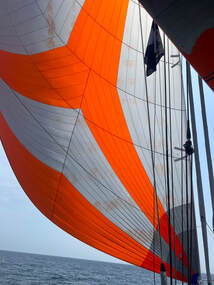
We had chosen a great day to set sail, offering the ideal wind to christen out our new sail. An easy furling gennaker, we had designed ourselves and chosen specifically for down wind sailing, since we knew we would be having much of this in the Pacific Ocean.
This was the first time sailing yacht Axonite, Marc or myself had sailed the Pacific Ocean. Apparently named "Pacifico" by the Portuguese for its calm waters. I was delighted to finally discover this ocean - especially after cooking onboard for almost 10 years as a super yacht chef from my mid 20s to 30s and never able to land a pacific position, as it was so rare to find at the time. This trip was my faith!! And I now knew that the universe was working in sync with my deepest wishes... how lucky am I :)))
`Definitely the highlight of this leg was crossing the equator!!!
Although I had crossed the equator once before when I was crew on super yachts, and all I remember was slowing the boat down to swim across the equator line, nothing quite compared to our ad hoc super fun response onboard this time. Fancy dress has always been a thing I have loved from a child and so building a good fancy dress collection onboard has been something I have taken very seriously. Coincidentally last year as part of the Heineken Regatta (March 2023) in St Maartens we won the bridge dress up show and this time round we were planning to go for no less!! We obviously won the World ARC equator prize for our efforts, which we later celebrated as part of the prize giving in Santa Cruz Galapagos along with other prizes our rally mates collected too.
Crossing the equator all happened on the 23rd February, 4 days into our trip. With very little time for preparations; Marc definitely put on the perfect persona of Neptune. Robert, who had baked an apple tart with salty butter and our skipper Papi and myself all took on our roles as Neptunes helpers or crew members in our own very unique way.
After only a very short history on the line crossing ceremony, certificates printed, dusk nearing and only 20 mins to cross the equator line, the fishing reel goes off. What fun :) No time for rehearsal now! Allowing a lot more liberty and freedom of antics in so many ways. From the boys reading their part, to Marc as Neptune handing out certificates and smothering us full of salty apple tart, made for a great video. Which we later had to share with the ARC yellow shirts to form a part of the prize-giving ceremony in Santa Cruz. Our 5 day leg to San Cristobal in the Galapagos passed very fast thanks to the great wind we had and the pure excitement to finally join the rest of the rally, getting to visit such extraordinary locations and just so much to look forward to. The skies on the way were definitely very expressive and colours very vibrant, based on the clarity in the air.
It was now time to to get off board, check in with the yellow shirts and have lunch on land, followed by a wander along the board walk to the nearest beach. Unfortunately we found the town quite dull and touristy, the beach so overcrowded and the highlight was definitely watching the sea lions basking away in the sun. Reminding me so much of my family members - in the best possible way of course :))
The sweetest thing I saw on my first day in Galapagos was this gorgeous video Robert took, I would like to share with you of these sea lions playing and kissing. Such beautifully humane creatures I enjoyed to watch them as often as I could as they made me really smile :).
While the others were resting later that day I sat on deck and painted the bay from the fore deck. The light was changing so fast, i found it quite challenging but really enjoyed absorbing myself in this new landscape from the sea. The bright colours especially!!
With plans to move to the next island Isla Isabela the following day, we were up early getting the boat prepared before heading for lunch to a nice place on the water called the "Post Office", Here Marc and I shared a delicious scorpion fish presented in such a unique style sitting up as they had deep fried it, therefore allowing it to hold it's shape.
Once lunch was over we decided to take a taxi drive to Porto Chino on the east coast 40 minutes away. The drive through the island was interesting and immediately noticed the vegetation was thick and shrubby. No high trees at all and very few inhabitants. As we arrived we had a short 10 minute walk to the beach. The beach had wonderfully light blue seas and white sand. Rather heavenly and just the perfect place for a dip before leaving.
That night we left San Cristobal for Isabela at sunset by motor and kept motoring throughout the night in order to arrive in time to Isla Isabela for our excursion "Paddling with the Penguins" at 10 am. This excursion was terrific thanks to our animated guide Ricardo who was so well informed and good fun. As we kayaked around we were able to see a lot of the wild life, water iguanas, pelicans feeding and the most loveliest tiny penguins.
We learnt from our guide Ricardo, penguins are not endemic to the region and every year the penguin world here in the Galapagos is dwindling to such an extent that there may not be any penguins left here in the next 20 years. This was very sad to hear! 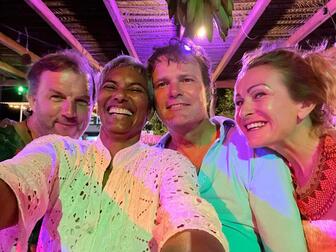
Being Robert's last night with us we all wanted to have a lovely evening. We had had an invite to join the rest of our rally mates at the Pink Iguana, which became the meeting place for so many nights to follow. One can't beat happy hour right on the beach! Uhh such a carefree feeling and so unforgettable.
After seeing Robert off very early the next morning we headed out to hire bicycles as we wanted to cycle along the beach into the National Park towards the "Muro de la Lagrimas". A sad story as it is said to have been the cause of thousands of deaths of prisoners sent on exile to the island to repent.
At the top of the climb we met our rally friends, Sam & Clemie, who made it all the more fun meeting all the way up there. The view from above was one of the most expansive views I have ever seen. Such a feeling of beauty and freedom all in one!!
We enjoyed our day so much that we decided to rent bikes again the following day and cycle to the end of the beach just to have a lazy day before heading off to Santa Cruz that same evening at midnight to get us into Santa Cruz the following day at 9 am.
We were all looking forward to getting on land and meeting our rally mates for Happy Hour at the Rock Cafe but before that we wanted to take our laundry, look into diving options and to meet our family friend & artist Sarah Darling at her gallery on the main street, Gallery Angelique
Sarah is originally from the Cotswold's in England and studied art in Florence and the Chelsea Art School. She attended a residency in the Galapagos in 1989 where she met Franklin, a local gentleman, and sailed his 90 foot Brigantine Schooner Angelique to Galapagos in 1991. Here they did live aboard charters round the islands for a few years.
In 2001 Sarah felt it was time to move to land and set up her own gallery calling it after the schooner Angelique. She created the whole gallery herself by laying tiny mosaics and began painting views and animals of the Galapagos in her very beautiful Chagalesque/dreamy style. Sarah's unique style adding text to her paintings in order to give it that bit more meaning. Sarah has been very successful at marketing and selling her work offering a variety of merchandise for visitors to buy such as postcards, mirrors and painted silk cushions. She also likes to do commissions. Sarah enjoys to paint everyday while minding her gallery where she is able to welcome passers by into her world and what is more special than meeting the artist who has created the work! Sarah reminded me of when I had my gallery in the Hilton in Malta, Space Contemporary Art, almost 20 years ago already.
Our weekend in Santa Cruz was spent roaming around the town where we found a wonderful ceramic garden, had a delicious lunch at Al Mar, a great restaurant right on the waterfront and visiting the northern area. Particularly the island of Baltra where the airport was built in order to meet Ron our new crew member, arriving off his KLM flight from Amsterdam fully laded with spare parts for us.
The following week much of our time was spent getting the boat ready for one of our biggest crossings we were to have and therefore I needed to provision and prepare meals for those 3 weeks at sea. There was not much choice when it came to provisioning; the super market across the dock called Proinsular for dry foods and the Mercado Municipal for fresh produce. I was glad I had done the majority of provisioning before leaving Trindad and while in Panama City as I found it all quite challenging. Very little good meat and chicken to buy so I focused on fresh produce which was not as good as I had imagined. The majority of Mercado Municipal had stalls outside and was concerned that fruit and veg would not last me 3 weeks so I looked to find a stall inside with fridges and the least ripe fruit and vegetables available.
That morning Sarah had kindly offered me to go with her to her waterfront property in Franklin's Bay, where she rents out various properties on this one larger property to people wishing to absorb themselves in the uniqueness of the location, which I must say is brimming full of wild life.
It was great fun seeing more of Sarah's mosaic works and visiting the museum they had constructed full of whale bones and interesting family memorabilia.
Our time together was so special; swimming right off her jetty, talking about our work and discussing making murals. I realised this was definitely the perfect moment for me to talk about the mural project I am planning to do once I return home to Lisbon.
Sarah advised me not to paint on the wall but to create a mosaic as this would make it much more long lasting. This definitely made sense after seeing what she had done and how well it had kept. Thinking about it and the Portuguese history of wall tiles "azulejos", it gave me a whole new perspective on things. It was now time for me to research this method a whole lot more which I knew would open a new creative opportunity for me.
A long passage of 3,000 nautical miles plus, which actually could have taken a lot longer, are always about recuperating and regrouping between one adventure and the next. Apart from my daily duty of preparing delicious and nutritious lunches and dinners, much of my day is taken up by reading and painting.
Very in fitting with our destination to come and my interest in Gaugain's choice to live in the Pacific Ocean; I chose to read his manuscripts "Noa Noa" which means fragrant in French Polynesian. I am now looking forward to getting ahold of Gauguin's latest book on which has just been released this month all about his time spent in Polynesia.
Through this sky series I made I really enjoyed trying different techniques of wet on wet and sometimes even Japanese brush to end for a little direction. The variation of mood was starting to become apparent in my work now and therefore even tried a couple of night paintings.
Otherwise a lot happened over the 2 week stretch, beginning a day and a half late to flying past our rally mates and damaging both headsails in the process to then having to motor the rest. Our crew energy was excellent and I really enjoyed being part of this very special moment particularly when crossing half way mark!!!
Following the huge success of my first ARC (Atlantic Rally for Cruisers) crossing completed in 2022; full of good vibes having met so many wonderful people it was now time for a next adventure. My biggest wish to sail the Pacific Ocean was next and joining the World ARC 2024 - 25 rally would fit just perfectly. Preparations & excitement both on high alert. I just could not wait to get back onboard and really live this once in a lifetime adventure!!!
End of November 2023 we flew out to Trinidad with great expectations to find that unfortunately the person who we had entrusted to look after our boat and follow works had done close to nothing. Plans to spend Christmas & New Year in Antigua were immediately scrapped. My exhibition on Caribbean paintings to be held at Nelsons Dockyard called off and it was now time to do all we could to make it in time for the rally start in St Lucia 13 January 2024. Luckily we had commissioned a friend & skipper we had met during the ARC crossing, Miguel Botelho nicknamed Papi from San Miguel Azores, to join us on this adventure. The issue of getting rid of the so called project manager was immediate & it was now time to find the right locals to help us. A little more than we had bargained for!! It took a lot of strength & insight on all of our parts as Trinidad was foreign stomping ground to us. The weather extremely hot with many outbursts of rainfall. Living onboard was not an option so we were forced to skip apartments almost every week or so not knowing how long it would actually take us to launch. Being optimistic & flexible was the only way forward! Finding ourselves in such a predicament gave us all the more opportunity to work on our instincts. Things we made easier on meeting our Maltese Canadian friend Richard, who had recently bought a catamaran while we were in st Maartens during the Heineken Regatta in March 23, and offered us a few local tips as he had been in Powerboats Shipyard for a bit and managed quite successfully.
The following two months we were to spend in Trindad were made a lot easier having Richard revisit plus of course our lovely friends Iain & Jacqueline on SY Fatjax, who had also chosen Trindad as a place to leave their boat out of the hurricane belt. Life is always so much better when you know you can meet up with friends for a beer or two or even better cook them dinner and have a playful night together.
This time was made a lot easier for us having Jacqueline & Iain from SY Fatjax in Trinidad, them too going through similar battles towards getting their boat ready and felt like either side was not alone working towards the same goal, the World ARC. Wonderful Jaqueline was actually the person who introduced us to the World ARC and I truly knew that developing a friendship with her & her husband Iain would be life long. This is really what these ARC events are about; finding beautiful like minded souls.
Christmas & New Year were nearing and we just had to accept we would be spending it pushing to get our way through works but we did allow ourselves a day off on Christmas Day to discover the other side of the island's mystical beauty. Maracas Bay followed by Las Cuevas the region of Shark & bake, a dish we were apprehensive on trying. This region was particularly beautiful but Las Cuevas Bay was definitely a winner.
All our local team at Powerboats Shipyard kept getting better everyday and everyone was putting in their maximum effort to hurry works on. The shipyard had now built a proper tent for us and we were finally able to complete our spray paint job done so skillfully by Osaia Griffith (aka Cow) and his devoted team.
Between Christmas & New Year is never a good time for workers but his guys were going hammer & tongs, so we made sure to look after everyone by offering them a couple of lovely BBQ's prepared by myself. Our best way to thank everyone for their good work. After visiting the Trindad & Tabago Yacht Club a few times, the three of us decided it would be a great place to spend New Year's Eve. We had rented a nice place to stay close by so it made things more pleasant and definitely very festive. New Year's Eve was plenty of fun meeting local boat lovers at the Yacht Club and a great way to start the New Year!
Once Christmas & New Years celebrations were over we knew time was getting very close now and we were all working round the clock but we did have an honest hunch that making the start 13 January would be close to impossible. We agreed that we were better to finish all our jobs here before moving and then running into issues afterwards.
There were still jobs to be done and Trinidad would be much easier than anywhere else so we had to accept the fact that we were not be able to make the rally start. Although I felt very sad about this; firstly because we were so looking forward to meeting and starting the rally with our new rally mates. Secondly we had organised for my sister and her partner Martin to join us in Santa Marta Colombia and we just had to accept that we would have to change plans. Having launched our boat with still last minute issues to deal with, I knew the best thing for me now was to keep calm and therefore now time to paint. So I took the chance to paint most evenings off the aft deck looking out to the 5 islands. Something I have always enjoyed is painting the same scene and watching the development, changes & differences in each work always varying on the weather, light and of course my mood :))
Due to the way things worked out and the pressure to be present & to keep up the good vibes as much as could I had put my painting aside although I did manage to escape away one day and create this time lapse video.
I was now desperate for our time in Trinidad to come to an end plus Marc's birthday was nearing so we decided the best way was for my sister and her and her partner Martin to meet us in Trinidad. Leaving on such a good note was definitely the best finale but I stupidly did not take into account how much sailing time would be involved to get to Panama. This did put quite a bit of stress on us but always with the future in mind.
Finally leaving Trinidad 27 January and 1200 nautical miles to get to Shelter Bay, the mouth of Panama Canal, was quite a brutal was to start our season. As we got close to Panama and knowing the San Blas Islands were on the way, i could not hold myself back from persuading our captain Papi and Marc to allow us one day in the San Blas Islands.
This place was definitely the closest to paradise I had ever seen. Totally idyllic in every way. Having only 24 hours there made it all the better and so glad for all my convincing as we all really enjoyed visiting the islands. This heavenly place and the short but sweet time, made it so special that I don't think i will ever forget the San Blas islands :))
And when i feel this way the best thing to do is grab my painting gear and really live it!!!
It's amazing how much a boost can do for everyone in such a special place and I honestly don't really know if spending anymore time there would have been necessary. We had dinner at a great local shack "Ibin" where we left our mark, a signed Maltese flag. We definitely had our little touch of paradise and being with my sister was just the best treat after so many months; very grateful and very sunburnt to say the least!!
Arriving to Shelter Bay only a day later was perfect timing. We were welcomed to the rally by Jenevora part of the rally committee, our good friend Iain from SY Fatjax and most of all Robert, Marc's great friend who had done the Atlantic ARC with us and was full of new energy and excitement for our Panama/ Galapagos adventure.
We had finally joined our rally members and this was time to get prepared, provisioned and set to cross the Panama Canal. Once the ARC had done all our safety checks on the boat and we had been fumigated in preparation for Galapagos, it was time to provision like crazy. I provisioned for as much as i could fit in the fridge, freezer and every other space possible as this would be our last good provisioning stop for a long time. This was also the moment where i could understand better what would be expected of us on arriving to the Galapagos since there were so many constraints. The Panama Canal was strangely not what i had expected. There was very little traffic and not a lot going on apart from our time in the locks. We stayed overnight in Gaton lake and the passage was made very easy thanks to the two wonderful local pilots we had onboard.
Arriving to La Playita Marina in Panama City a day and a half later was great fun to be with all our rally mates again and I could not wait to explore the city. A great combination of old and new. Buying the best Panama hats for my dad, brother and Marc was something i was looking forward to and I even managed to get a lovely hat for myself.
It was so much fun finding some great local haunts and making new local friends, Annabel & Michael. A couple of great nights out in the old town at "Casa Casco," a party night at "La Tana" nightclub and finally a lovely dinner just Marc and I at "Casablanca" Restaurant made Panama City quite special and definitely beyond my expectations. I had heard Panama City was the new Miami and I could see that :))
After a week in Panama City it was now time to make our way to Galapagos, but before that we needed a short stop in the Las Perlas Islands only 30 nautical miles off Panama City. This calm place would be ideal for us to remove the barnacles from the hull of our boat (yet another restriction) while at the same time resume our energy before sailing another 800 nautical miles to San Cristobal Island in Galapagos.
The Las Perlas islands were surprisingly beautiful very untouched and full of vegetation. We chose to anchor in the channel between Isla Chapera & Mogo Mogo for our first night and in a bay with no name, in the region of Don Bernardo part of Isla Pedro Gonzalez for the next two nights. We found this bay particularly stunning, so remote and of its rawest nature. It honestly surprised me not to find a soul about until Sunday afternoon when a party of locals rocked up for a beach BBQ. Our choice to anchor in these uninhabited locations was the best plan imaginable, just so superbly tranquil & definitely unforgettable!
The day the boys chose to inspect the hull by scuba diving, I took the paddle board out for a wander until I came across a strong current a little further into the open bay. Knowing my capabilities and taking into account what our captain had told me, I soon turned back and followed my way back into the bay to avoid any issues. Our time spent in the Las Perlas was what i had been looking forward to for so long; the feeling of not having to rush anywhere or do anything. Time to rest, paint & recharge!!! Wow! These past few months have been absolutely fantastic. I've always dreamed of crossing the Atlantic, and being a participant in the ARC (Atlantic Rally for Cruisers) at www.worldcruising.com made it an incredible experience. On November 20th, the six of us embarked from Las Palmas Gran Canarias, Canary Islands, fully prepared for our 18-day journey across the ocean. We were blessed with fantastic winds and cherished some of the most serene and remarkable moments of my life! With my previous experience as a yacht chef, I came well-prepared for the journey with a freezer stocked full of pre-cooked meals. This allowed me to fully enjoy the passage, regardless of the weather conditions. I take great pride in saying that meal times were the highlight for the other five men onboard, as it brought us together and strengthened our bond. As the days seamlessly rolled by, crossing the Atlantic became a profoundly special life experience that will be etched in my memory forever. During this time, I found myself in a unique place where I could disconnect from the world: no social media or external influences. It was a precious opportunity to fully immerse myself in the present moment. I decided to dedicate my time to reading and painting, embracing this chance to explore a new creative side of myself. It was an ideal occasion to have zero distractions and simply relish in the joy of self-discovery. Just one week after reaching Rodney Bay Marina in St. Lucia, the ARC team and Marina Manager graciously assisted me in organizing an exhibition showcasing my collection of nine paintings on paper, created using Japanese pen and watercolor techniques. We extended invitations to everyone who had crossed the Atlantic with us, and the turnout was beyond expectations, making it a resounding success. The timing was perfect, as it coincided with the holiday season, providing an excellent opportunity for attendees to find unique Christmas gifts. You can find more details about this feature on the ARC Atlantic Rally for Cruisers website. Link to ARC Atlantic Rally for Cruisers Feature. Sailing South from St Lucia to Tobago CaysFrom the majority of December leading up to Christmas, Marc and I enjoyed the solitude, allowing us ample time to explore the wonders of St. Lucia. Simultaneously, we dedicated ourselves to preparing the boat for our inaugural journey southward, accompanied by our friends David and Max. Our destination: the breathtaking islands of St. Vincent and the Grenadines, including Bequia, Mustique, Canouan, and the picturesque Tobago Cays, with their mesmerising islands and reefs. To ensure our loved ones could keep track of our adventures, we set up a global tracker, providing friends and family with the opportunity to follow our journey. You can find our tracker here While I had previously explored numerous Caribbean islands, such as the British Virgin Islands, Antigua, and Sint Maarten, I had never ventured to the windward (southern) islands of the Caribbean. To my delight, these islands turned out to be a delightful surprise, each one offering its own distinct, authentic charm. Our time was primarily devoted to island exploration and dining out, as our friends aboard were eager to immerse themselves in the vibrant Caribbean atmosphere and connect with as many people as possible. This left me with limited opportunities to indulge in my painting passion. However, I knew I would have a chance to make up for it during the next leg of our journey. Sailing up north towards Sint MaartenIn mid-January, with only the two of us aboard, we bid farewell to St. Lucia and set sail for Martinique. Our first stop was motivated by the enticing rumours that it was the ultimate destination for stocking up on delectable French provisions, such as rose wine and cheese. Until then, acquiring quality supplies had proven to be a bit of a challenge. With Marc's birthday just a few days away, we were determined to ensure we had ample provisions to celebrate in style and indulge our taste buds to the fullest. Returning to my passion for painting, I made a deliberate choice to capture the essence of "Mount Pelee" in the northern region of St. Pierre. It was a place marked by a tragic saga, where the entire population of the town had been lost and more, as we discovered during our visit to the museum. Interestingly, in the same town of Saint Pierre, the renowned artist Paul Gauguin had once resided before embarking on his journey to the Pacific, where he created some of his most captivating works. During my stay, I had the opportunity to explore his former residence, now transformed into the Interactive Centre, a popular tourist attraction. The centre showcased replicas of the artworks Gauguin had produced during his time in the Caribbean, accompanied by insightful explanations. This experience held great significance for me, as Gauguin remains one of my greatest sources of inspiration—especially considering our upcoming voyage through the Pacific next year! Dominica, Iles de Saints, Guadeloupe, Sint Eustatius until arriving in Sint MaartenWhen we were planning our Caribbean voyage, both Marc and I had a strong desire to spend time in Dominica, and it absolutely surpassed all our expectations! This island was incredibly verdant, with hospitable locals who made our stay truly memorable. We had the opportunity to explore numerous breathtaking lakes and waterfalls, which added an extra layer of delight to our journey. The individuals responsible for the well-being of the yachting community were remarkably helpful and genuine, providing us with a refreshing experience. Before our dear friend Rita from Lisbon joined us on board, we made it a point to visit various filming locations used in the making of the "Pirates of the Caribbean" movies. These excursions served as a fascinating addition to our trip. Afterward, we set sail together to the stunning Iles de Saints, a mere couple of hours away from Guadeloupe and Sint Eustatius. What a wonderful continuation of our Caribbean adventure! Arriving in Sint Maarten & off to St Barths:)With all the buzz surrounding the stylish island of St. Barthelemy, I had always yearned for the perfect chance to discover its allure. Fortunately, my long time Australian friend Fiona arrived at just the right time, allowing us to explore the island together while Marc returned to Europe. Fiona and I had a delightful time zipping around in our trusty Nissan Micra, exploring every nook and cranny of the island. However, we soon found it challenging to resist the allure of the exquisite boutiques that graced each town we visited. Our shopping indulgences left us both with empty wallets but hearts filled with joy. Regatta Time!!! Heineken 2023 was a blast!Having both participated in the Heineken Regatta once before, we knew exactly what awaited us: exciting sailing and an abundance of fun for everyone involved! This time, we were fortunate to have my sister Justine and her boyfriend Martin join us as part of our crew. Additionally, our deckhand Eleanor recommended a fantastic group of racers who played a crucial role in making it all happen! We sailed with determination and enthusiasm, ultimately securing an impressive 3rd place in our class racing division. But that's not all! We also had the honor of winning the coveted titles of "Sexiest Boat" and "Best Bridge Show." On the last day, we dressed up in style as we passed through the Sint Maarten Bridge, creating a memorable spectacle. It was undoubtedly the highlight of our season, and we proudly took home a well-deserved trophy to commemorate our achievement. After the exhilarating regatta came to a close, I made it a point to set aside some time for painting a canvas capturing the essence of Cole Bay. This location held special significance as it had served as our base for the month leading up to and following the regatta. Painting in Sint Maarten evoked a flood of memories from my past, when I would venture out to paint amidst my yacht chef jobs. However, this time, I had discovered a perfect vantage point—an elevated position providing a bird's eye view of the bay. From there, I could encapsulate the beauty and essence of the scene on my canvas, creating a lasting memento of our time in Sint Maarten. Next stop further north to explore the British Virgin Islands...Our journey through the British Virgin Islands (BVI) began and ended at the captivating site of The Boulders, also known as the Baths, in Virgin Gorda. This unique landscape presented us with a rather unconventional yet stunningly beautiful anchorage. It quickly became one of my personal favorites during our trip, perhaps because we arrived under the cover of night, making the delightful surprise of waking up to its splendor the next morning all the more enchanting. The Boulders truly left a lasting impression on us, offering a memorable start and end to our exploration of the British Virgin Islands. It was much easier to find time to paint when Marc and I were alone, and calm anchorages were the prime locations to get into the zone. The British Virgin Islands has so many special spots like 'The Bight' Norman Island, 'Great Harbour' Jost Van Dyke and Salt Island. All very different colour palettes and styles which made it all the more exciting. We spent a week on Tortola based at Soper's Hole, driving around discovering the island full of heavenly bays like Josiah's, Brewer's Bay and Smugglers Cove. The British Virgin Islands actually feel like the Caribbean all in one, with so many islands so close to each other that one can island hop everyday. Definitely my favourite part of the Caribbean, I really look forward to coming back here again soon! Last stop Antigua before ending our season:(We were here in Antigua for Classic Week and part of Antigua Sailing Week, offering many opportunities to meet old friends, like captain Paul of SY Adix .
While based out of Nelson's Dockyard the UNESCO site, I created the perfect opportunity to hold an exhibition of my work when we hopefully return back to Antigua next December, before heading back down to St Lucia mid January in time for the start of the ARC World rally Summer PartiesAs summer comes to a close, I felt it was time to give you all a little update as it feels like it's been a while... I have had my hands full with party organisation, as my partner Marc and I decided to celebrate our love with family and friends and boy did we go big, as we hosted four fabulous parties. We inaugurated the celebrations at Classico Beach Club in Costa de Caparica, then hosted a 'Thierry Mugler' themed party at our home, before we travelled to Malta for a boat party bonanza, followed by a pool party finale. Burning Man ProjectInvited to the world famous Burning Man Project, I of course jumped at the chance!!! I have always been curious to see what it's all about. I love the music and was especially intrigued to see whether the art pieces are as extraordinary as implied by the media. Travelling with two of my best friends (David and Max), we embarked on our journey into the desert and made ourselves at home in our tent, as we faced one of the hottest, and dustiest years, complete with two long sandstorms. Our camp Daydream had a sound/music focus but also a strong interest in art. On day one, we went out mural painting on the Playa, but unfortunately didn't last long because of the extreme midday heat. This year my friend Victor Spinelli who has visited Burning Man for the last 17 years was asked to create a massive art piece, of his iconic DiverUP. This gigantic installation (the helmet alone spanning 3 metres), was such a beautiful piece which really stood out on the Playa, shining bright in red copper. The daytime on the Playa was so scorching hot that we decided to exist as night owls, enjoying many of the fabulous DJs playing from Robot Heart and Mayan Warrior, two of my favourite venues. Here we met some old friends of my brothers and made new ones, (who now already feel like old friends). I also got to meet the legendary DJ Yokoo, pictured together in the last picture below! On one of my many cycles through the Playa, I came across the Temple, an incredible structure and in comparison to all the rest of the installations, this had a very particular energy. In complete silence, people were moving around very slowly, reading all the saddest dedications. This was definitely a place to reflect, but I was left puzzled as this temple had no roots and would all be burnt down in the next few days - the day after the Burning of the Man. I learnt about the link between the Las Fallas festival in Valencia and Burning Man whilst here. A very similar week long event, ending in a single night of fiery destruction, with no physical trace to be found next day. If you want to read more, I found this interesting article. Next Stop - San FranciscoMy next stop was San Francisco, which still remains one of my favourite cities in the world. A place I could definitely see myself settling, thanks to its fabulous bay full of boating action and exceptional vineyards close-by. Actually Lisbon and San Francisco do have a lot of similarities, not just their bridges; so it doesn't surprise me that so many Americans from California are choosing to reside in Lisbon nowadays. A special exhibition was taking place at the MOMA, featuring one of my favourite Mexican muralists 'Diego Rivera', showcasing his works from the early 1920s through to the mid 1940s. Most of the works exhibited were easel paintings and drawings which were widely exhibited and collected especially in the US. My main interest in this show was to understand how Rivera created his murals; using the fresco technique. Full scale cartoons were transferred to the plaster, providing an outline before he quickly added paint on a coat of wet plaster, before it dried. The process required many hands and much skill from masons who prepared the walls and carpenters who built the scaffolding. As seen while we were in Mexico city earlier this year, Rivera was hired to paint murals in public buildings as part of a campaign of national reconstruction after the Mexican Revolution. While in the US during the Great Depression, Rivera created some of his best works using his modern figurative style to reimagine the Mexican national identity. Here this piece de resistance "Pan America Unity" known as, 'The Marriage of the Artistic Expression of the North and of the South' on this Continent, was created for the Golden Gate International Exposition in San Fran in 1940. This mural was created to demonstrate that despite their great differences, Mexico and the US shared a creative force and revolutionary impulse that distinguished them from Europe. A fundamental role for a more equal society. The next day before leaving San Francisco, I visited the De Young Fine Arts Museum. This landmark art museum was located in the lush surroundings of the Golden Gate Park. The building itself is very impressive, designed by the Swiss Architect Herzog & de Meuron and Fong & Chan Architects in San Francisco. I chose to focus on the American Art from the 17th through to the 20th centuries. Before heading off to my favourite neighbourhood, Sausalito across the bay, I joined a bunch of burners for a lunch gathering and immersive art experience at Gregangelo's Velocity Art & Entertainment. Rather weird at first but the day ended up being quite good fun. It reminded me of my days teaching English as a foreign language, a great outing to get people communicating while having fun discovering a little more about oneself. Gouda 750 Years CelebrationDuring my time in the US, these paintings of Gouda were exhibited at the Agnieschapel as part of the 750 years celebrations in Gouda Holland. A place, that is held close to my heart, I was honoured to have been asked to play a part in the celebrations.
Bonaire is an island municipality of the Netherlands which lies off Venezuela’s coast in the southern Caribbean. Referred to as part of the ABC islands; Aruba, Bonaire & Curacao. Bonaire is the smallest and least developed allowing it all it's charm. What nicer a welcome message to this sun filled island than "Bon Bini (Welcome to) Bonaire" its tourism slogan; "Once a visitor always a friend!!" https://www.tourismbonaire.com/about-bonaire On first arriving, one can feel this island is bursting full of good vibes. It has managed to escape the saga of mass tourism, offering a haven to those conscientious few who look for clean blue seas, varied and colourful landscape and that ultimate happy holiday feeling! Bonaire is best known as a diving haven which probably explains why there is very little tourism on the island. The visitors who come to Bonaire are keen to explore Bonaire underwater and therefore create very little damage to the environment as consequence. The rest of my troop on this trip are keen scuba divers, but snorkelling is more my thing and I enjoyed learning how to take a few shots underwater on this trip. These shots are an inspiration towards some work I am doing right now on acetate as part of my Atelier Experimental practical course at the Sociedade de Belas Artes in Lisbon. The first stop, where I immediately felt the urge to paint was at Spice Beach, the place where the dive boat leaves to cross opposite to the uninhabited island of Klein Bonaire. This tiny island is part of Bonaire's National Marine Parks and full of coral reefs and home to so many different sea turtles and brightly coloured fish constantly feeding. While my team were busy getting themselves ready sorting out all their underwater equipment I managed to do a couple of quick acrylic paintings on paper from the dock. The temperature in Bonaire is perfect for drawing & painting outdoors in the shade. I could not get enough of mixing all the various turquoise hues while contrasting it with a little gold paint and touches of orange. This was definitely my Bonaire palette! Driving down south from the centre Kralendijk, one comes to Bonaire's salt pans. I was immediately taken by this huge dark metal structure rising up from the sea. Salt Pier is Bonaire's salt refinery and a well known location for divers. I was impressed by the incredible variety of landscape in the area but particularly the pink salt lakes created by the algae. I learnt that apparently this is why Flamingo's are so beautifully pink in colour! Exploring further towards the windward part of the island was where the kite boarding and windsurfing happens, as there is a constant blow. Here the landscape is sparse with only a few white beaches just enough to be able to get your surfing gear set up. The area of Sorobon is full of windsurfers zipping through it's clear bright blue sea, quite a spectacle for us at the surf shack sipping a cold beer! We did think about hiring a windsurfer but were scared we might be crashing into quite a few others as it was chockablock full. One afternoon while scouting for more dive sites on the East Coast; out of Kralendijk towards Karpata we came across this wonderful mural in such vibrant colours. Similarly to Mexico, many Bonaire homes are brightly coloured and mural paintings can be found indoors and out. This gives the island a unique feel just like a good dose of "joie de vivre!" The north of the island is raw, dry and rugged, well known for more diving sites around Karpata where there is a special trail that leads to Lake Goto. This picturesque salt water lagoon is known as the meeting and nesting area of the flamingo, such fascinating birds!
On our penultimate day, we spent our time exploring the various trails of the Washington Slagbaai National Park, an area that spans over 5 hectares, known as a home to many wild birds and reptile lizards & iguanas. It is a part of Bonaire's National Marine Parks and is dedicated to the conservation of Bonaire's natural and historical heritage through the sustainable use of its resources. Visiting Bonaire left me feeling very refreshed and motivated for our end of year Caribbean experience. We plan to cross the Atlantic as part of the Atlantic Rally for Cruisers, and we will spend a few months exploring the Caribbean which I look forward to documenting! So watch this space...
On hearing from so many people while in Mexico City that the Oaxaca is so well known for it's culture, we could not wait to explore as many aspects of it's art, food and mezcal heritage! Oaxaca "centro" comprises of colourful quaint streets full of people buzzing around soaking up its culture, and embellished with beautiful churches. Up and around 'Plaza de la Danza' in Oaxaca, we came across a series of 30 watermelon shaped paintings on stands that had been created by 30 contemporary Mexican artists. A 30th anniversary homage to the legendary Rufino Tamajo, an artist of great reverence in Mexico! In my opinion, the most impressive selection of contemporary Oaxacan art was to be found at the Museo of Painters from Oaxaca just off the 'the Zocalo'. Apparently this museum was given many of the works by the local artists as a form of payment scheme to cover their tax obligations. Bartering is still something that happens in modern daily life in Oaxaca amongst communities. These mixed paintings above by local artists Miguel Carrillo Lara and Augustin Castro immediately struck me as being very rigorous and demonstrating a high level of technique. In the room opposite there was also a show by some well recognised "Maestros Oaxaquenos" including the master Tamayo, all exhibiting in honour of the 30th anniversary. The museum downstairs featured artist Jonathan Barbieri, who was born in Washington, America and later moved to Oaxaca where he chose to learn how to distill alcohol. He started out distilling Mezcal, before moving onto gin and whisky. Knowing this, one might say his work must have been created under the influence of what he liked to distill, reminding me a lot of work by Francis Bacon. His depiction of despair made his work very moving, leaving me intrigued to know more. Heading upstairs into the smaller exhibition rooms, I came across an exhibition named KUYU; which comprised of ink on paper and sculptural lettering under ultra violet light. The multi sensory effect it created was very unique and brought about a strong sense of silence but only really to be understood by being there in person. The room next door showed an installation by another American artist Franz Klainsek, a display which featured a room full of gold painted nails balanced, one next to the other and lit up to create an intriguing effect. After spending a few days roaming around the town, a local Oaxacan artist called Saul Castro fascinated me. Saul's work inspired by nature, is a response to the world around him and he is conveys this through a vibrant palette, choosing a balance of abstract and figurative art. I felt there was a lot I could learn from this particular artist with my own artistic development. On the last day of our trip in Oaxaca, we joined a guide to visit the 'Mezcal Artisan Communities', half an hour outside the centre, in the region of San Baltazar de Chichicapam and Santa Catarina Minas. It was fascinating to learn how the farmers in these communities have worked so hard together to build this mezcal artisan tradition. In one "palanque" (mezcal distillery) we visited, our guide introduced us to the Mezcal Mural Festival through the work of Fernando Cordovas Albores seen in the mural above. The combination of mezcal distilleries or "palanques" featuring mural paintings by contemporary local artists is the ultimate cultural experience. Definitely a reason to return to Oaxaca again!
Mexico City Art Tour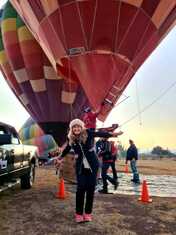 Our first adventure in Mexico began with a sunrise hot-air balloon trip over the Mayan remains of Teotihuacan. An ancient Mesoamerican city located in a sub-valley of the Valley of Mexico, which is located 40 kilometers northeast of modern-day Mexico City. Teotihuacan is known today as the site of many of the most architecturally significant Mesoamerican pyramids built in the pre-Columbian Americas. Day 1 - Museo Soumaya & Museo Jumex
Within the vastly stark shiny white interior, a selection of exquisite art pieces from all around the world reside. I found myself drawn to a copy of Rodin's sculpture " The Thinker", which seems to outshine the impressive pieces but of course very confusing because it is definitely not the original. This surprised me rather as the room upstairs was full of originals. Not as famous as the sculpture of The Thinker but why would one exhibit a replica of such magnitude in such a prominent place in the museum? After all isn't owning an original art piece just the best thing ever! 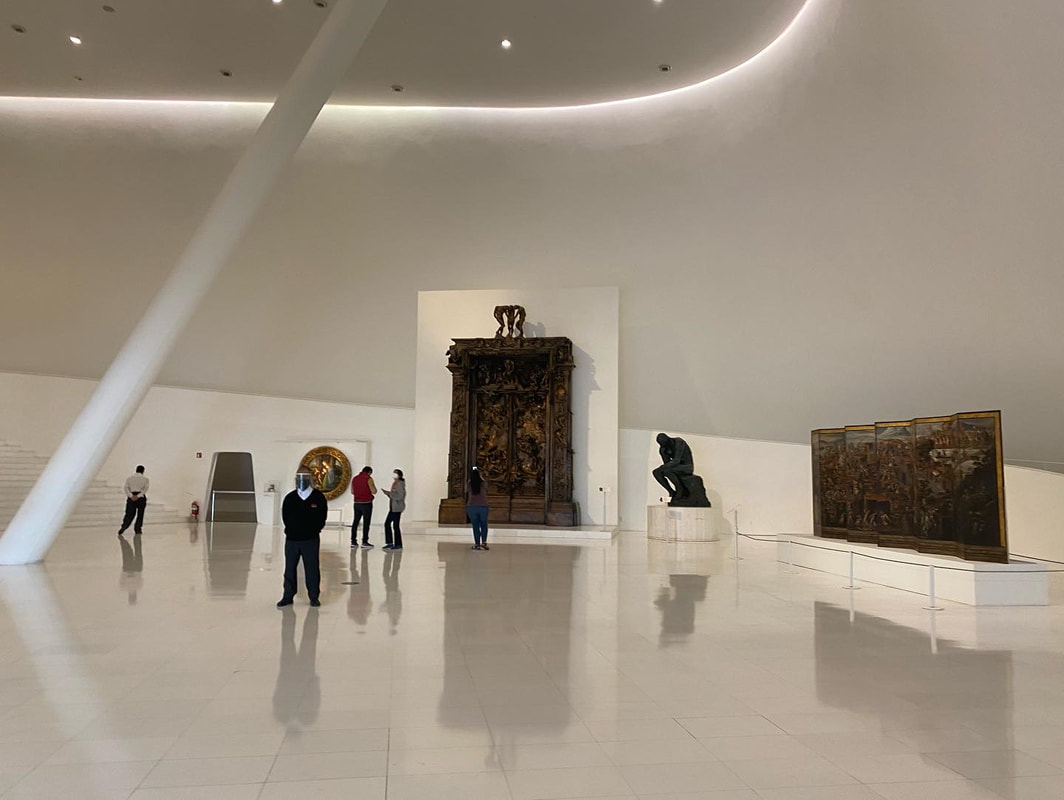 One of my highlights were the two murals back to back on the left hand side, which form a part of a 4-piece mural design in venetian mosaic. These represent the first portable mural program conceived and executed entirely by Diego Rivera, the famous Mexican muralist himself.  On the right hand side, I was immediately enchanted by the immense mural painting by my new found favourite Mexican painter and muralist David Alfaro Siqueiros. Siqueiros was a Mexican Social Realist painter, best known for his large public murals using the latest in equipment, materials and techniques. Along with Diego Rivera and Jose Clemente Orozco , he established "Mexican Muralism". The "piece de resistance" that impressed me the most was the painting featured below by Siqueiros. It immediately stood out as the most powerful piece; its size, subject matter and choice of colour palette with similarities to a chiaroscuro painting by Caravaggio . Here, Siqueiros depicts Emiliano Zapata the revolutionary leader of native ancestry and champion agrarian reform who fought in the Mexican revolution from 1911-17. I was intrigued that the foundation has chosen to exhibit this piece, as it is not a part of its collection but a part of the National Art Patrimony. It is under restoration by strict guidelines, set by the National Centre of Conservation and local Patrimony which falls under the Fine Arts & Literature Institute Cultural Department. We chose to begin on the top floor, fifth floor, of the museum which is dedicated to the Slim family and houses the largest private collection of original Rodin sculptures outside of France. In my opinion this floor feels far too crammed with so many sculptures and even mixes in some impressionist paintings by Renoir & Degas (see image below). It feels like visitors get very little chance to admire the value of each piece, being placed so close to the other in such a haphazard display style. The 4th floor is where the Mexican painters are housed. Here I enjoyed viewing the different approaches and styles of local artists and below I have gathered a few of my favourites. The Mexican realism, the choice of bold colour, religious, political, social or historical subject themes sparked my interest. These are examples of using art to communicate messages, as opposed to Bajo's Flower by Wilhelmy (the first image in this blog) which instead simply depicts local beauty. One of my favourite areas in the museum was the part where the mural by Siqueiros' "Coal Miners" was placed along with a few other smaller paintings as seen below. Siqueiros was a member of the Mexican Communist Party, a Stalinist and supporter of the Soviet Union who led an unsuccessful attempt to assassinate Leon Trotsky in 1940. The third floor hosted some of my all time favourites such as Chagall, Vlamick, Dufy, Nolde, Dali and Sorolla. It was very interesting to see which paintings the Foundation chose to invest in. The museum had a painting by my favourite German Expressionist artist, Emil Nolde, part of his Sea Series paintings I absolutely love. I recently saw another from the same series at the Amsterdam Stedlijk Museum as part of the Kirchner & Nolde: Colonialism Expressionism exhibition only a couple of months ago! The wonderful Rosa Portugalo marble sculpture featured below is by Manzoni and really was my all time favourite! We rushed through the last two floors as by now we really had quite a dose of this fabulous and varied art collection and wanted to leave a little energy for visiting the Museo Jumex opposite. To the side of Plaza Carso, where Museo Soumaya is, one can find the Museo Jumex showing contemporary installations, photography and paintings. To be truly honest with you, I couldn't really resonate with the works in this museum and therefore just scooted around to get a feel about what was on exhibition throughout the 5 floors. So here's a little snippet of some of the pieces that really stood out for me. On the 3rd floor there was some installation work by a Mexican artist Sofia Taboas. Her practice includes a range of approaches and materials to create sculptures, installations, architectural interventions and paintings that speak to the relationship of the body and culture to the natural world and the lives of others. Museo Jumex has Latin America's largest private contemporary art collections including artists such as Andy Warhol, Cy Twombly & Damien Hirst but unfortunately the Museum was in the process of doing works on that floor, so I was unable to view these collections. Day 2 - Museo Frida Kahlo - Casa Azul Museo Frida Kahlo known as Casa Azul was next on our bucket list. Here is where the legendary Frida who is known for her portrait art works was born, raised, lived and died. As a child Frida, contracted polio and she later was involved in a bus accident that left her disabled. Unfortunately she struggled with her health for the rest of her life but this did not stop her with her art. She was also married to the famous painter and muralist Diego Rivera, and during their time travelling around Mexico and the USA she developed her own artistic style drawing from Mexican folk culture. On Friday 28th January, we visited Casa Azul and followed the entrance from the courtyard towards the two main rooms. Here 10 or so self portraits of Frida resided, along with some photos taken by her father who also had an artistic streak with his photography. Museo Frida showed many aspects of Frida's life and some very macabre ones like the bed she was bound to where her mother fixed a mirror directly above to allow her to paint portraits. There was also another whole area of the house dedicated to the dresses she wore and the straps she needed to wear to assist with her disability.
Day 3 - Museo Mural Diego Rivera and more On Saturday 29th January, we ventured into the city centre, the Zocalo as it is called, was definitely the highlight of our Mexico City trip. The Mexican muralists! We started at the Museo Mural Diego Rivera on the west side of Almeda Central Park and then walked across to the Palacio de Bellas Artes on the opposite side.
A walk across Almeda park towards the imposing Palacio de Bellas Artes was wonderful and really offered a good feel of Mexico City. The Palacio is definitely the most beautiful building in the centre! It's art deco interior was very grand with a unique blend of marbles. A good place to expose this incredible selection of murals over 3 floors. Starting from the third floor, the first mural that caught our eye by Diego Rivera, was the "Man at Crossroads", controller of the Universe. This piece depicts a variety of technological and societal themes, and unarguably rather controversial at the time for its inclusion of Lenin and Soviet May Day, originally commissioned for the New York Rockerfeller Center in 1933. The Rockfellers were not happy with it and it was eventually destroyed before Rivera recreated it a year later. On the north side of the third floor an incredible 3 part mural "The New Democracy" by Siqueiros which was created in 1934, it depicts democracy breaking her chains! The mural "Catharsis" by Jose Clement Orozco is another symbolic painting depicting the state of the society at that time, being full of conflict, decay and destruction. Highlighting a world consumed by industrialisation and war. In contrast a 4 part mural where Diego Rivera conveys "Carnaval de la Vida Mexicana", offering a more playful vision into Mexican life at the time. On the 2nd Floor are two early 1950's works by the famous muralist Rufino Tamayo, "Mexico Today" & "Birth of Nationality" which symbolically depicts the creation of the 'mestizo' identity (a person of mixed indigenous & Spanish ancestry). Getting to know the Mexican Muralists was really the highlight of our trip to Mexico City. Understanding the magnitude of the murals, their compositions & subject matter has really helped me towards planning my Lisbon mural that is about to take place in the neighbourhood of Principe Real this May. I have decided i will be doing the project in stages, dividing the 25 metre outdoor wall into 2/3 parts, creating a duology/trilogy depicting the different aspects of Lisbon life. It's lazy beach life complemented by its colourful city vibe in a lyrical story like style.
I look forward to keeping you updated as this develops but before that I'll be updating you shortly on our trip to the historic cultural city of Oaxaca part of the state of Oaxaca. |
|





























































































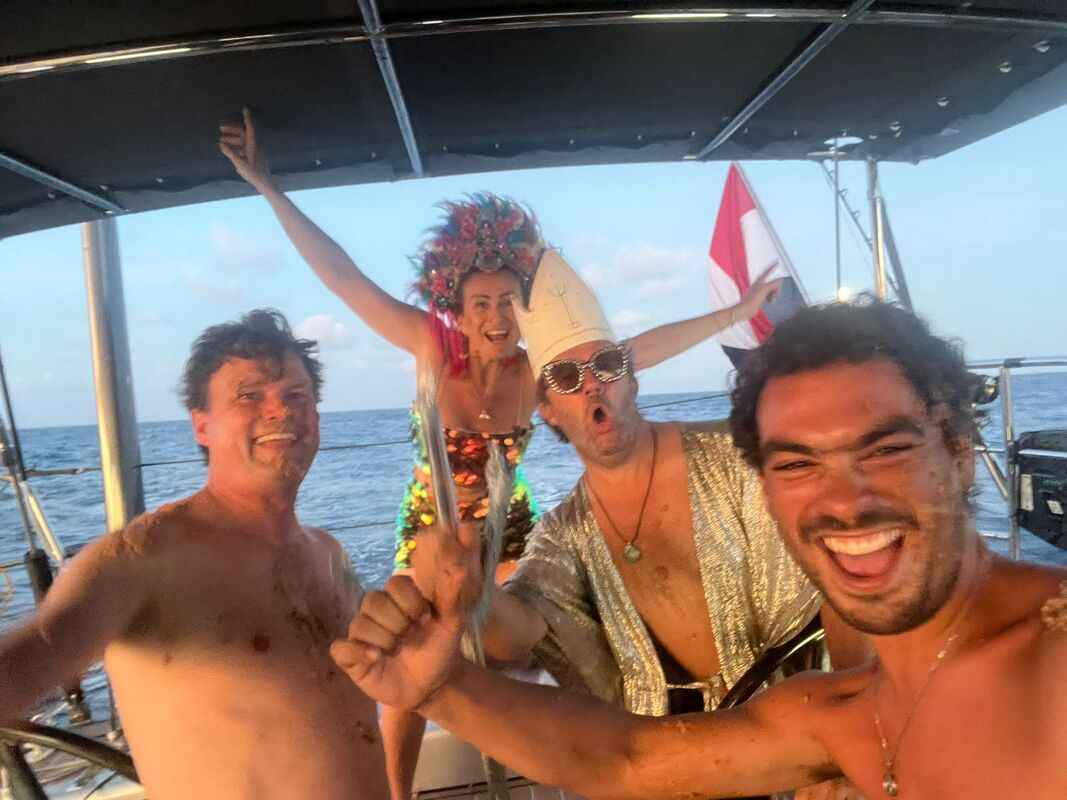
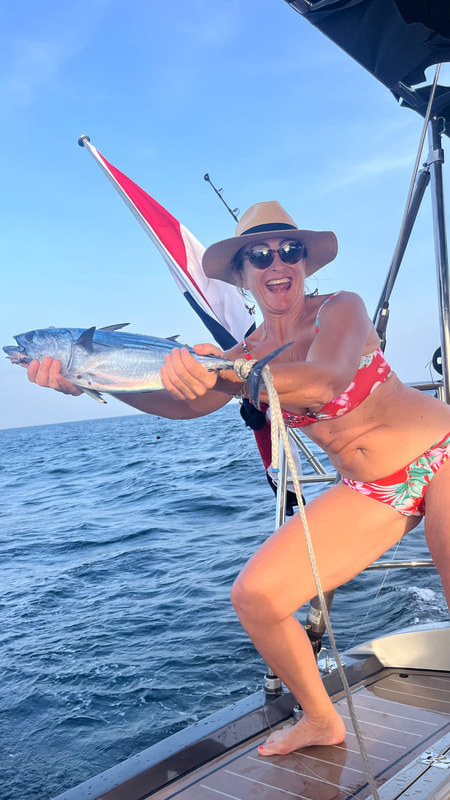
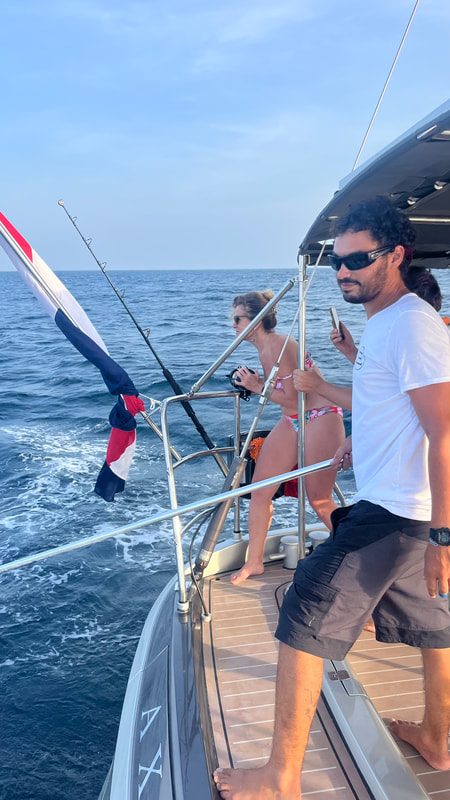
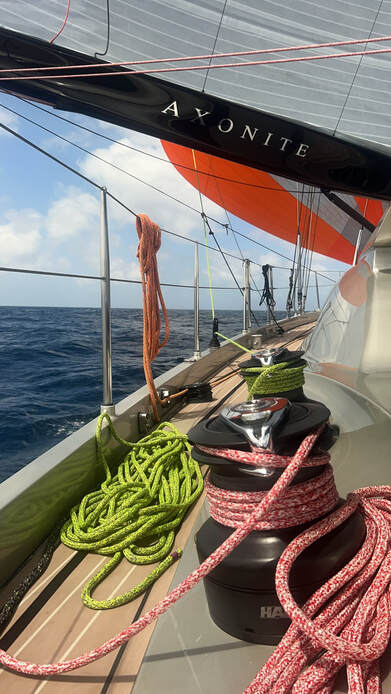
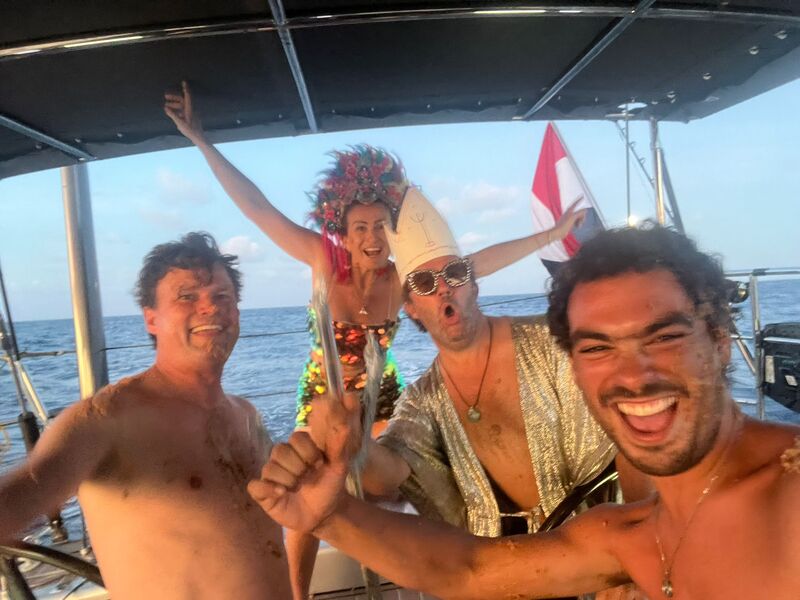
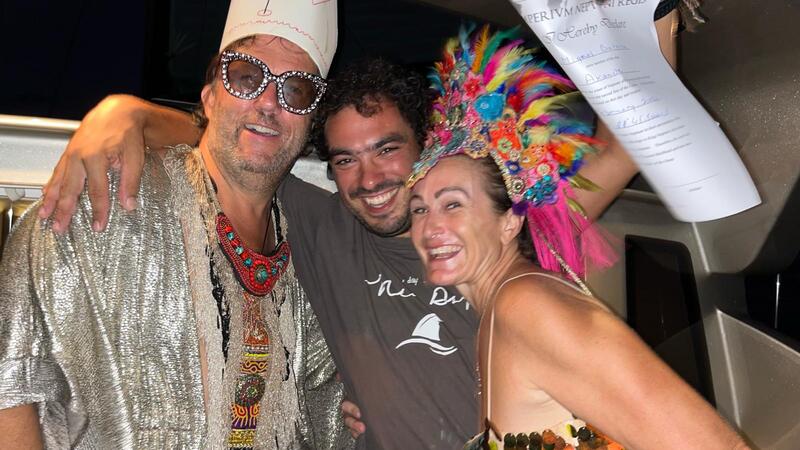
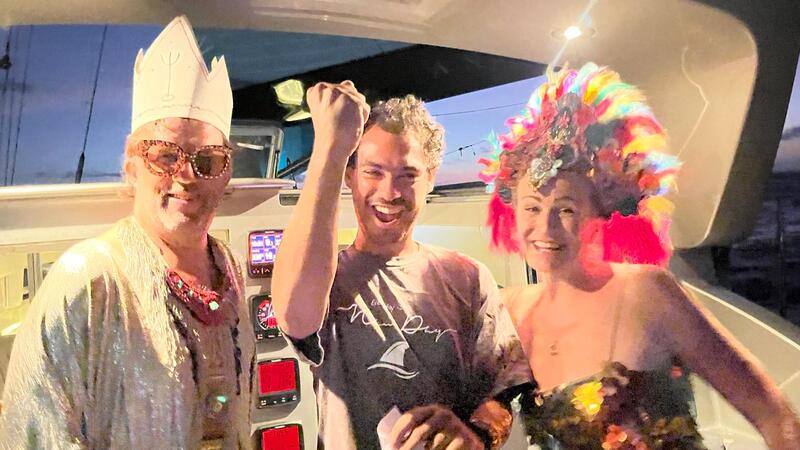
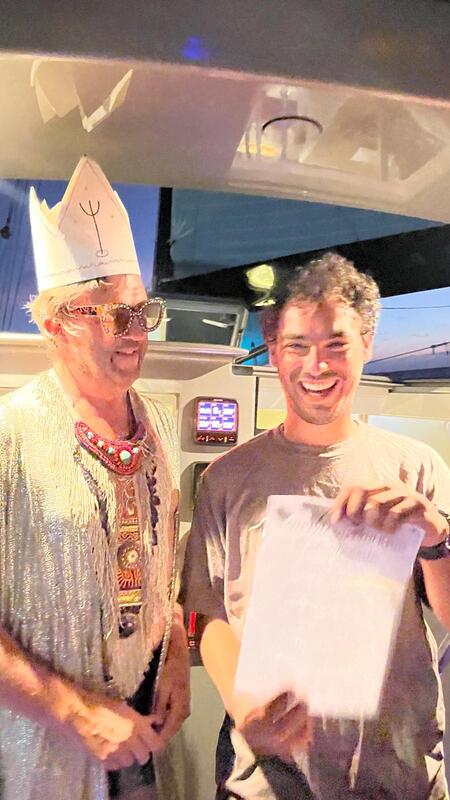
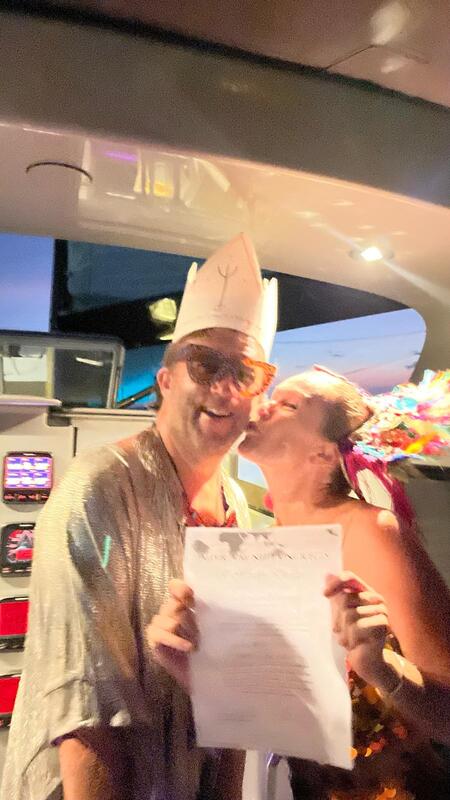
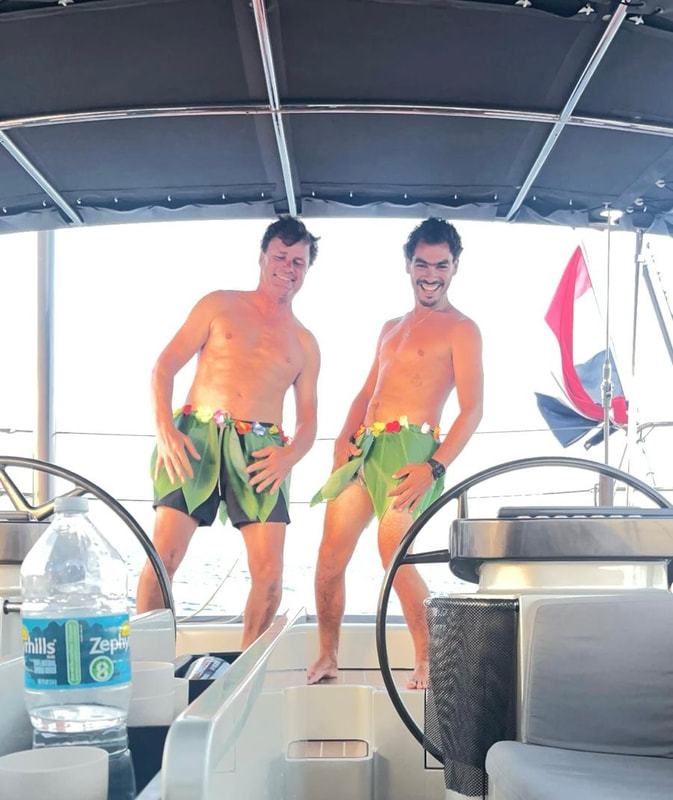
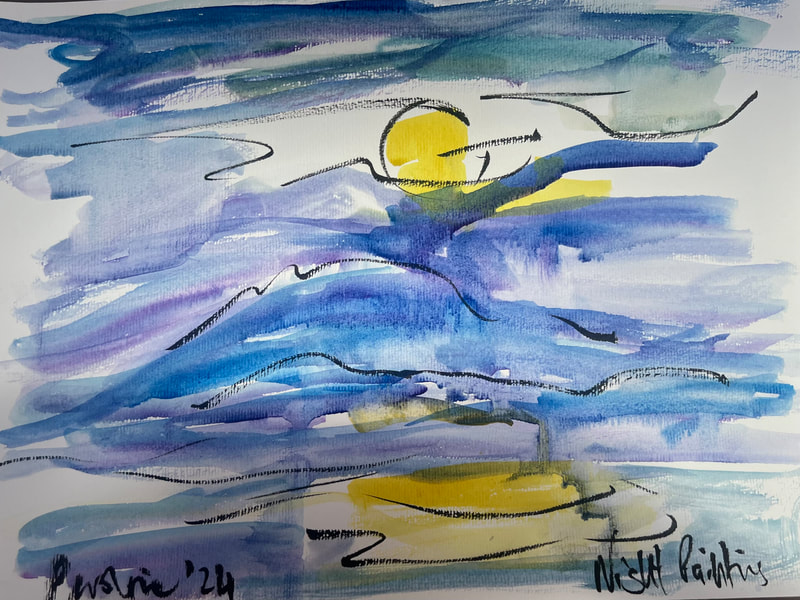
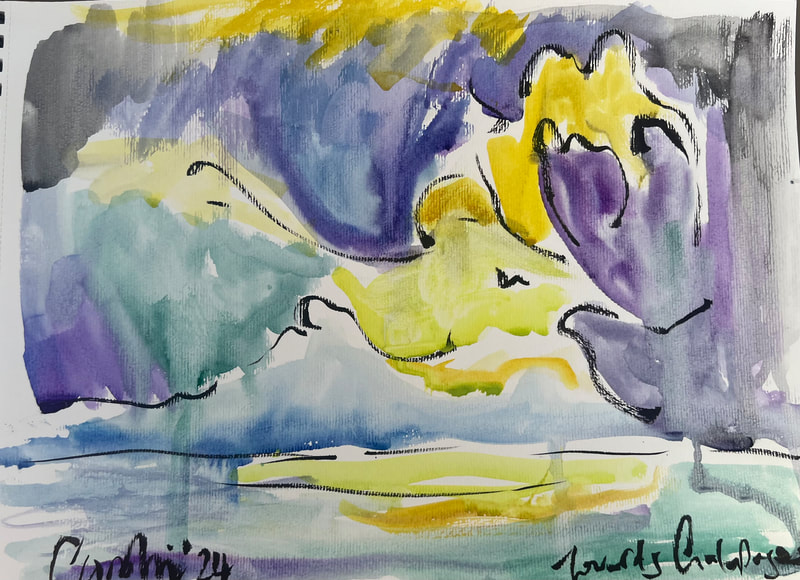
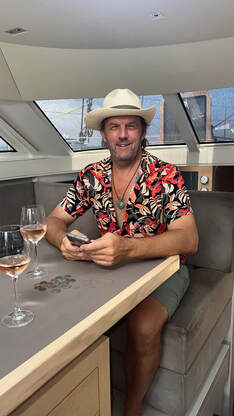
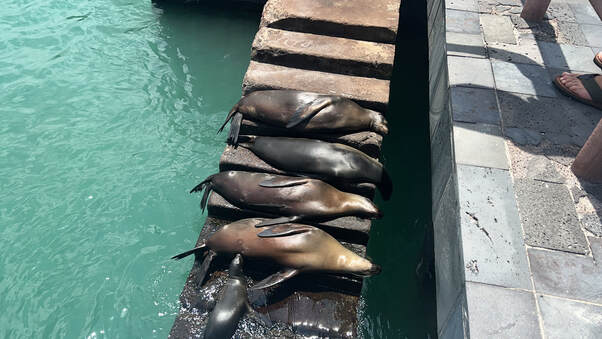
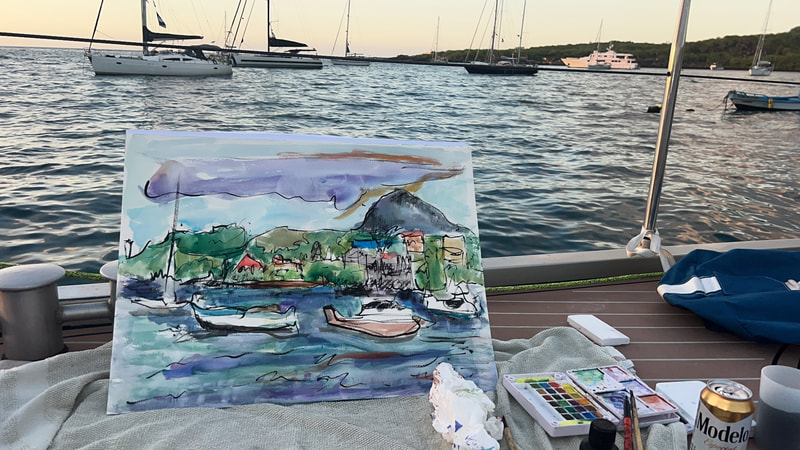
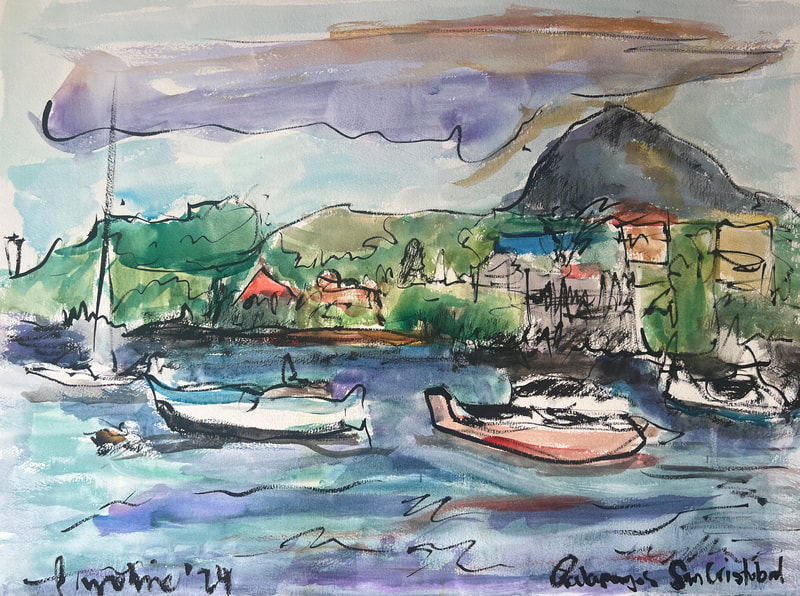
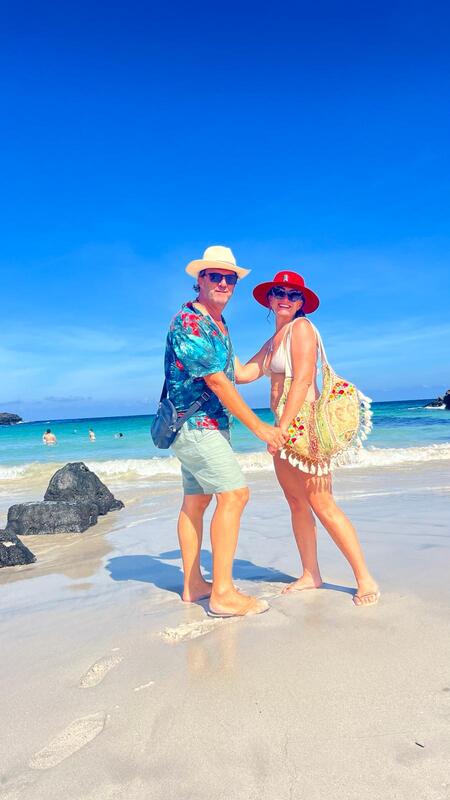
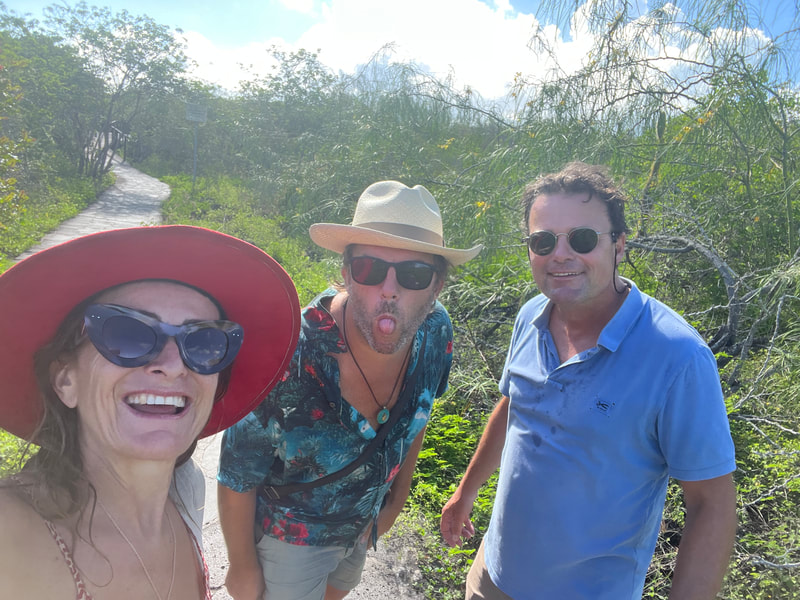
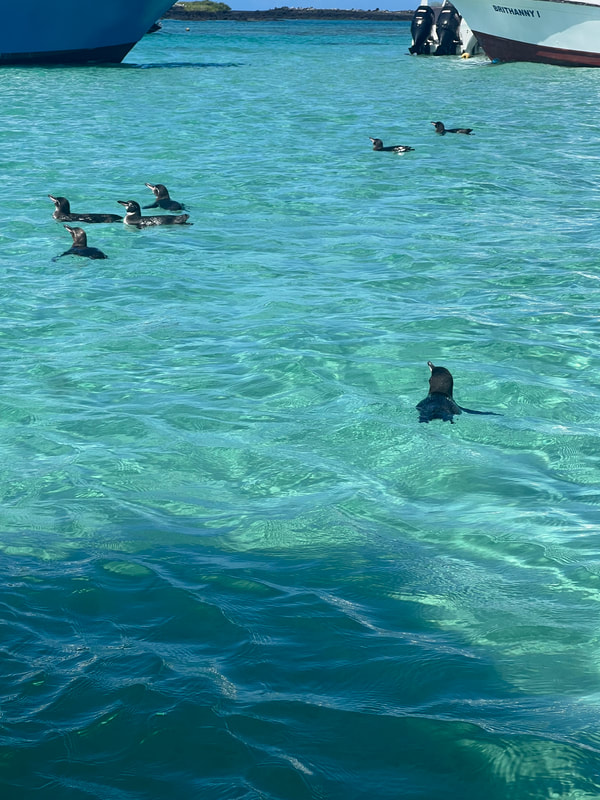
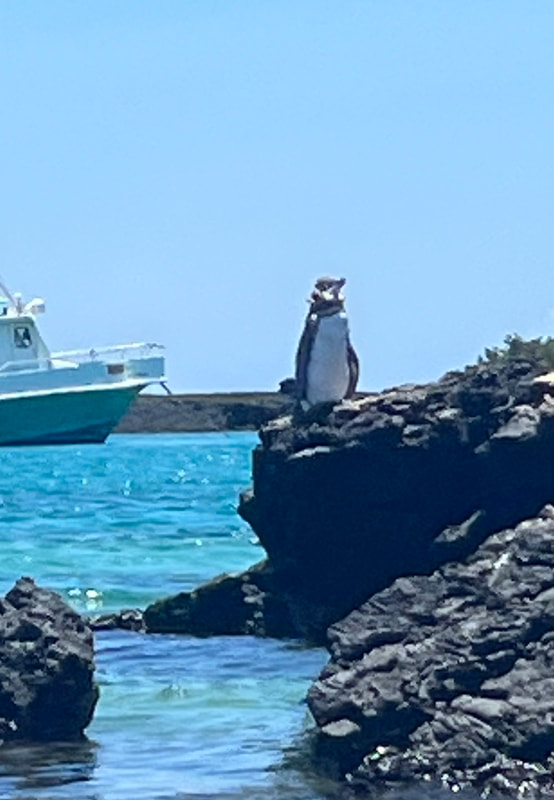
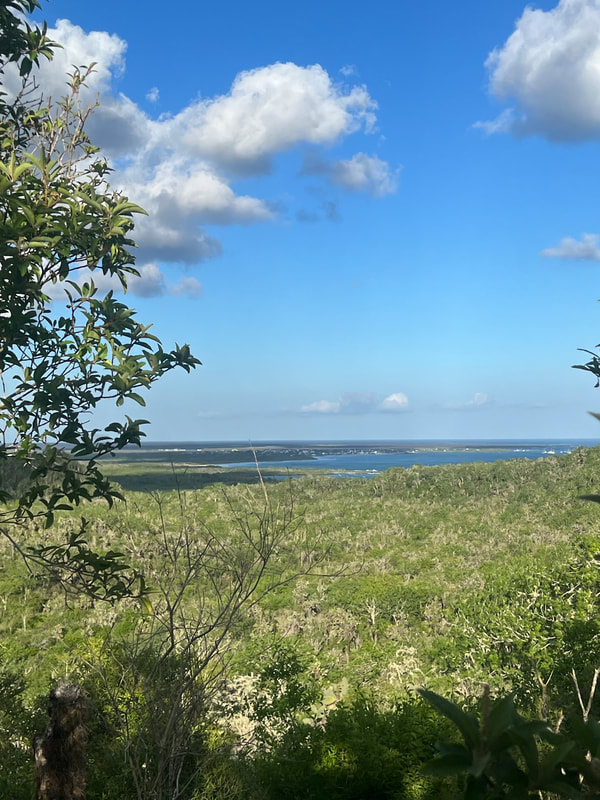
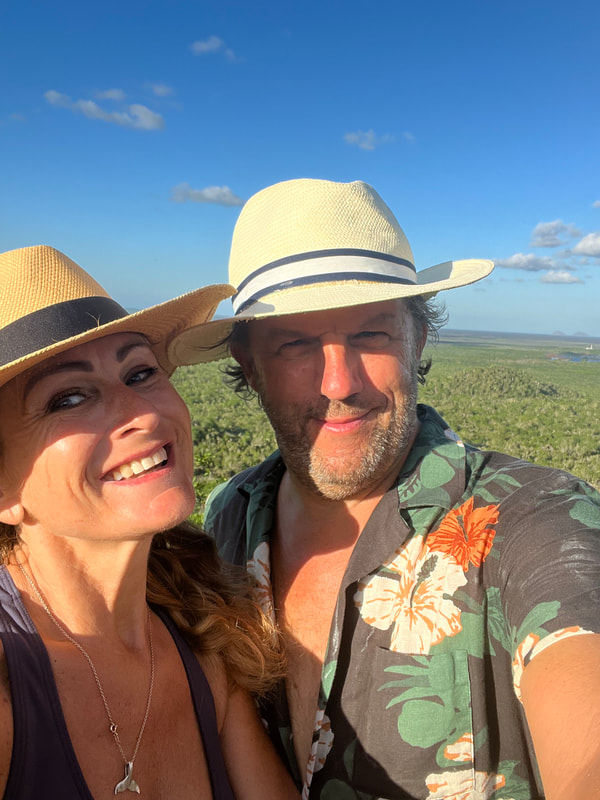
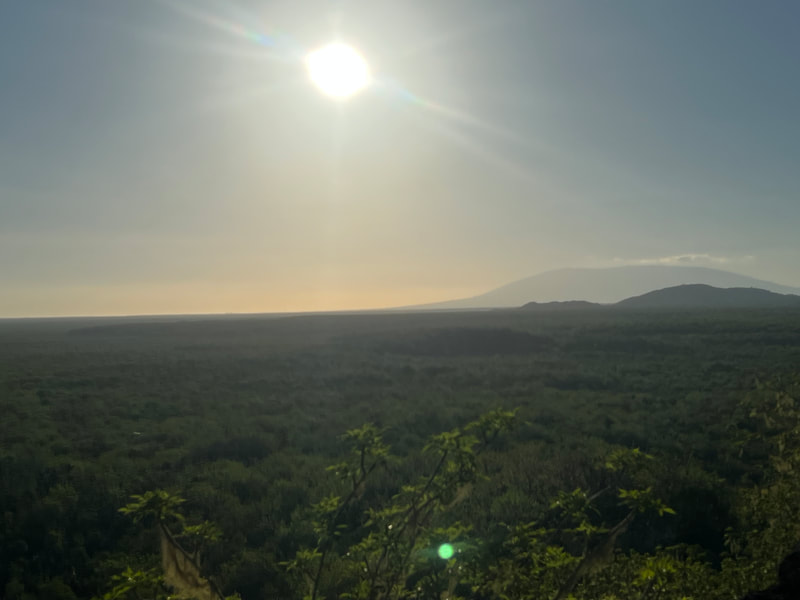
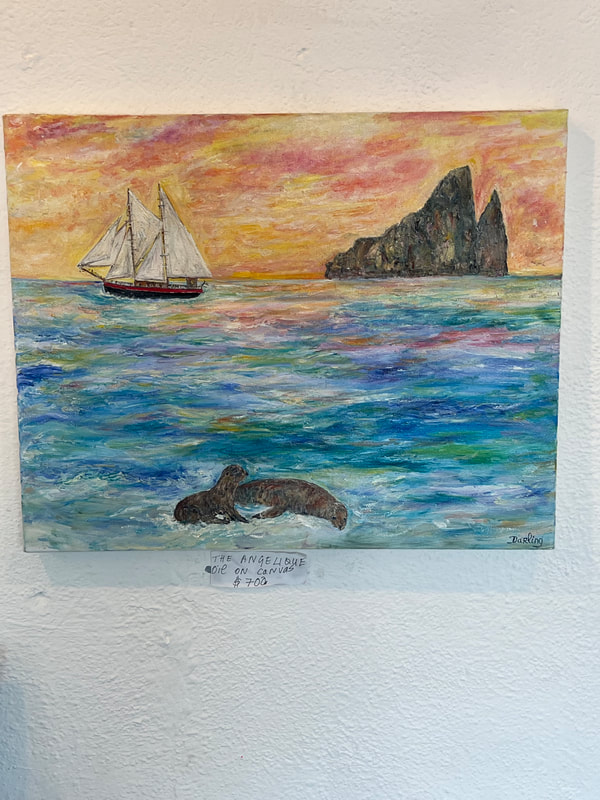
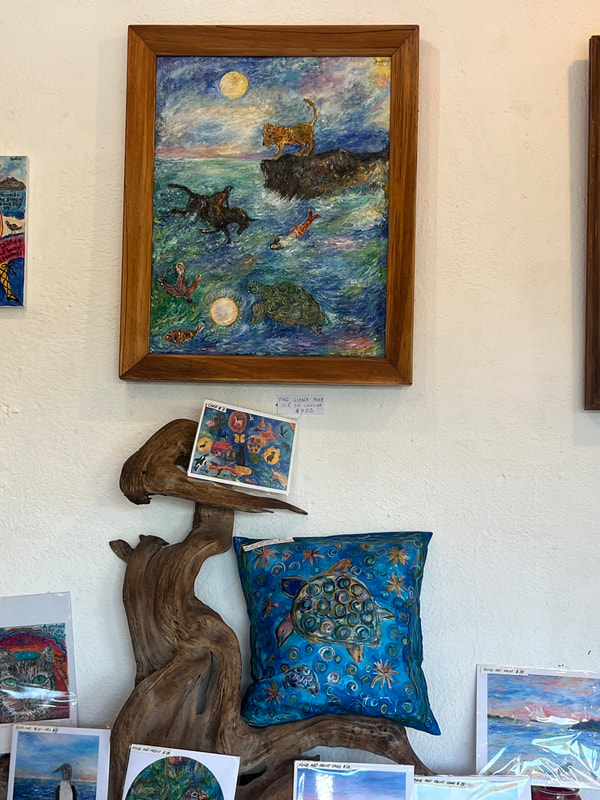
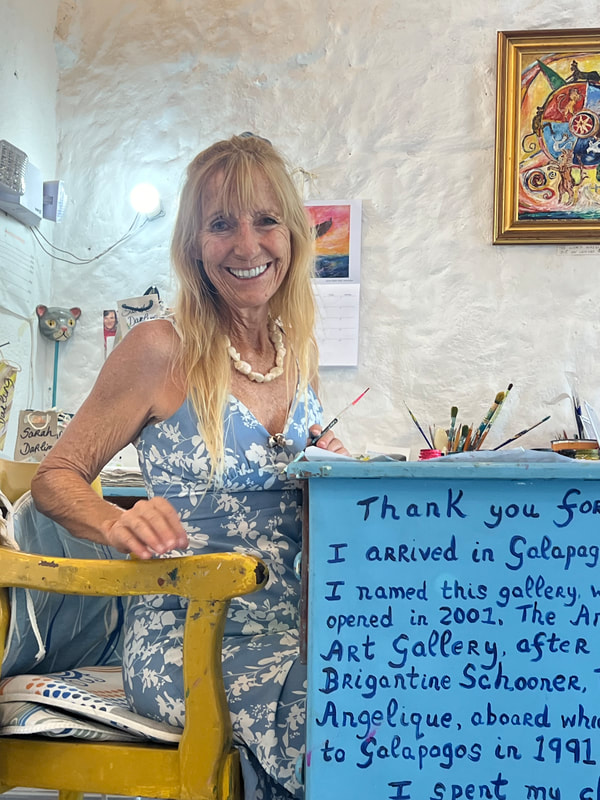
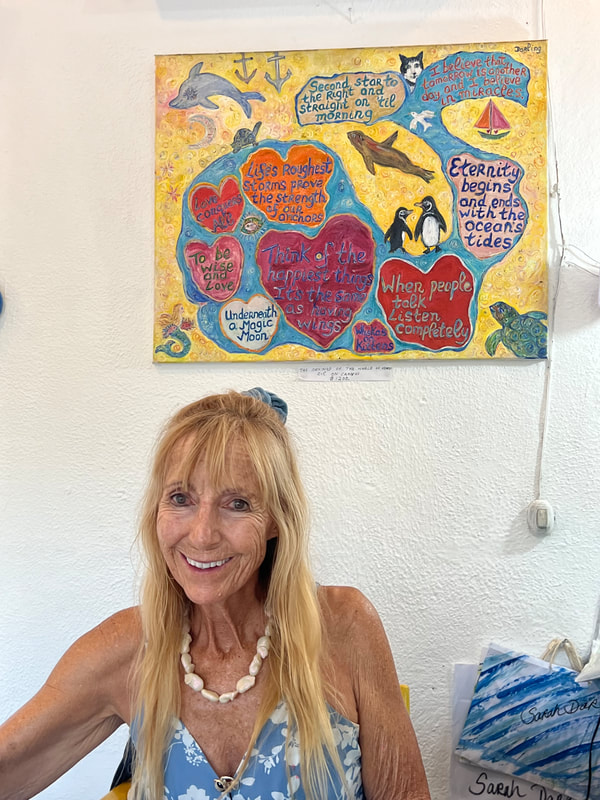
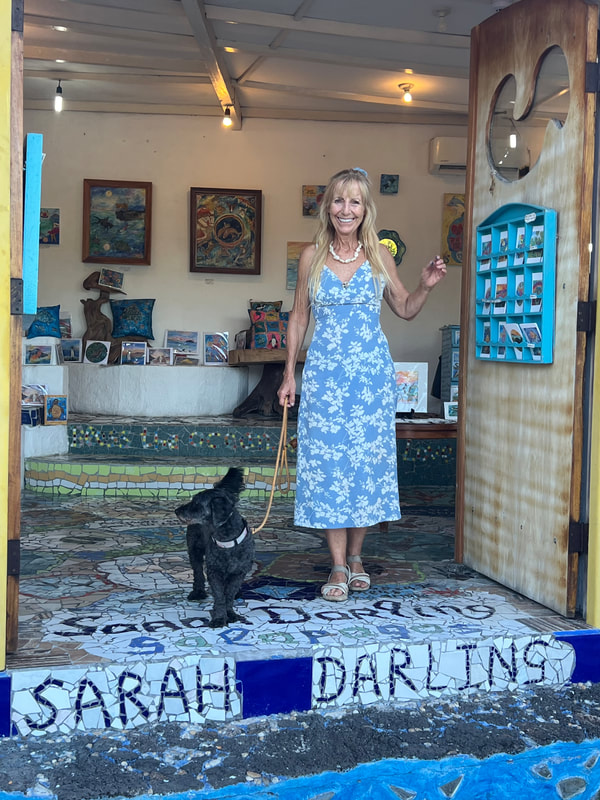
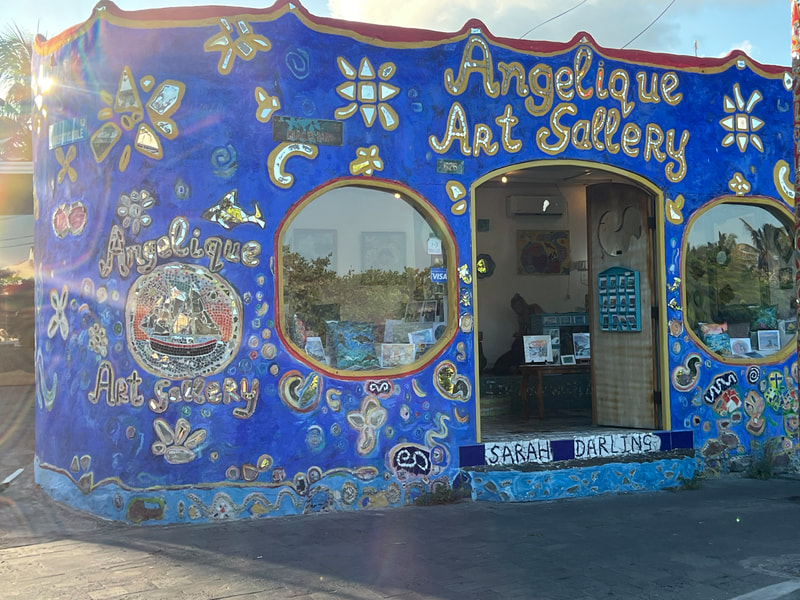
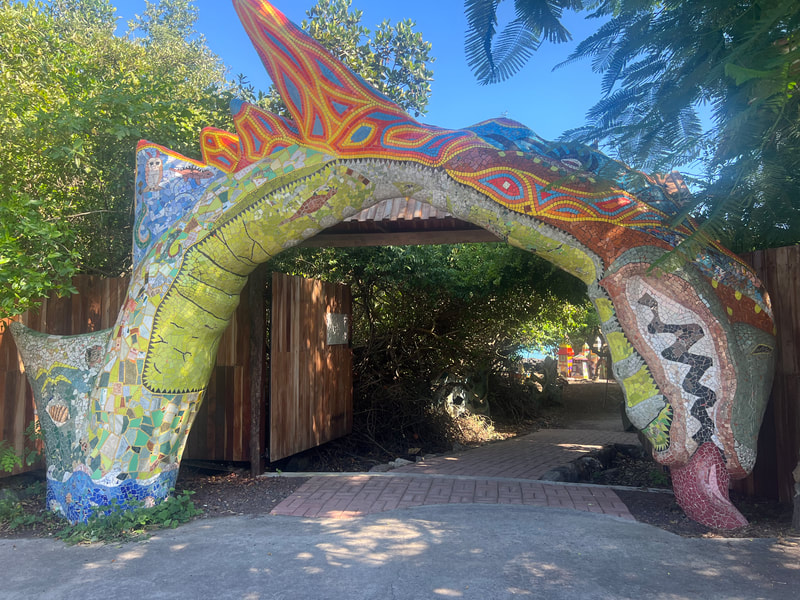
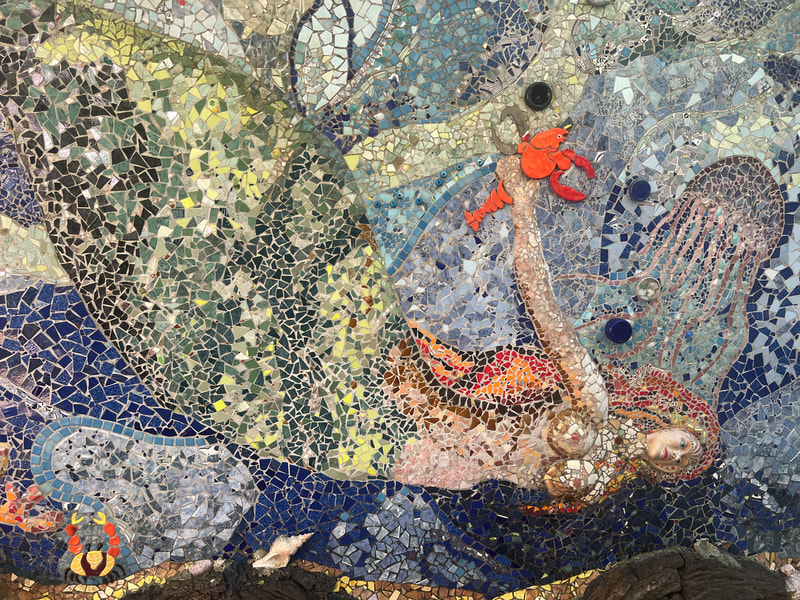
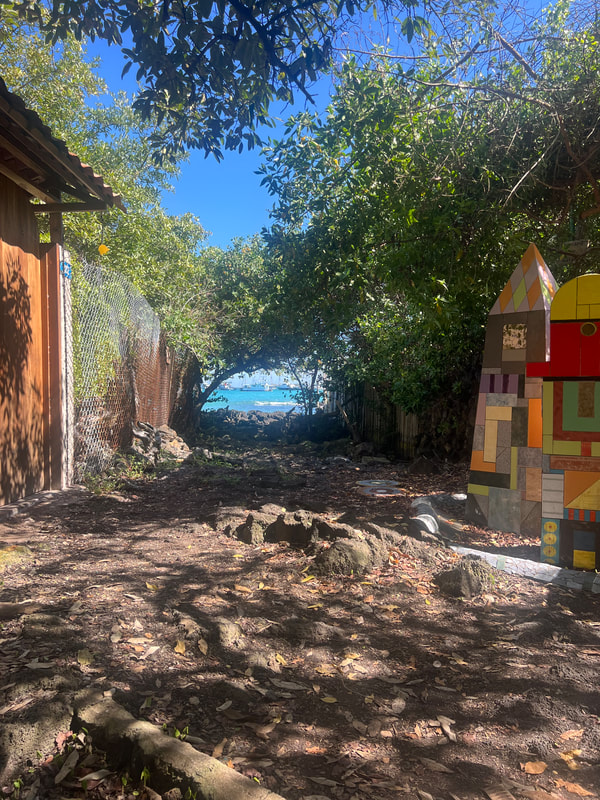
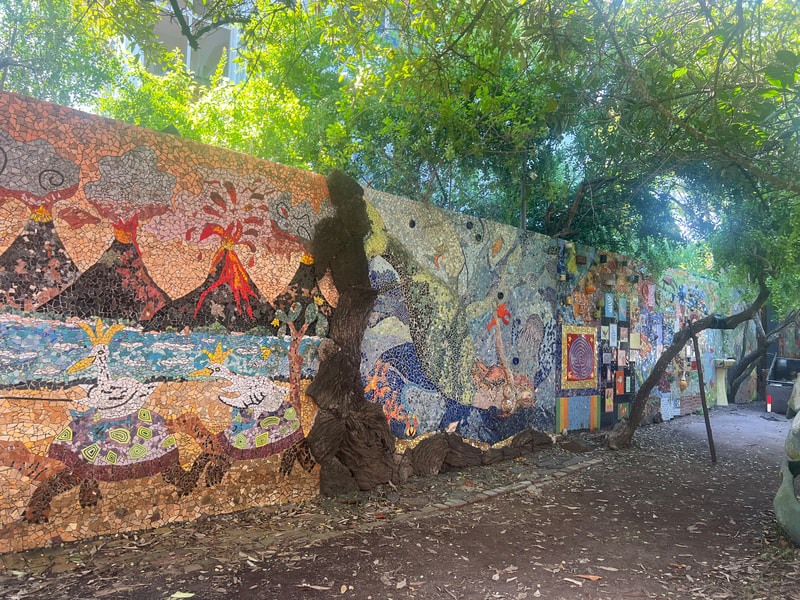
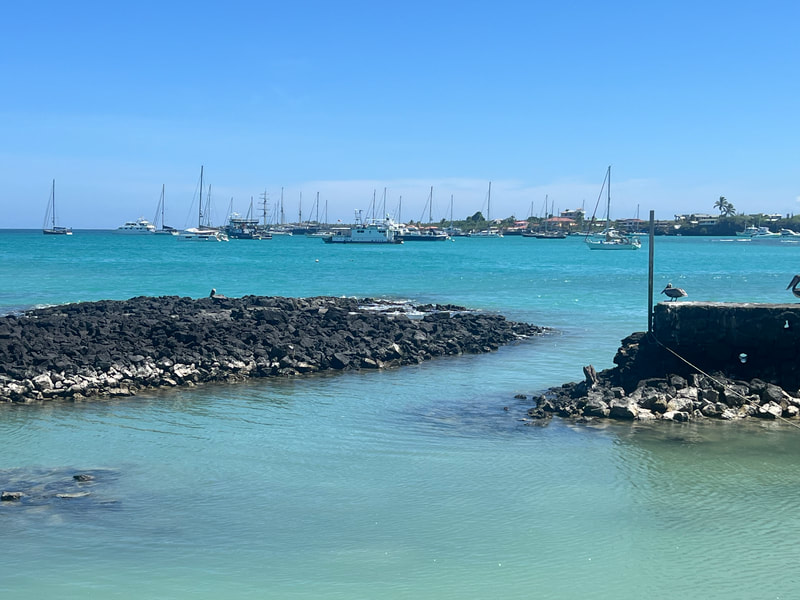
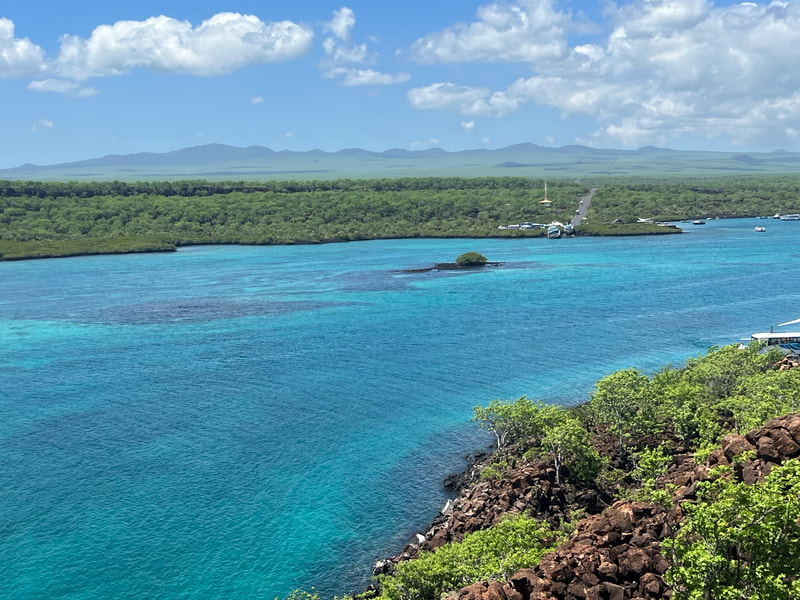
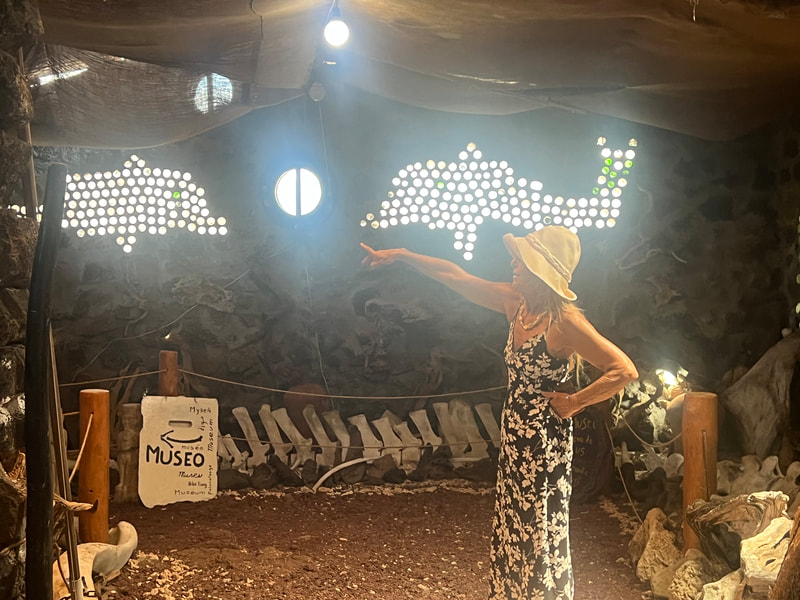
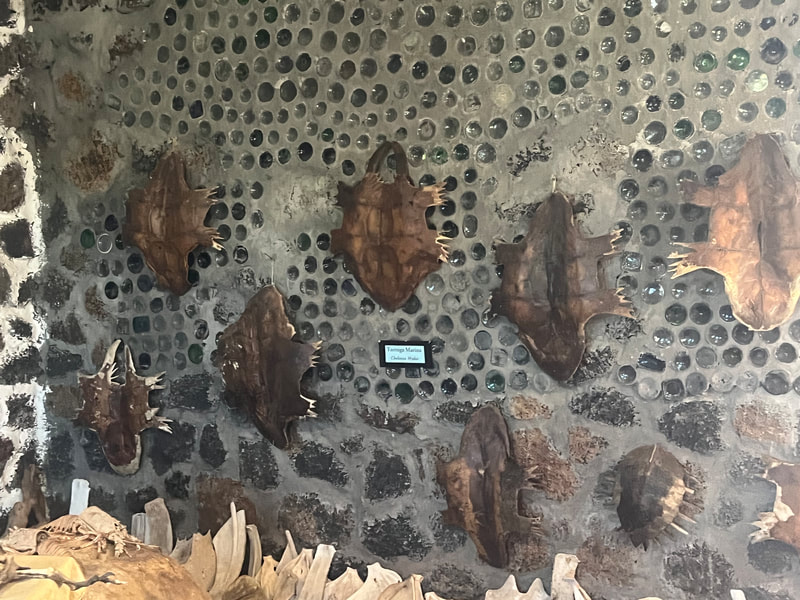
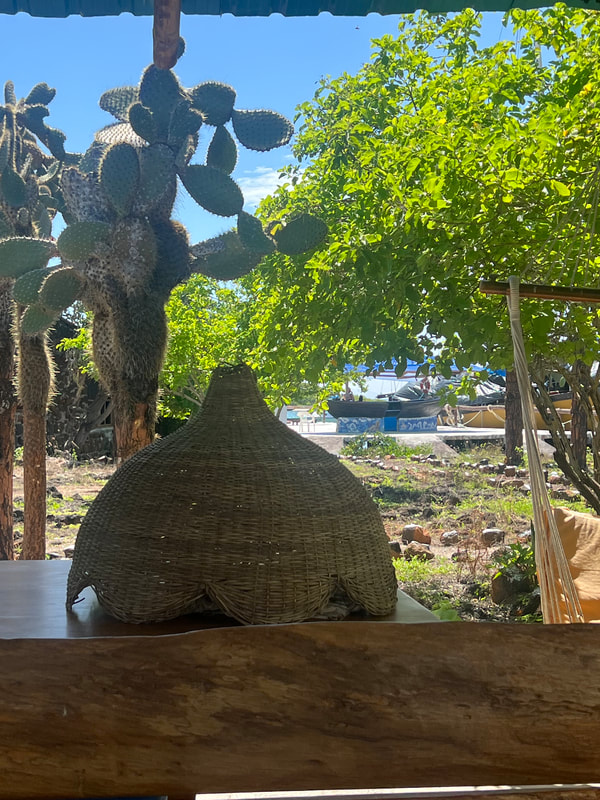
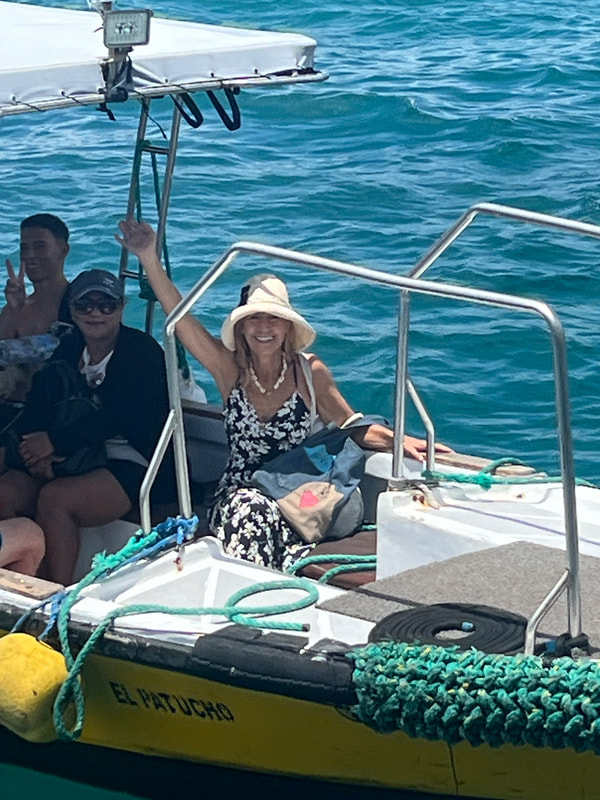
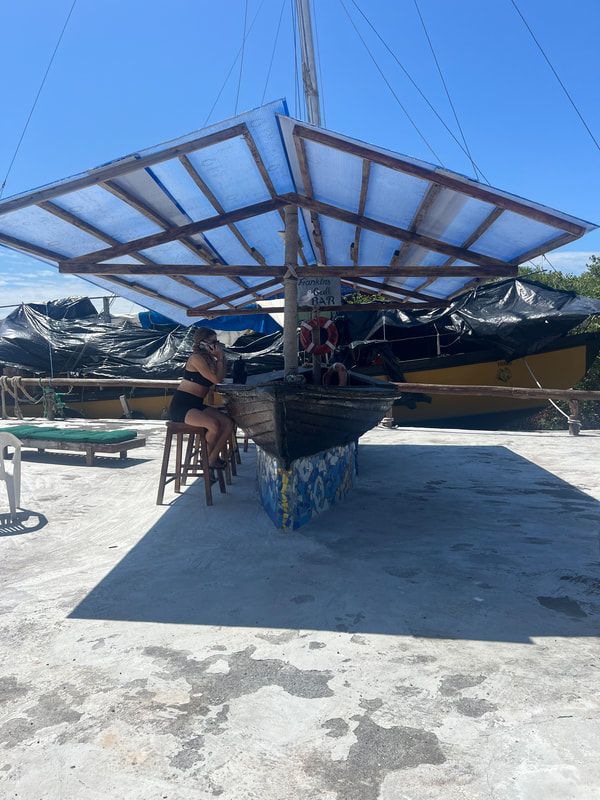
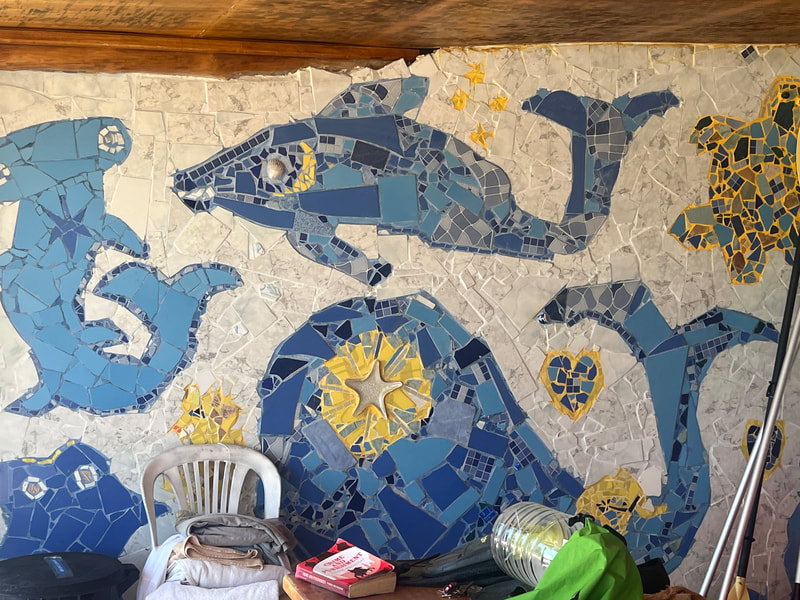
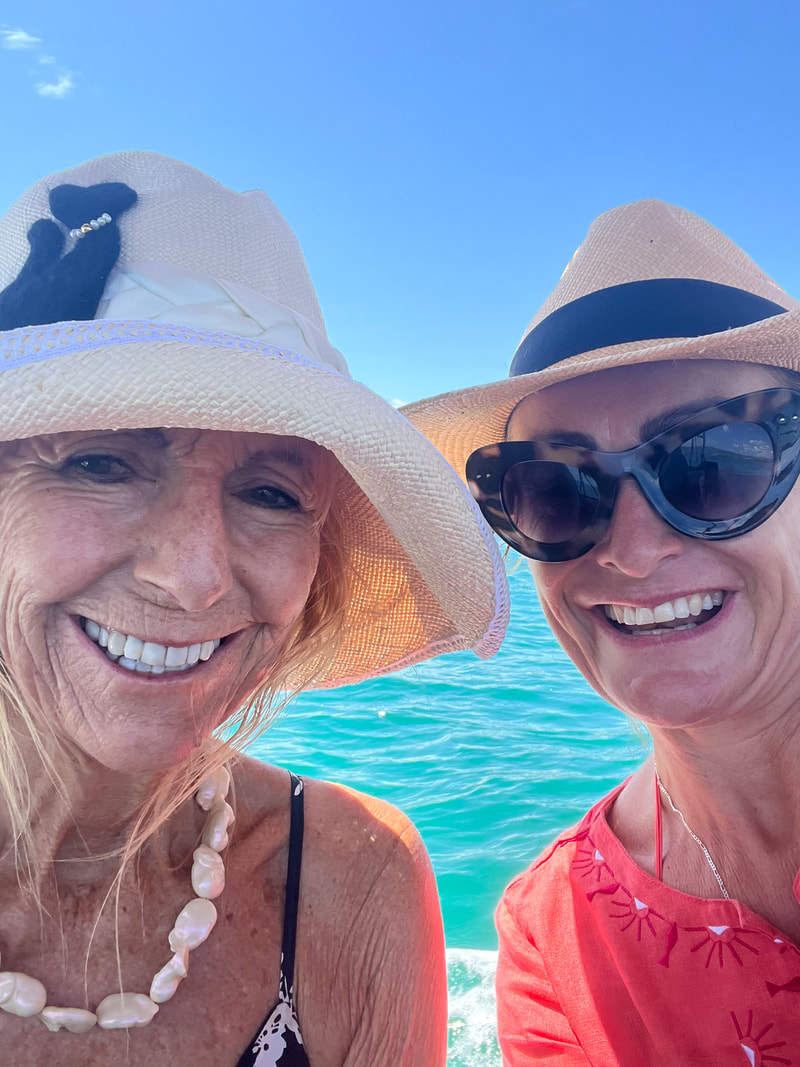
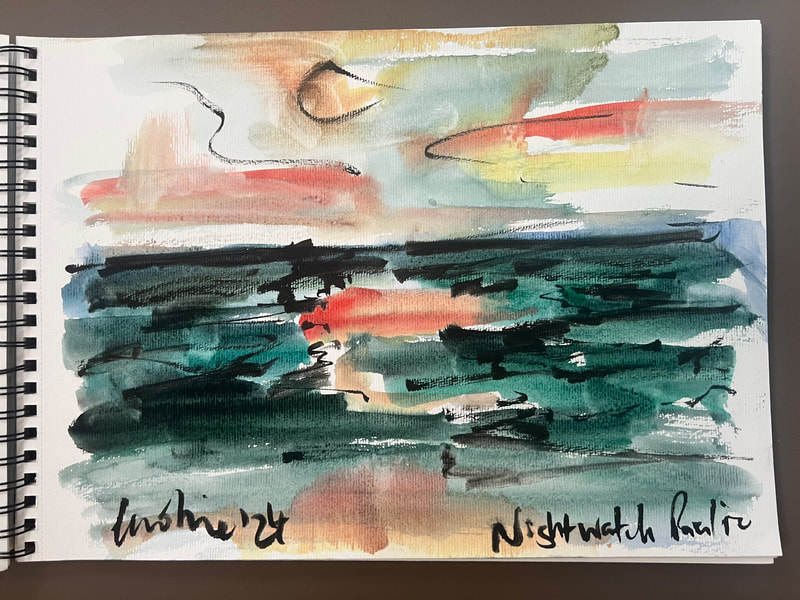
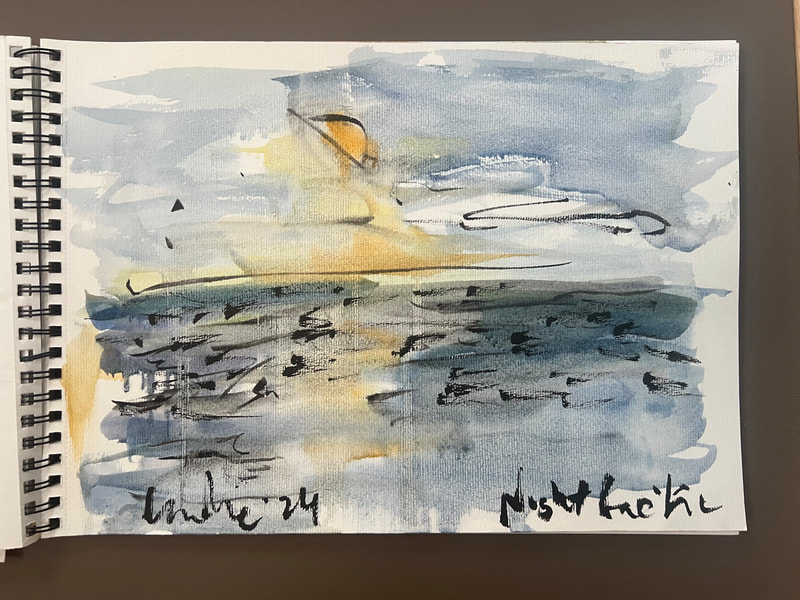
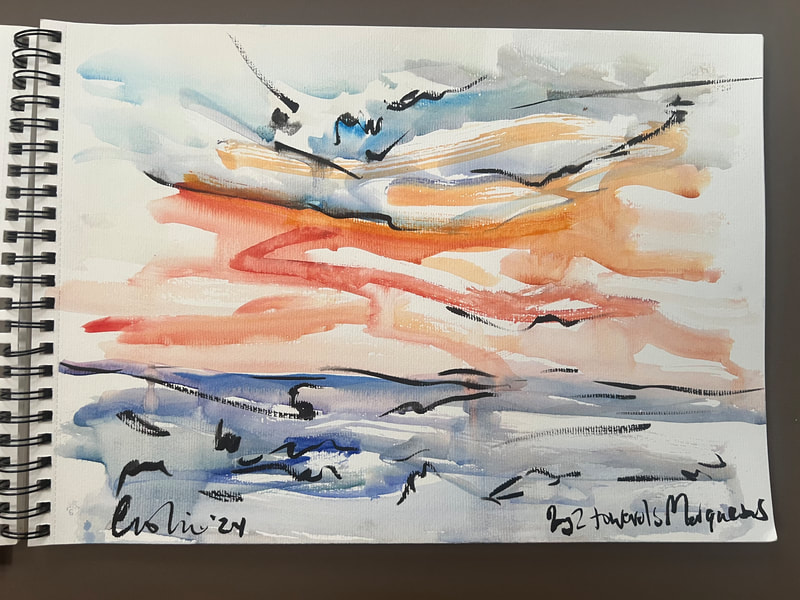
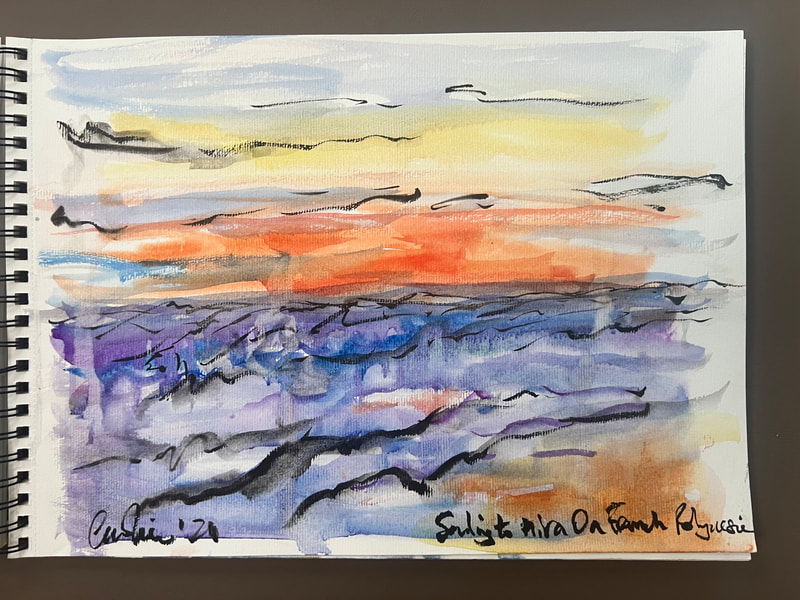
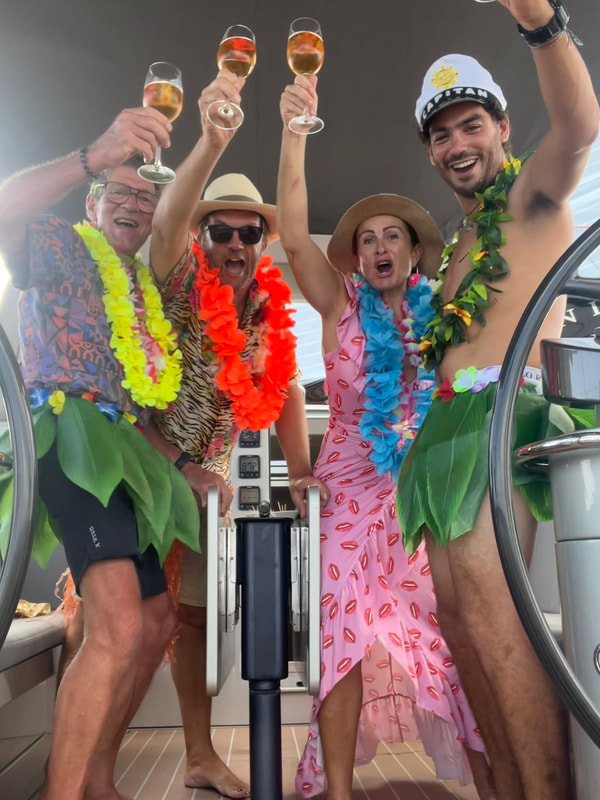
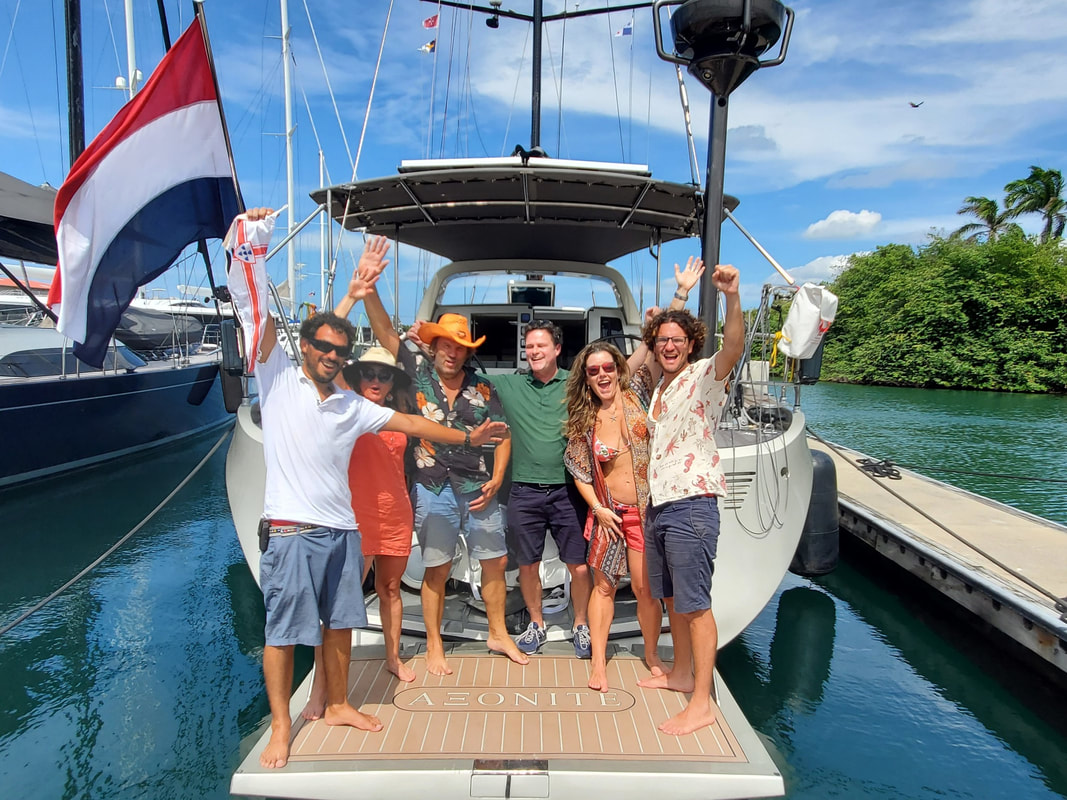
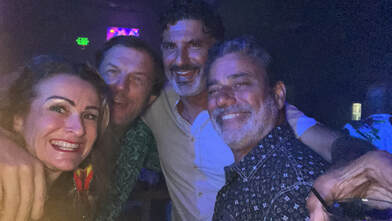
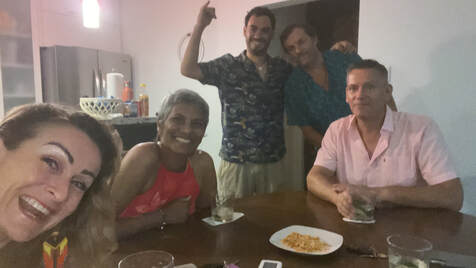
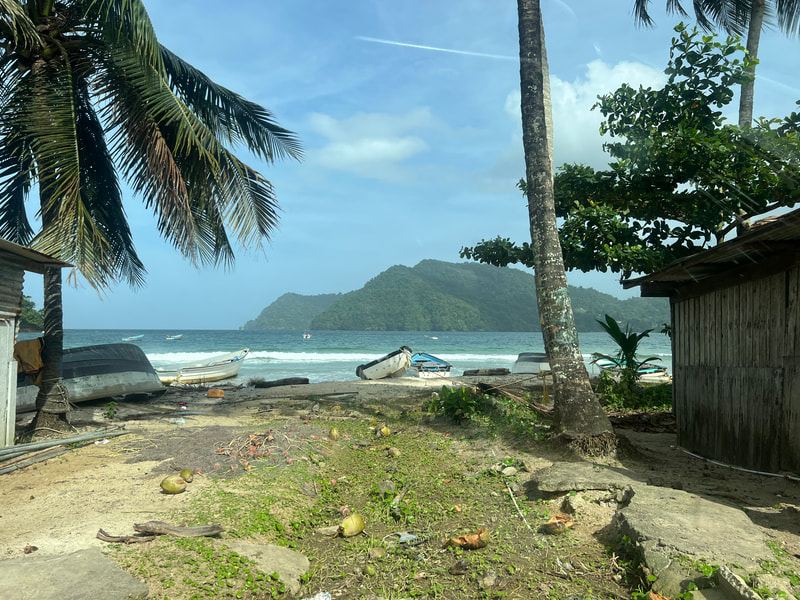
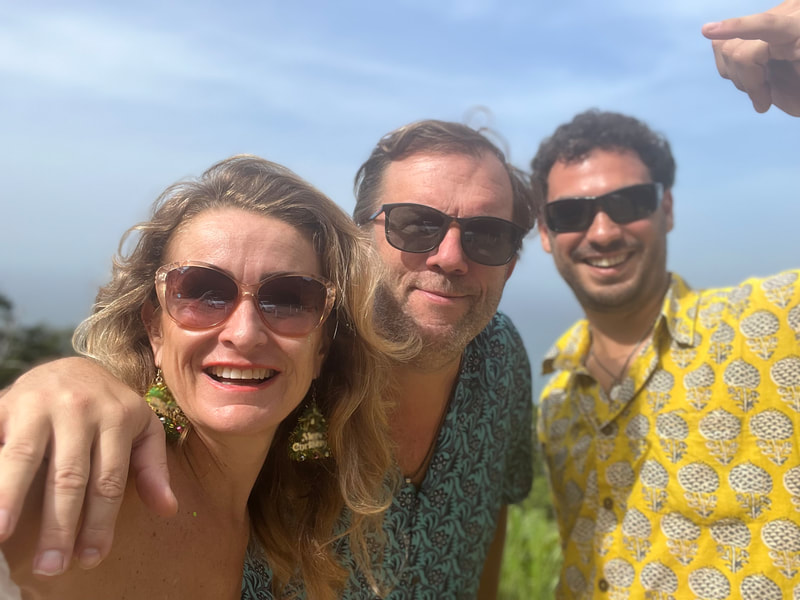
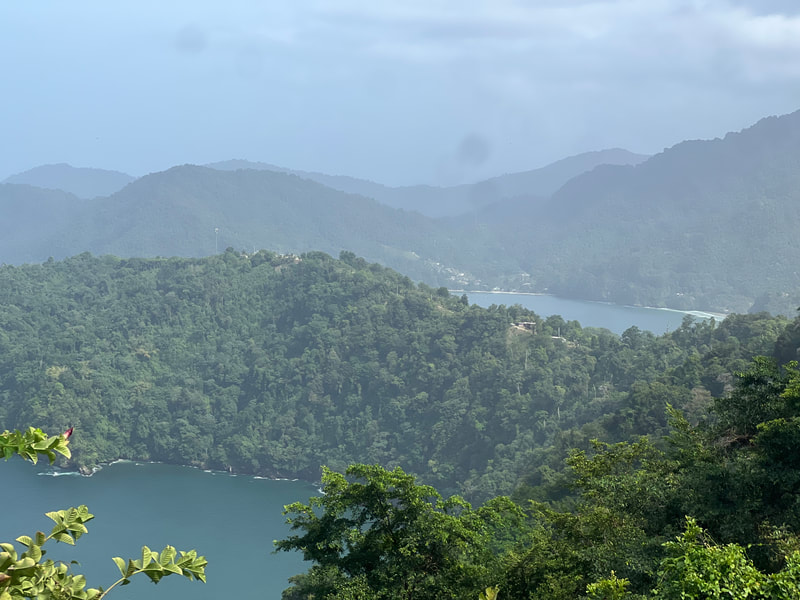
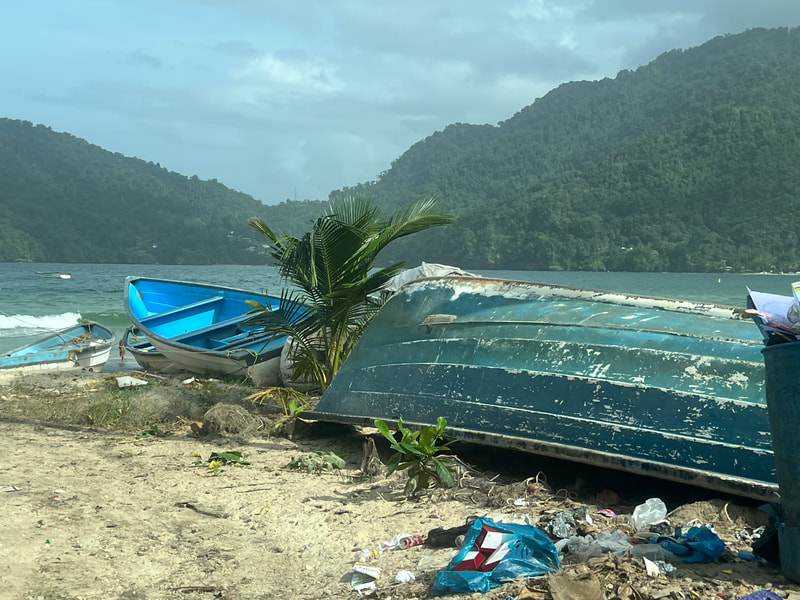
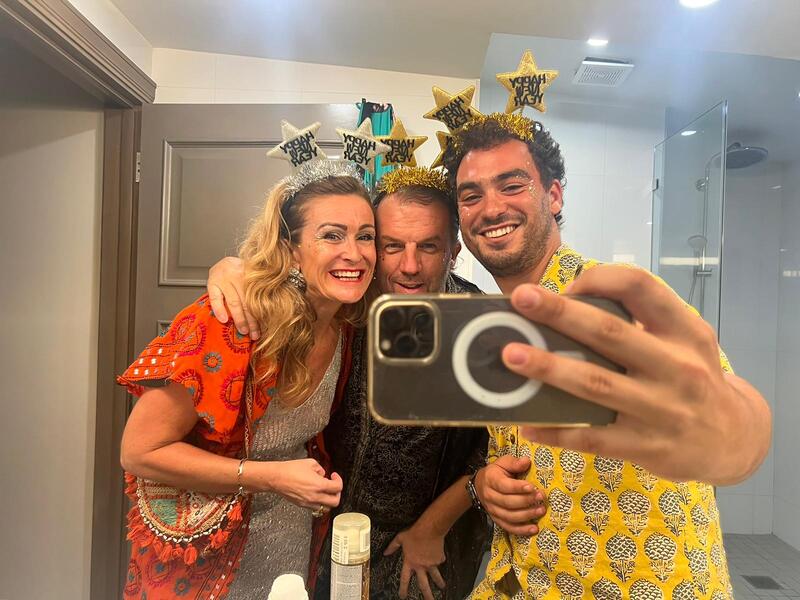
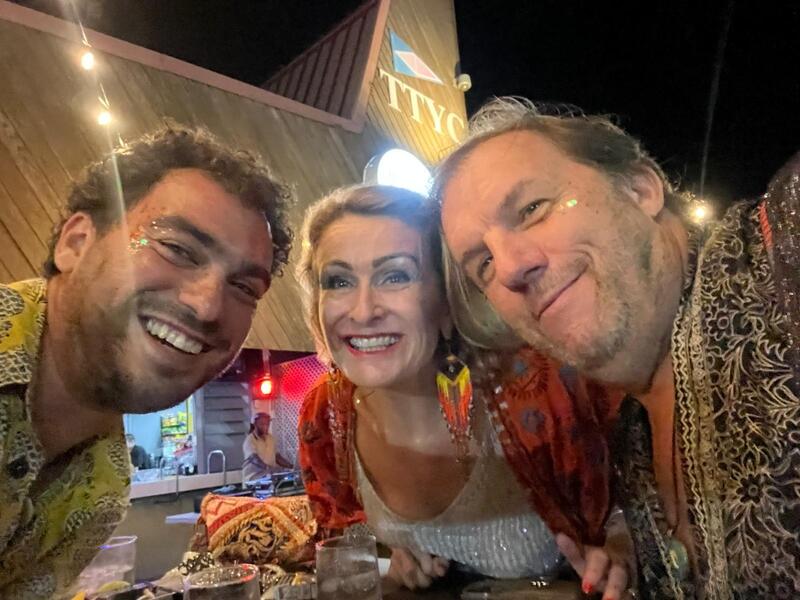
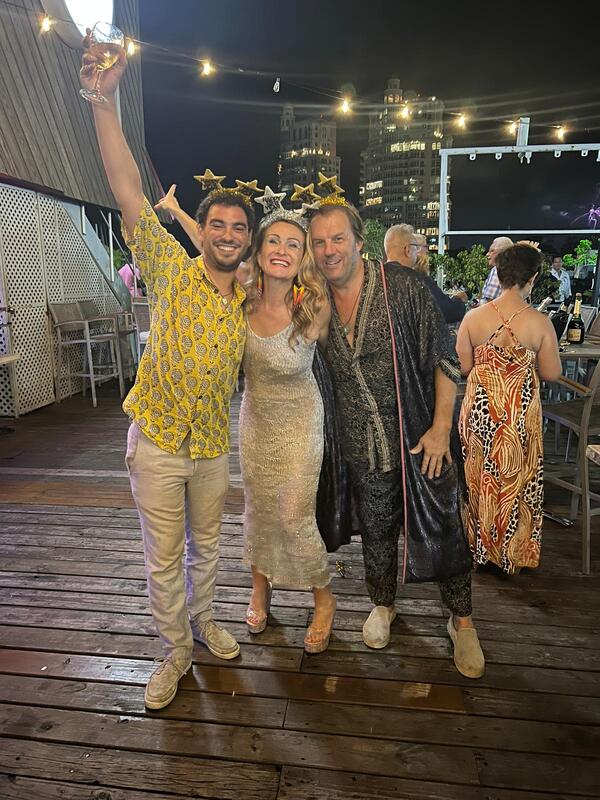
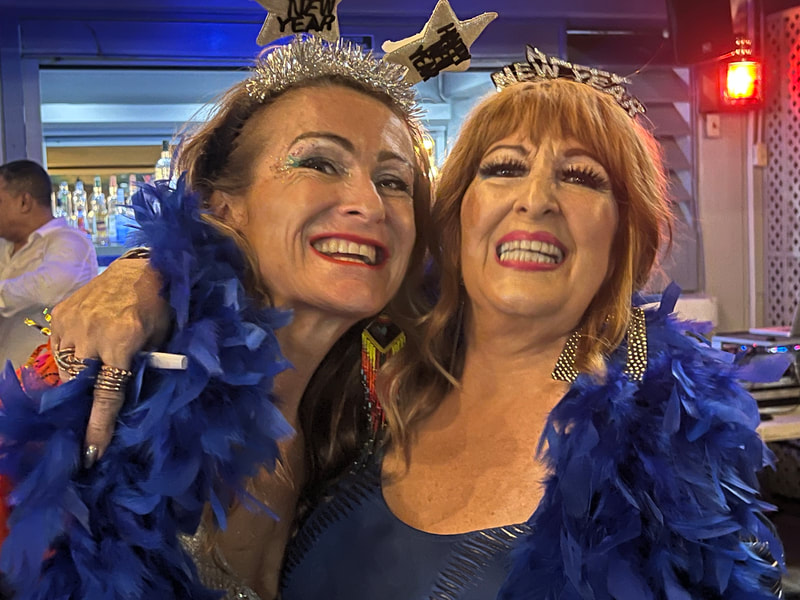
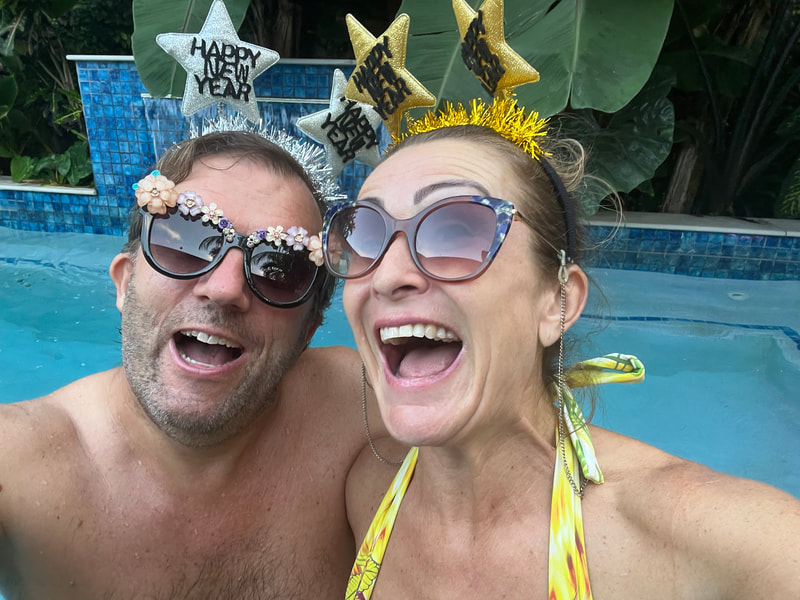
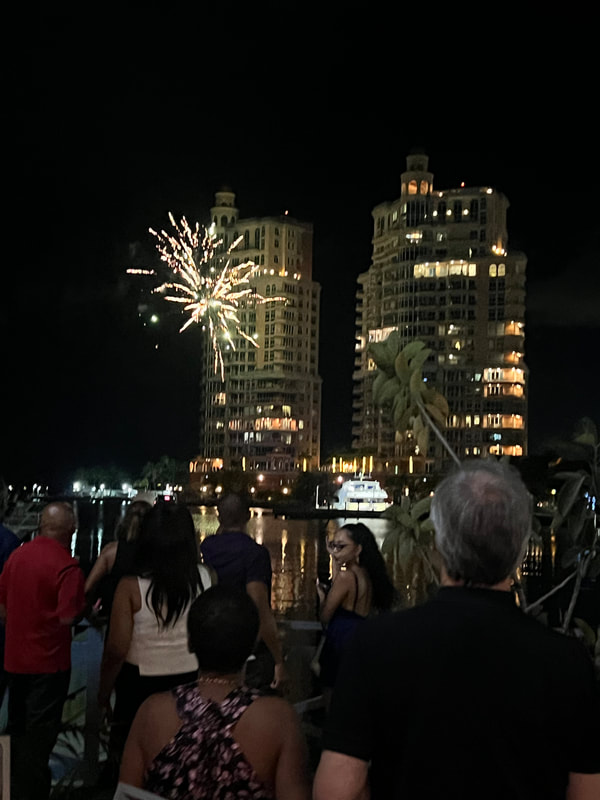
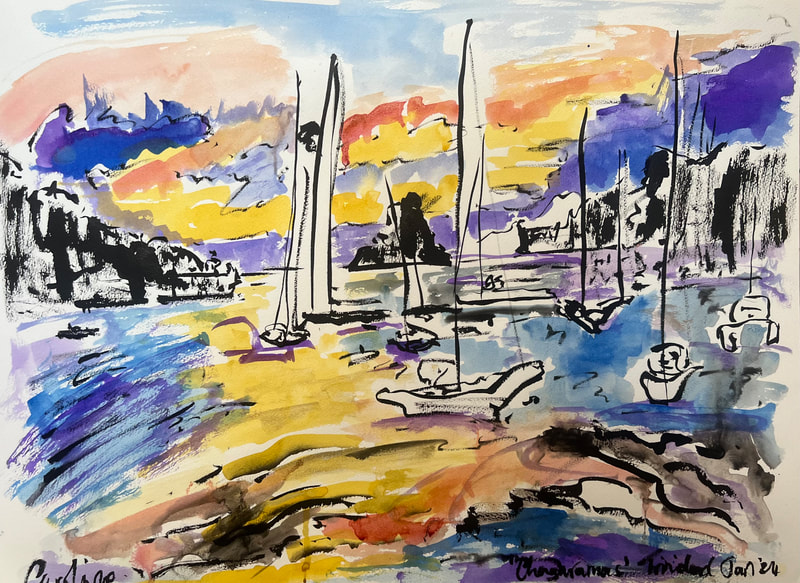
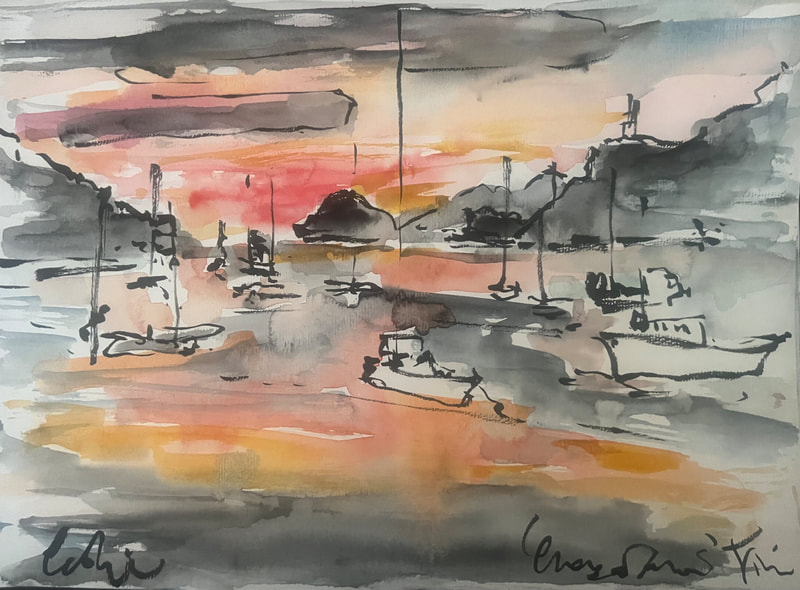
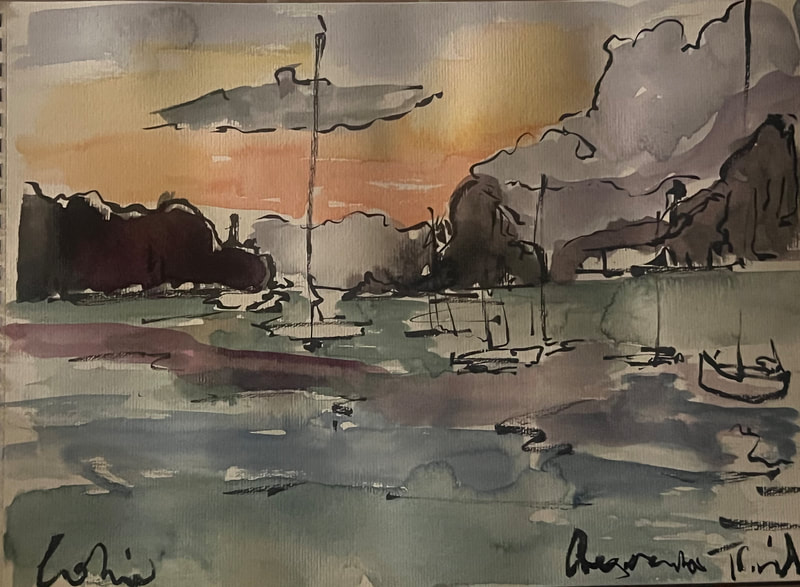
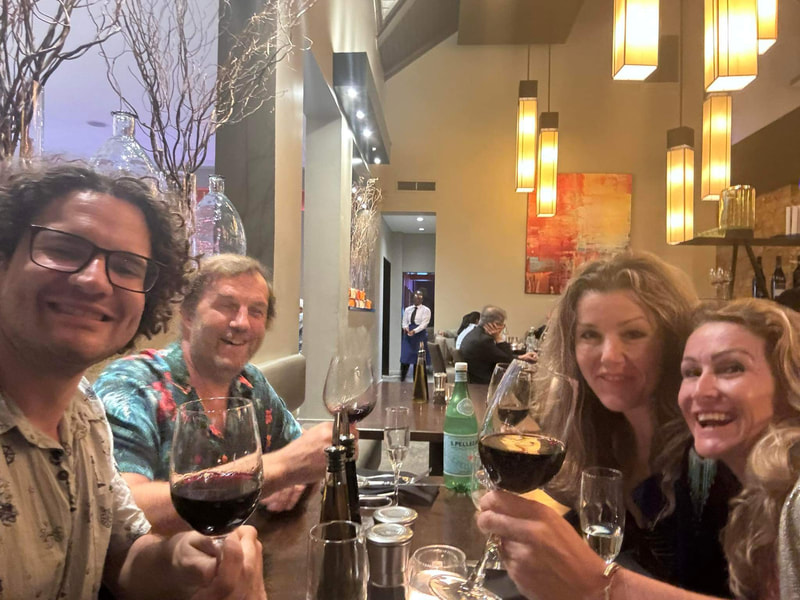
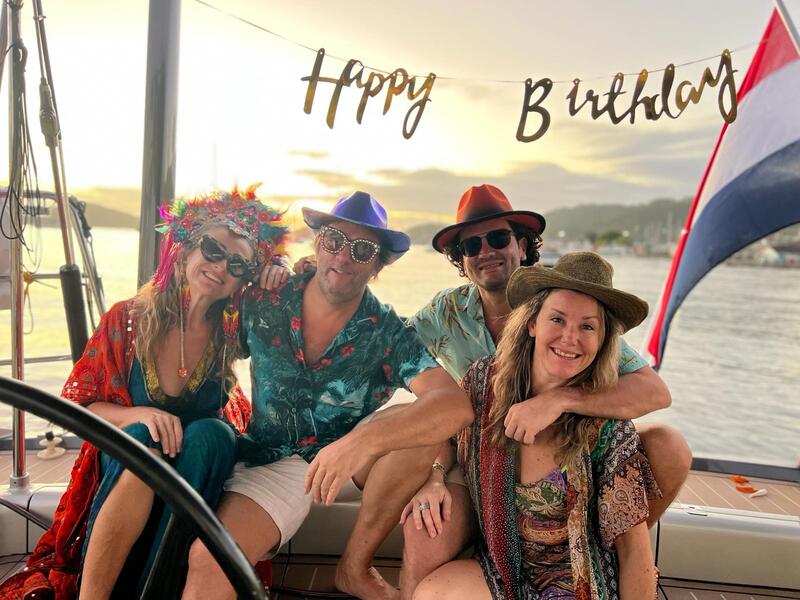

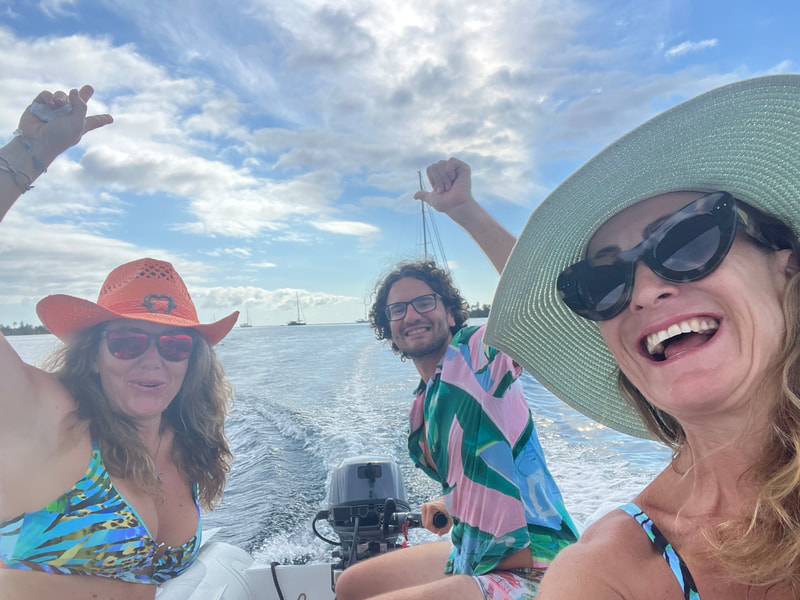
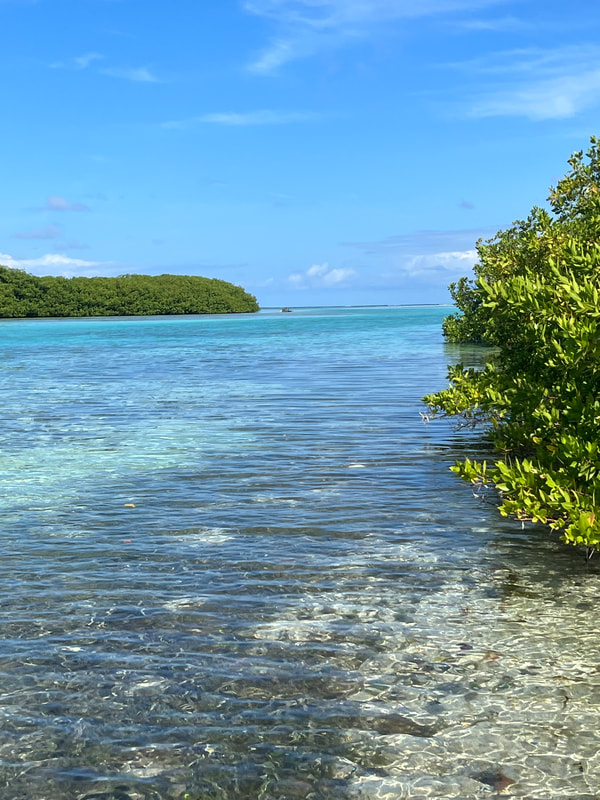
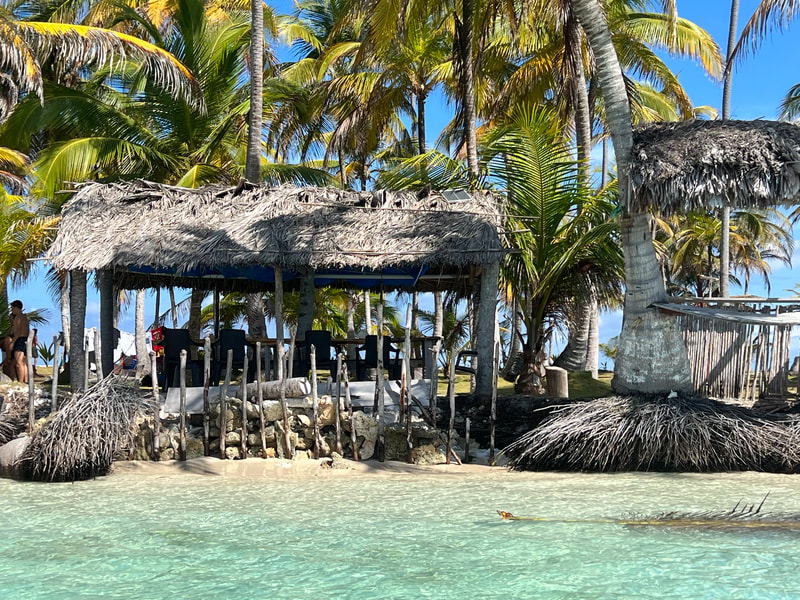
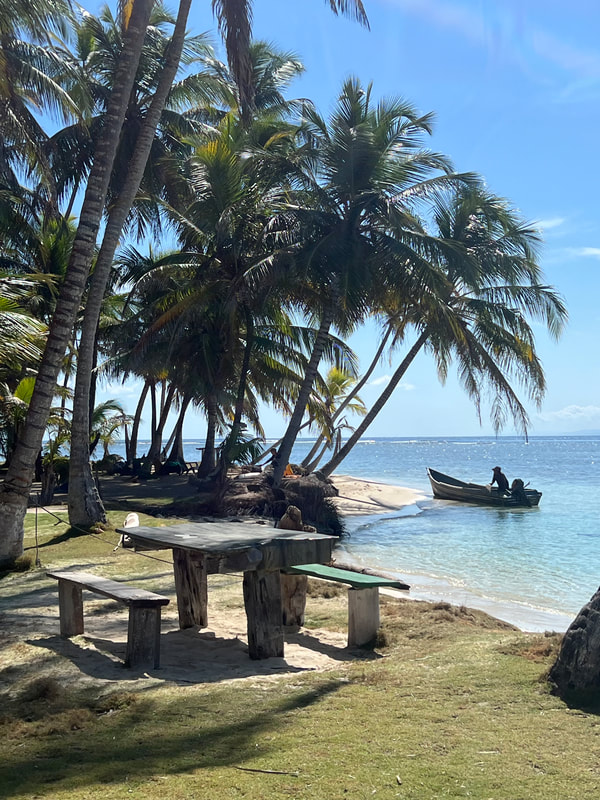
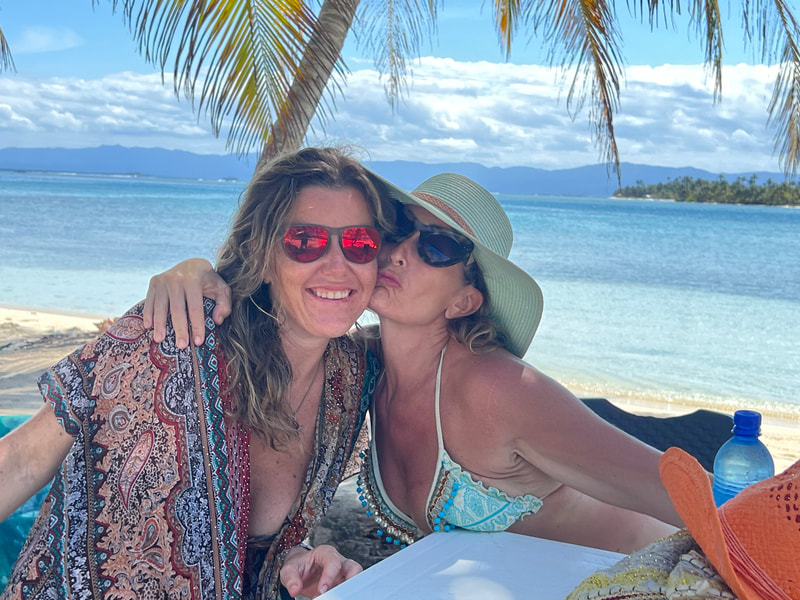

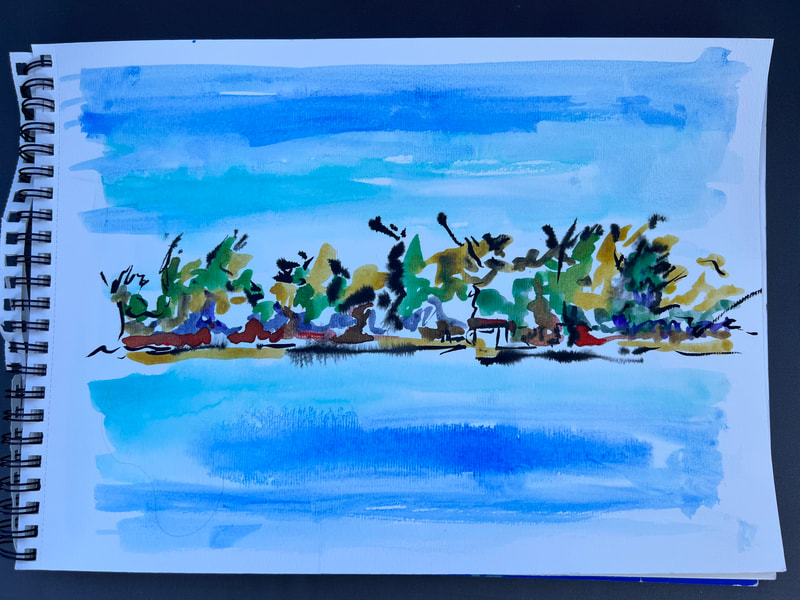
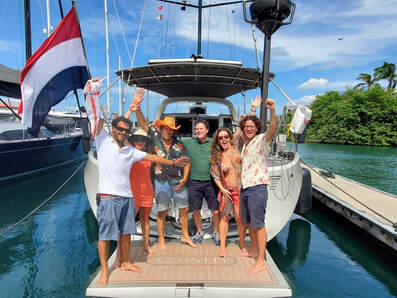
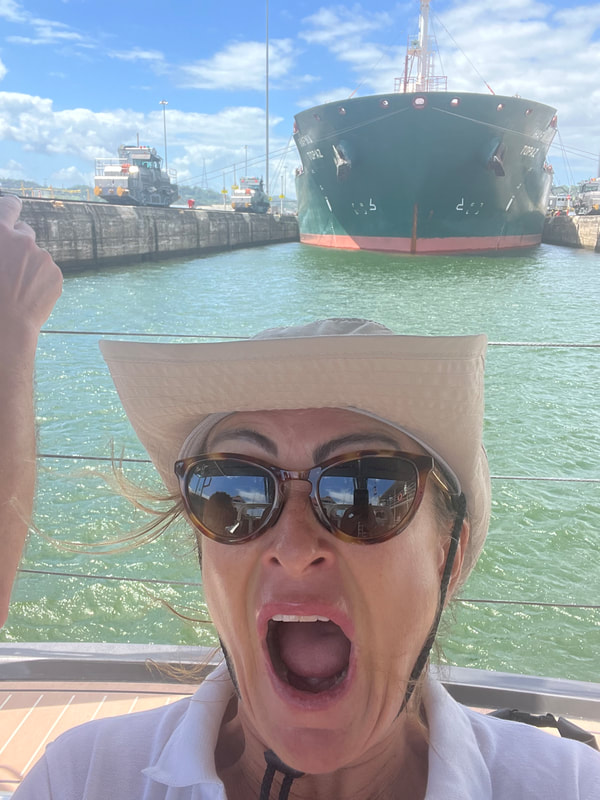
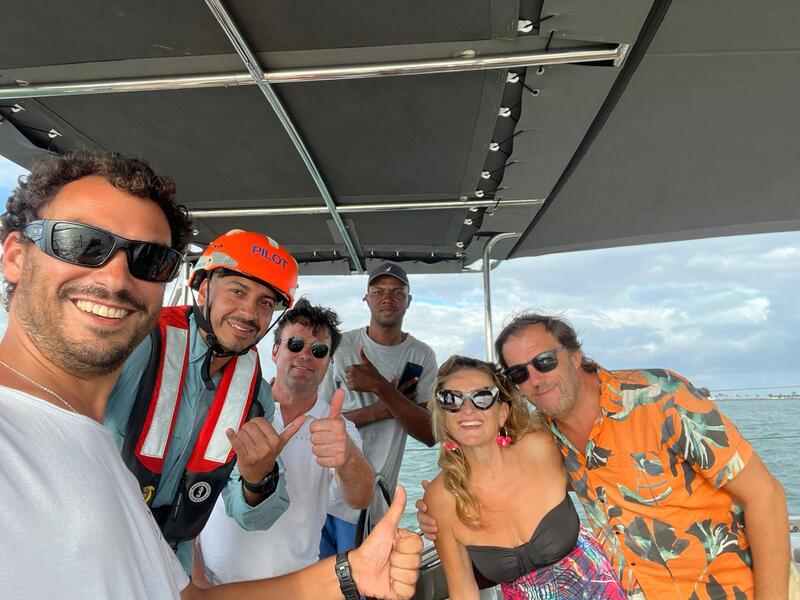
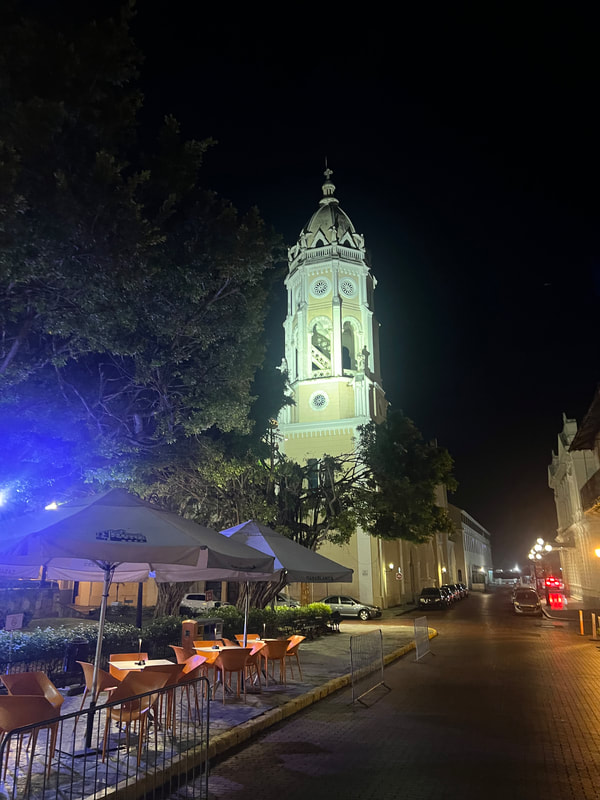
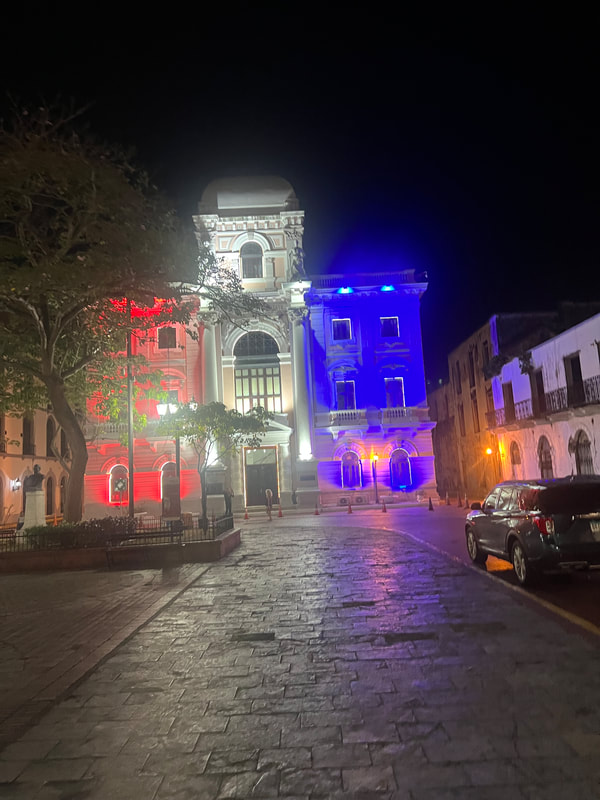
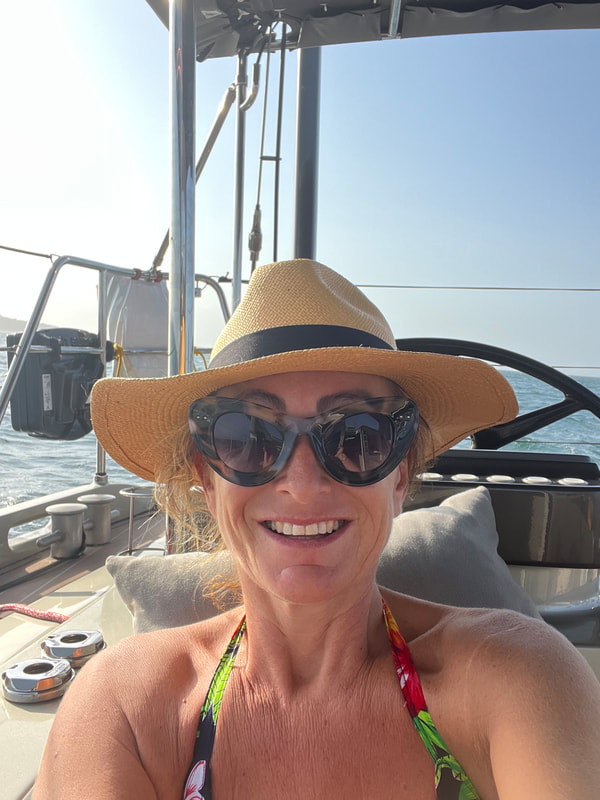
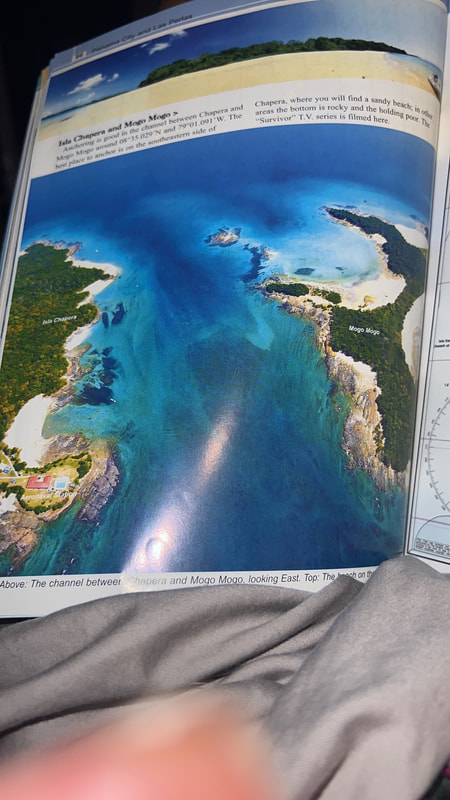
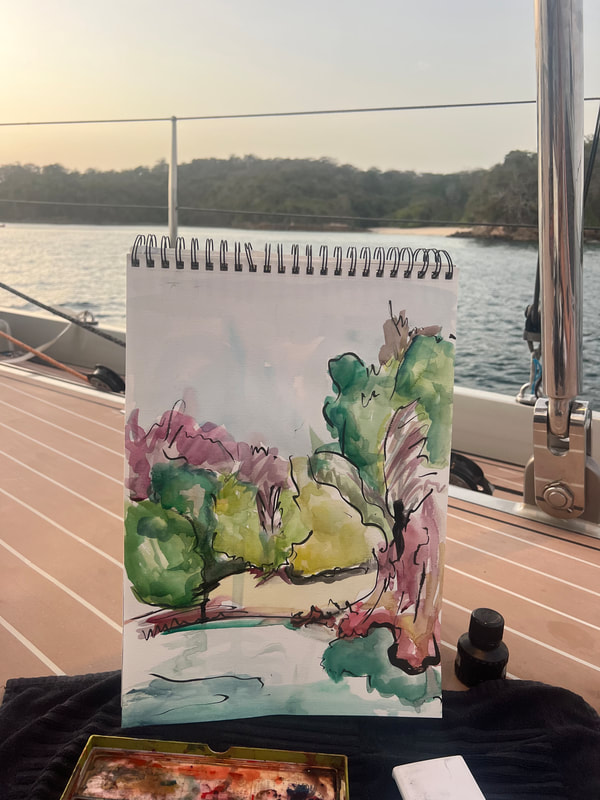
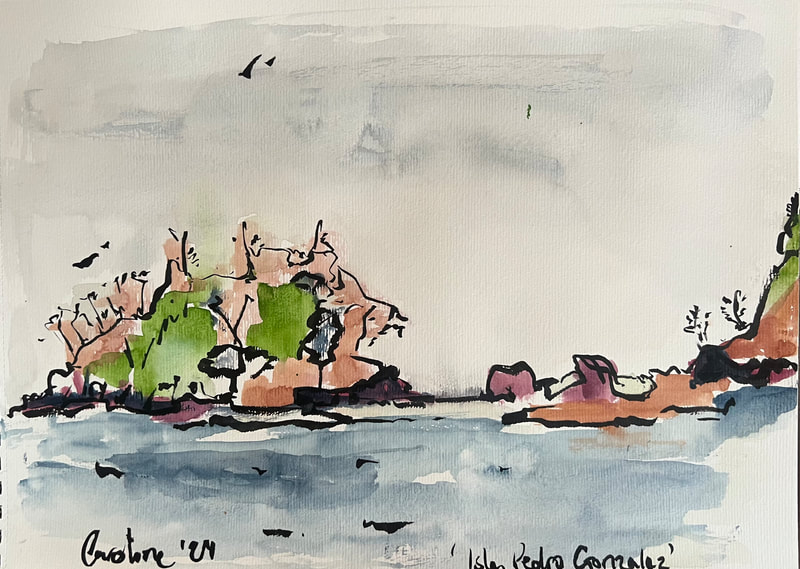
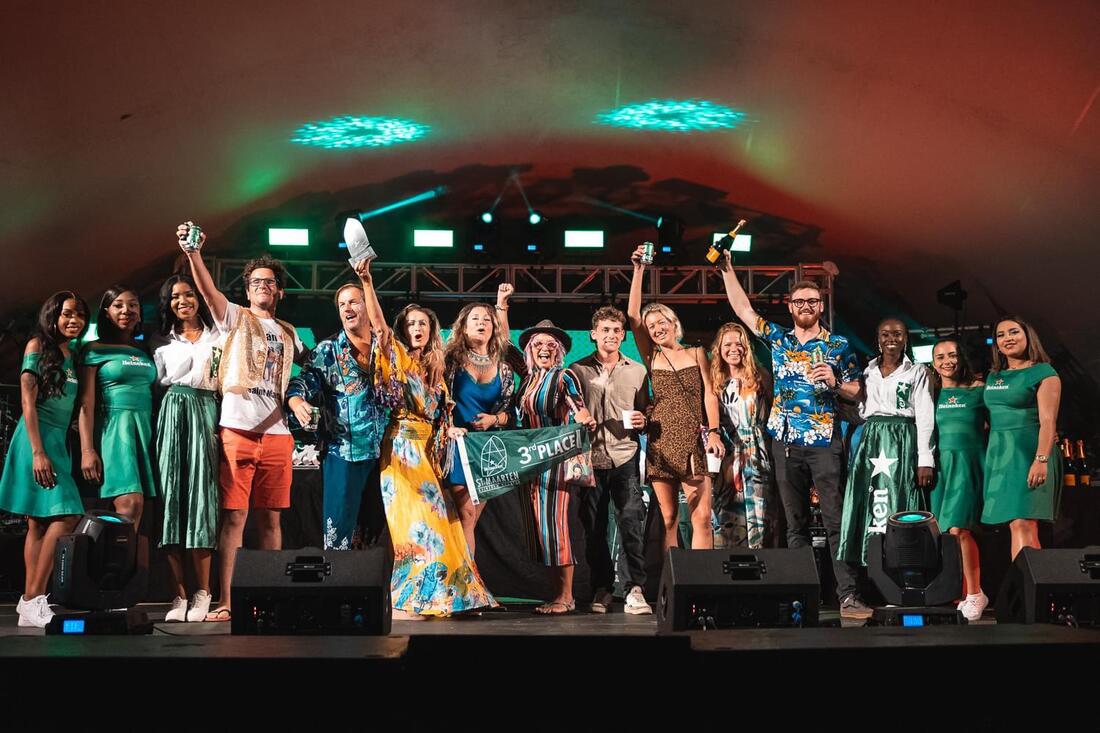
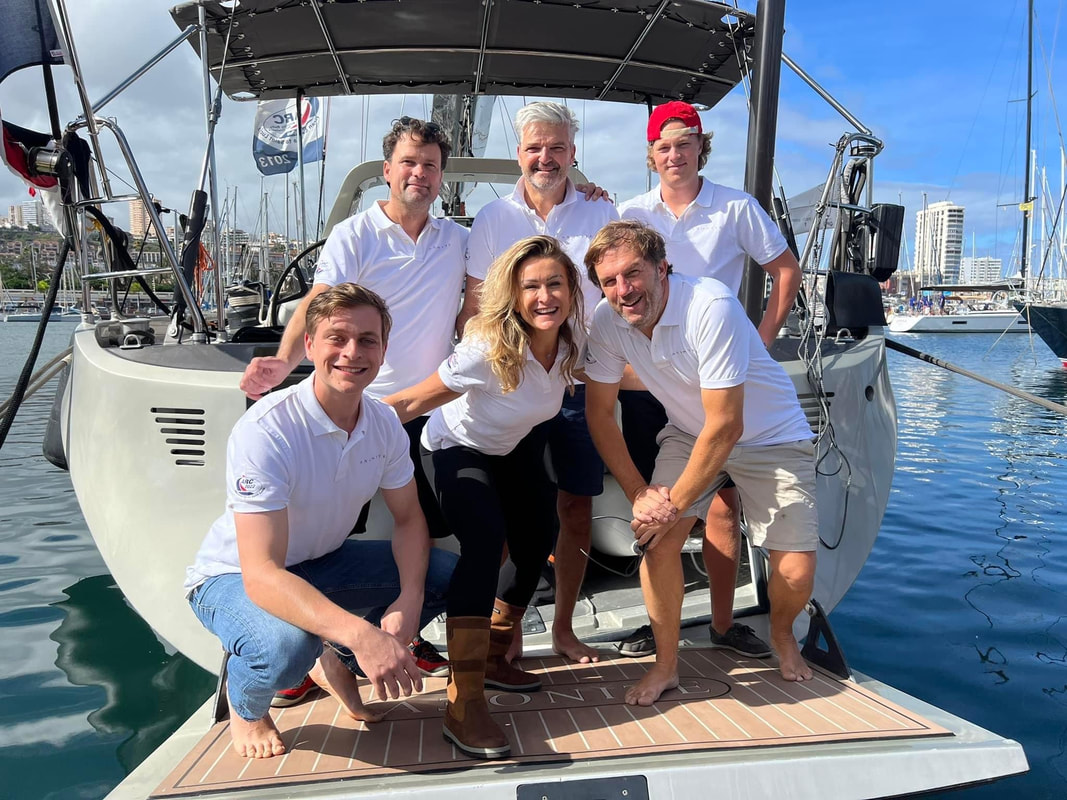
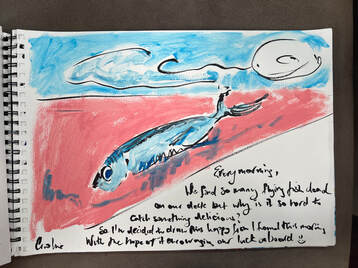
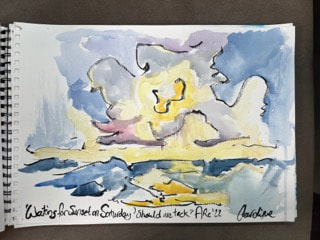
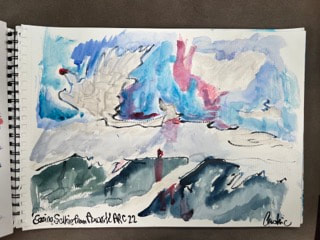
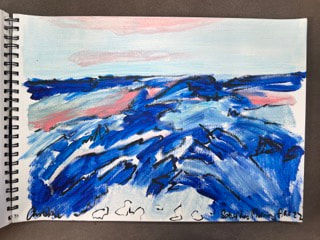
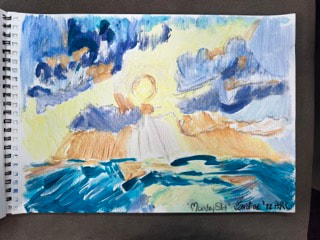
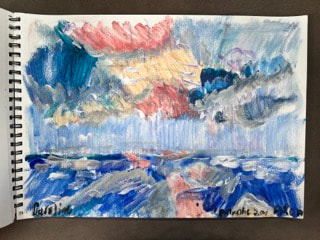
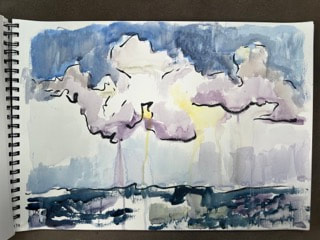
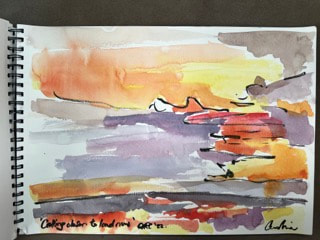
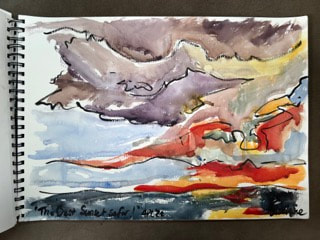
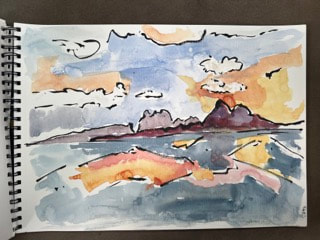
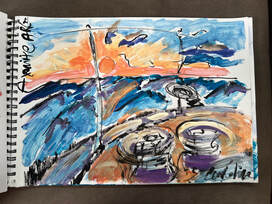
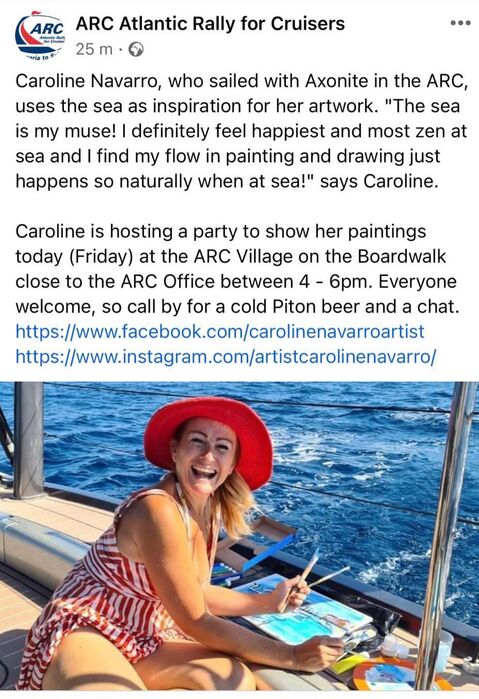
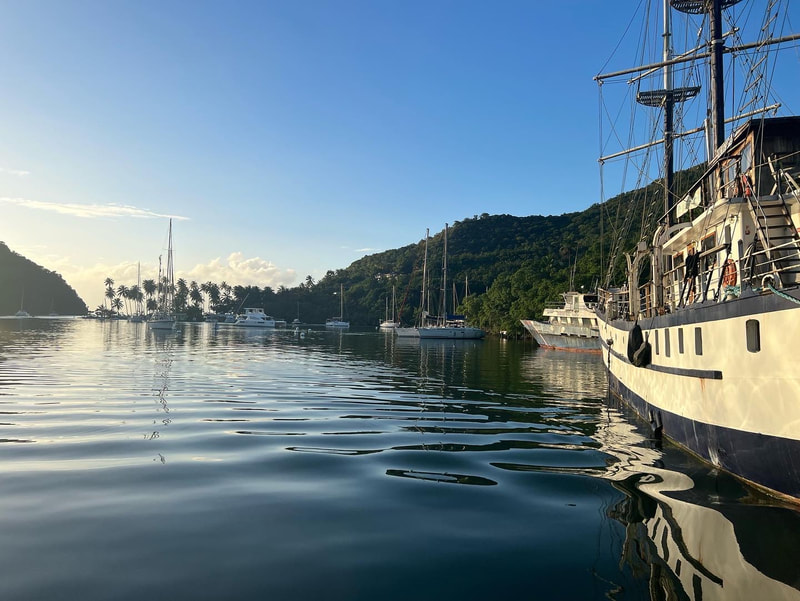
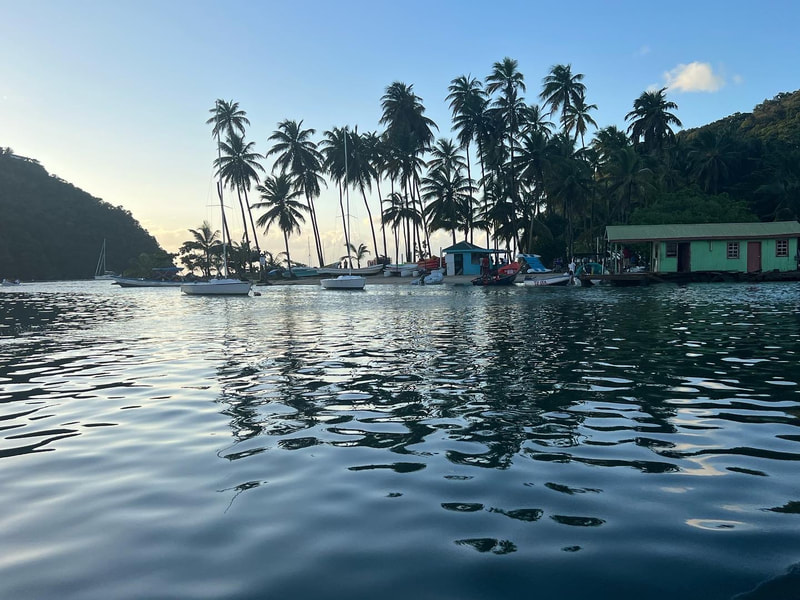
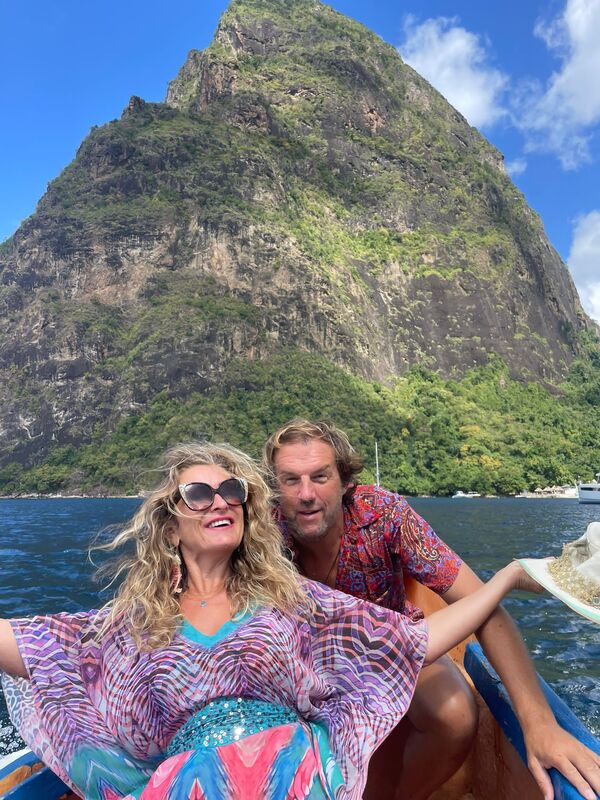
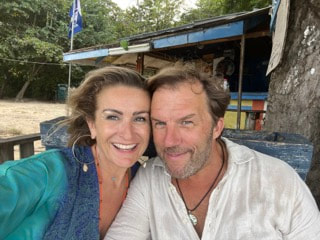
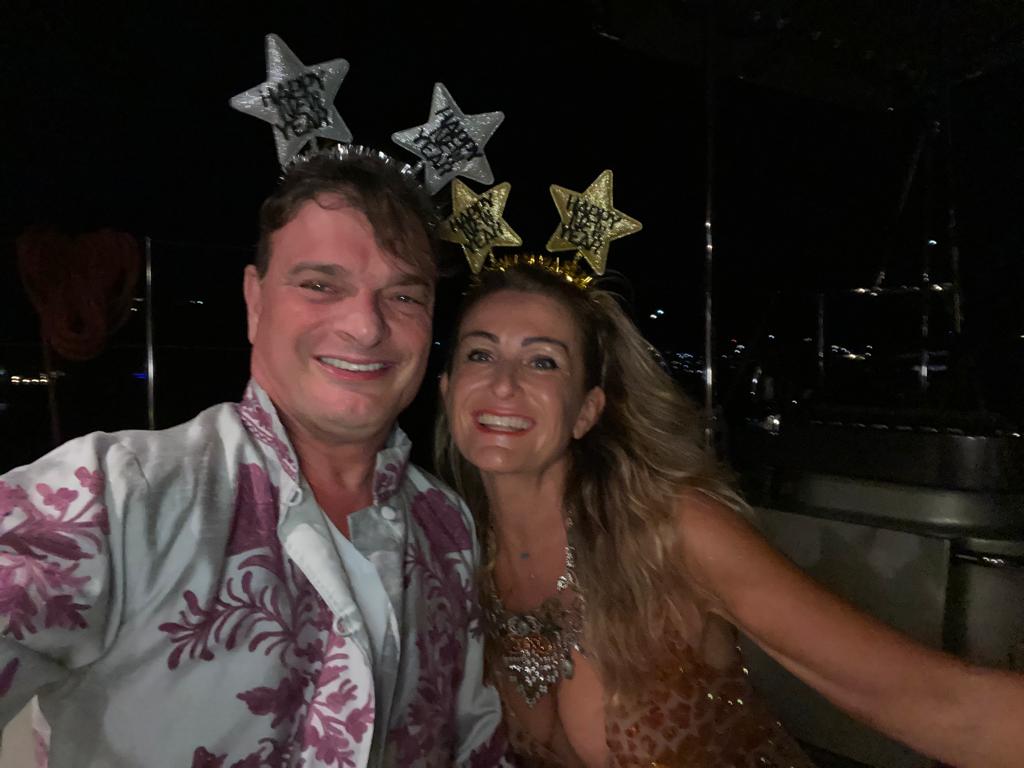
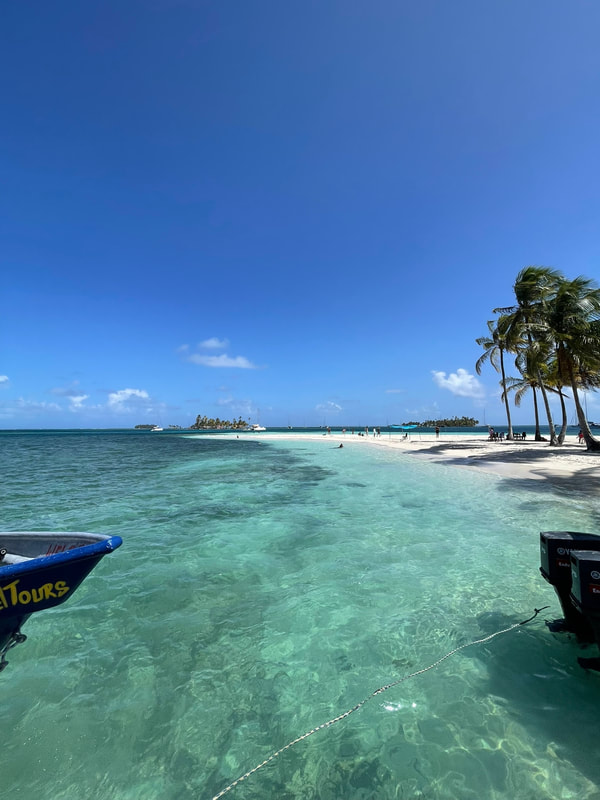
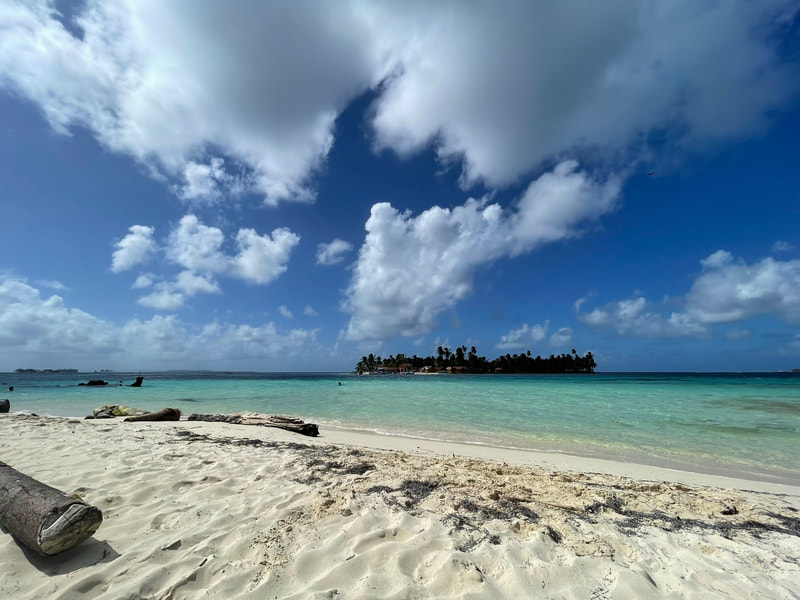
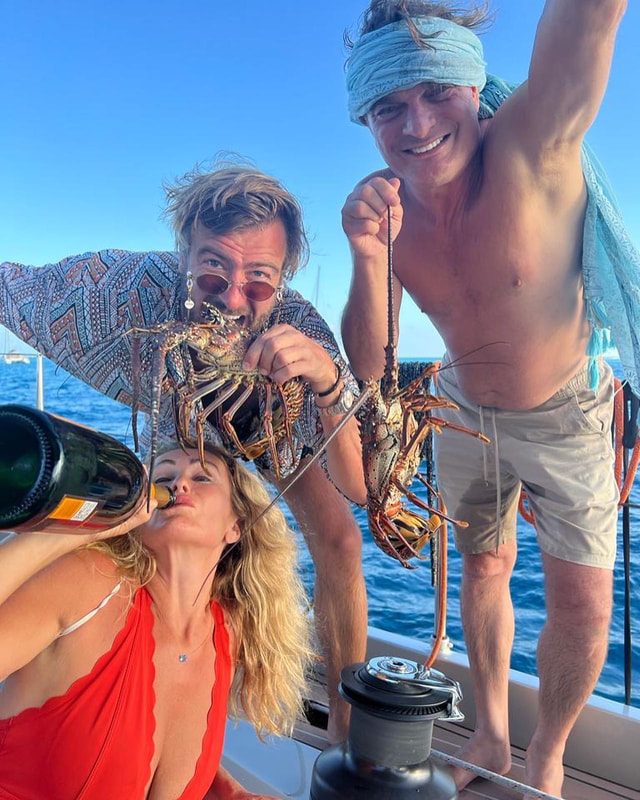
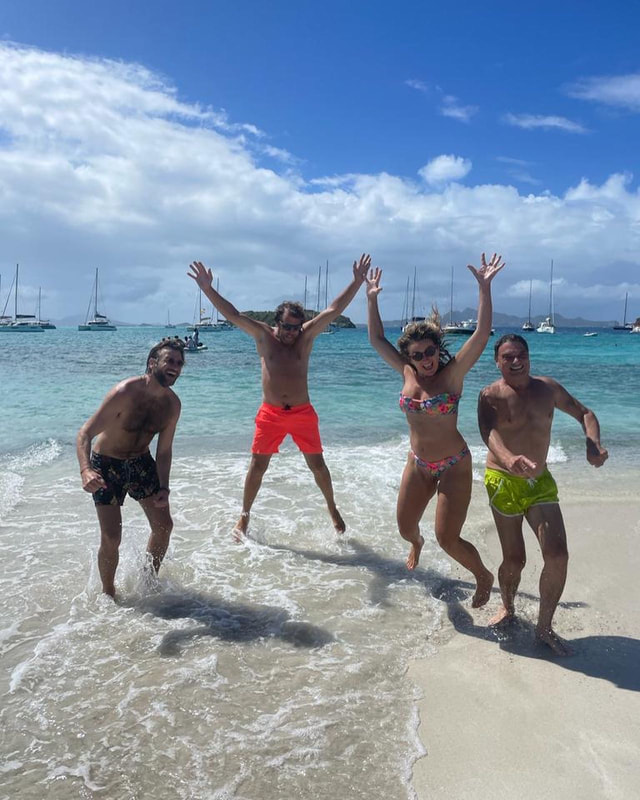
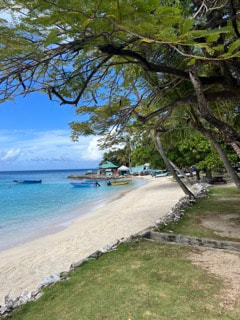
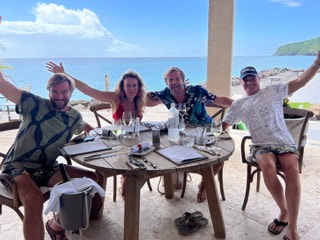
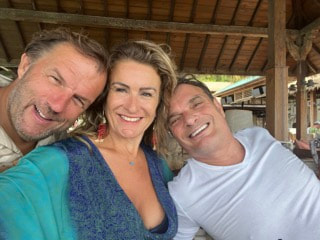
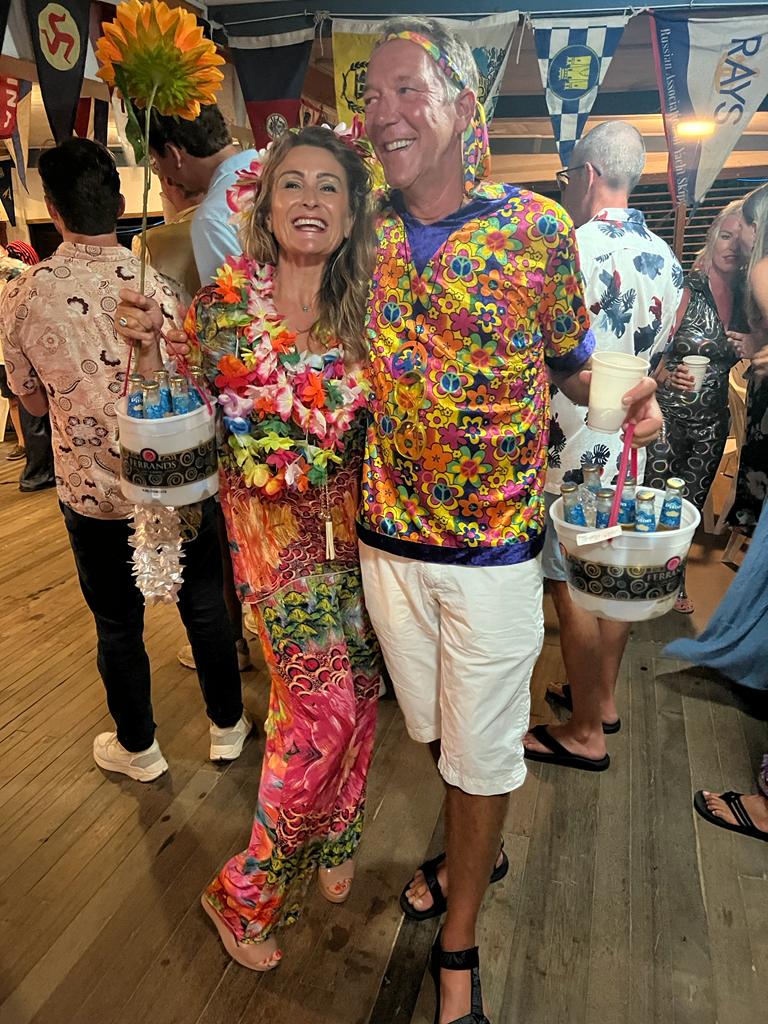
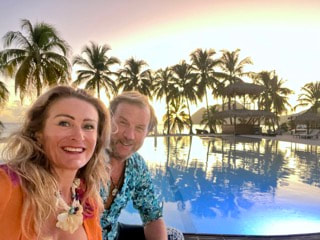
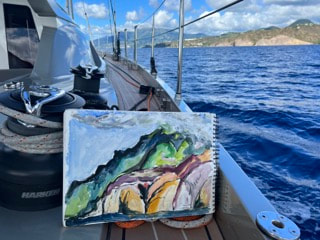
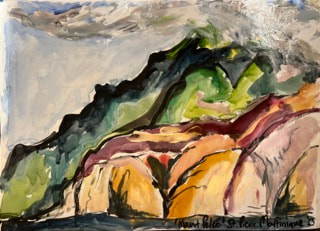
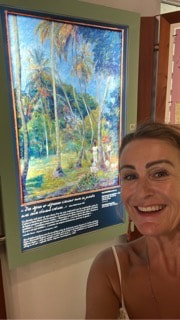
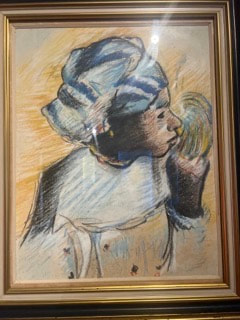
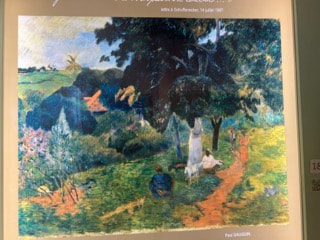
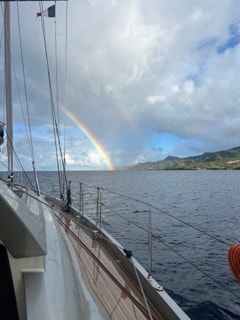
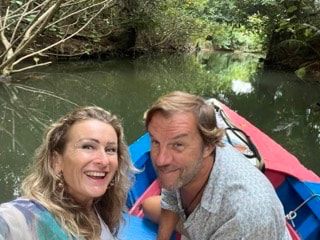
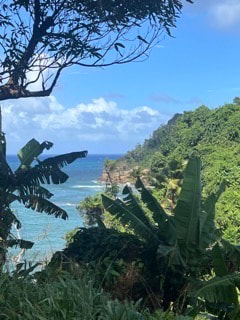
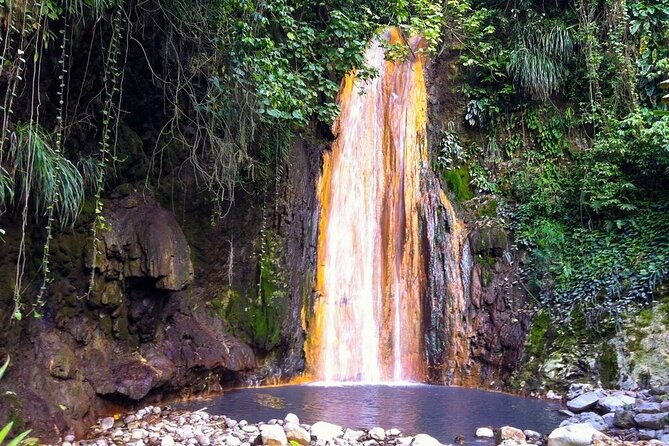
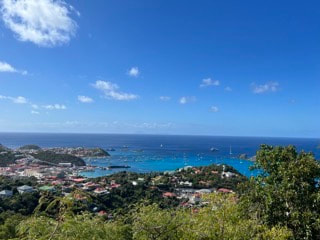
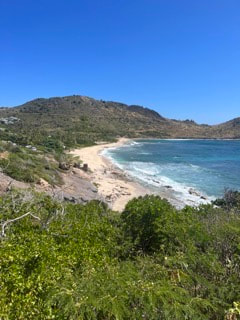
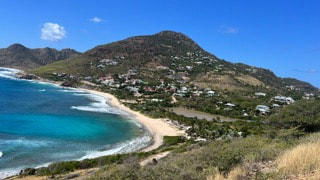
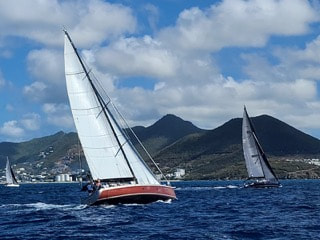
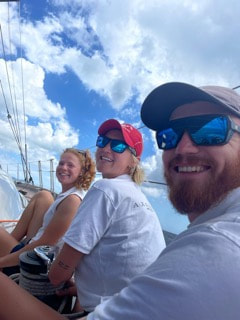
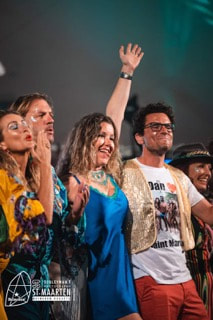
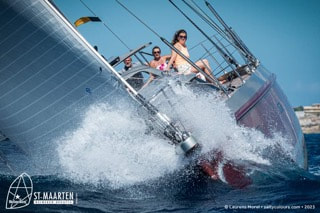
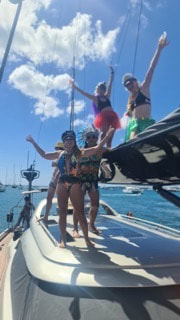
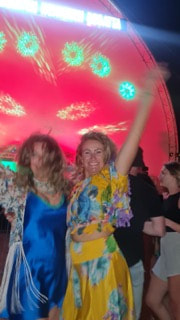
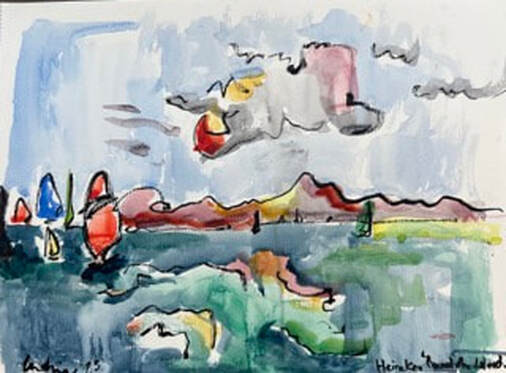
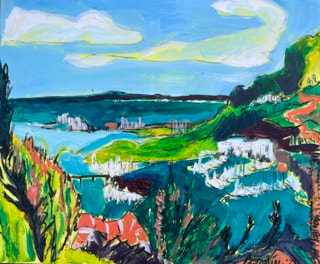
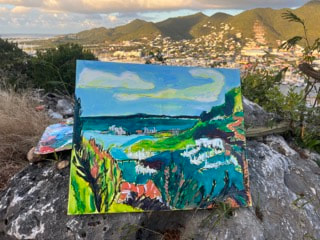

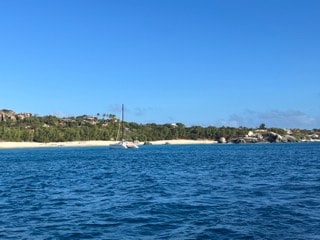
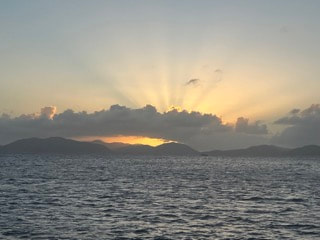
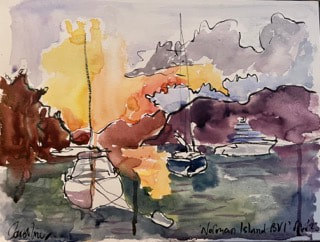
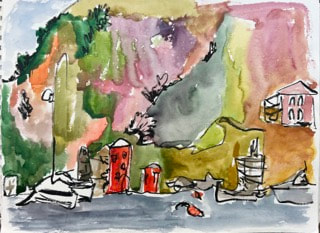
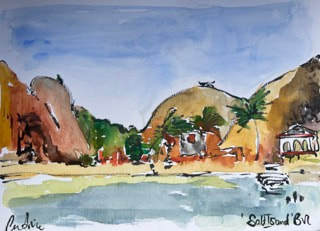
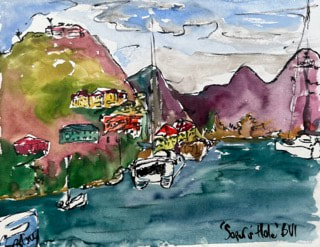
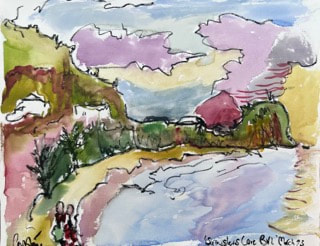
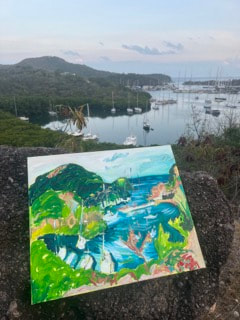
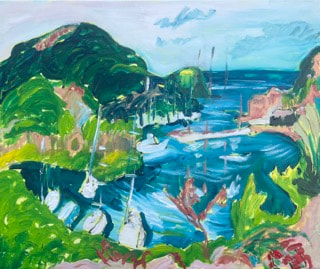
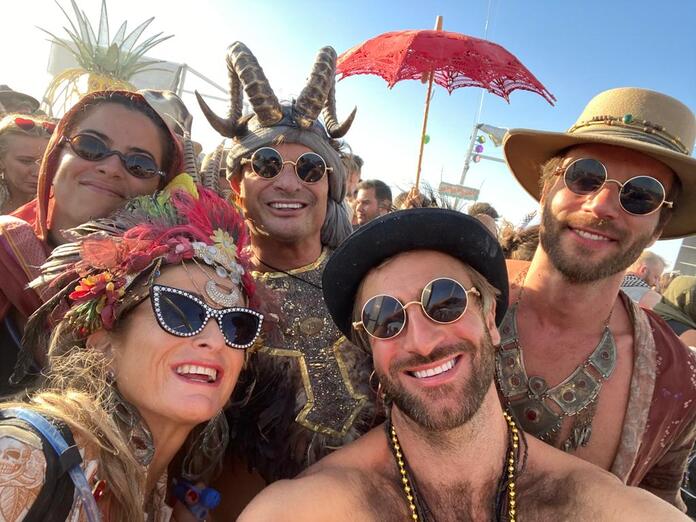
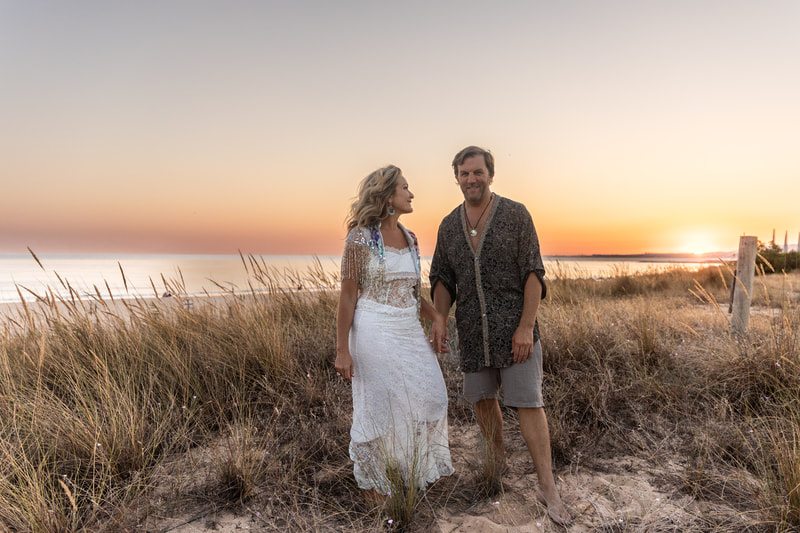
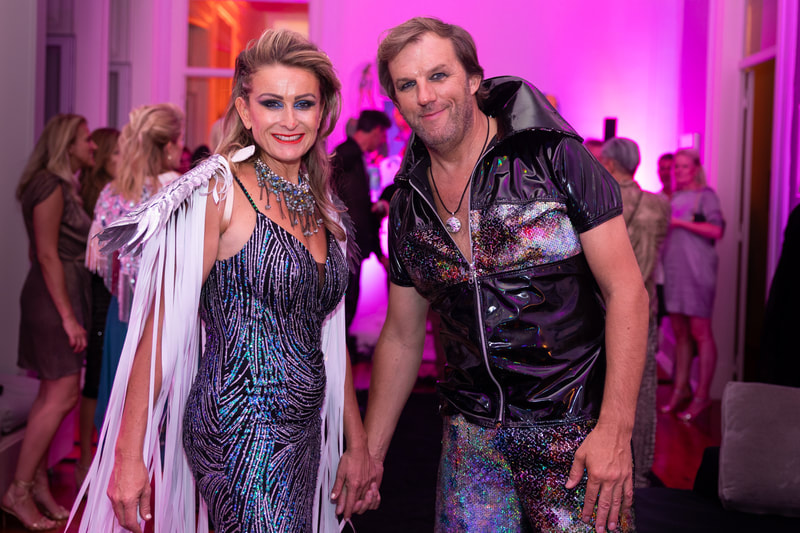
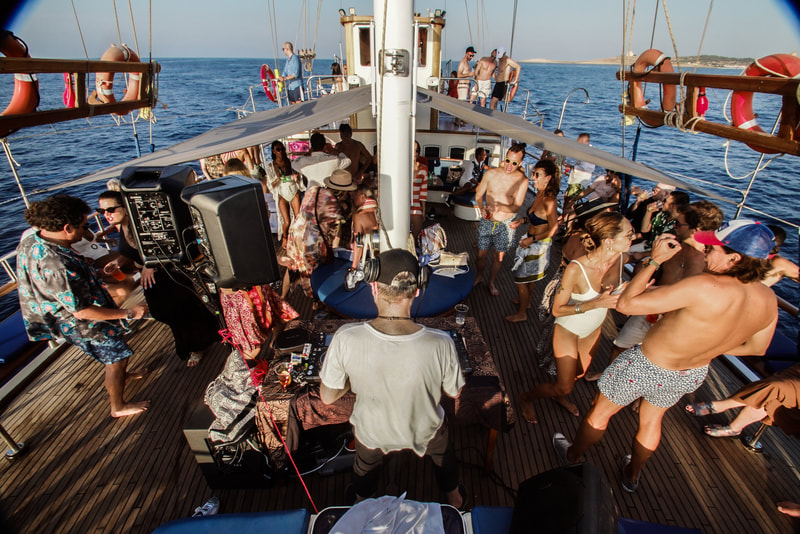
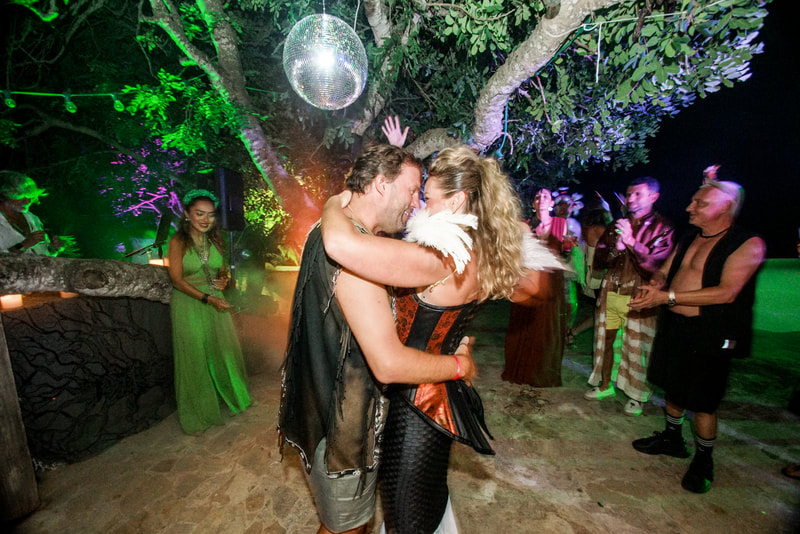
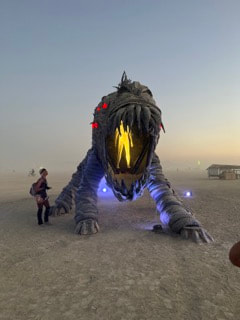
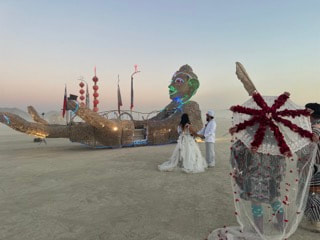
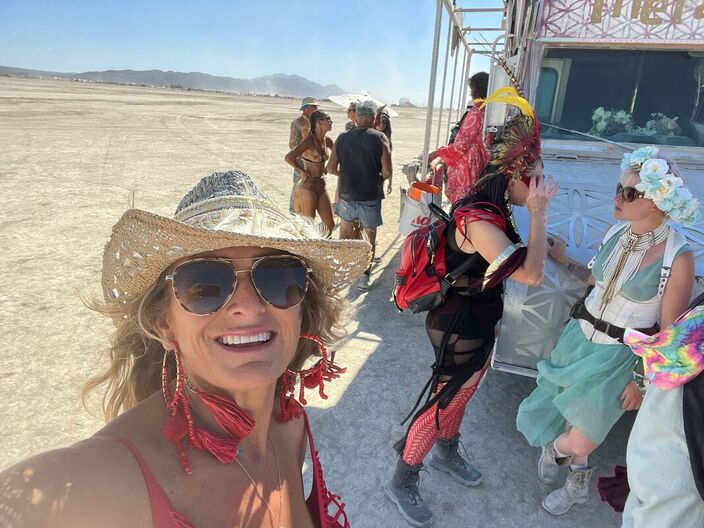
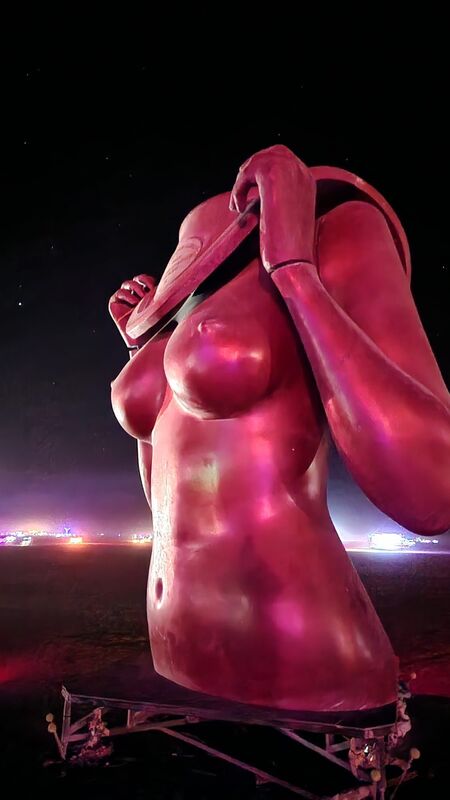
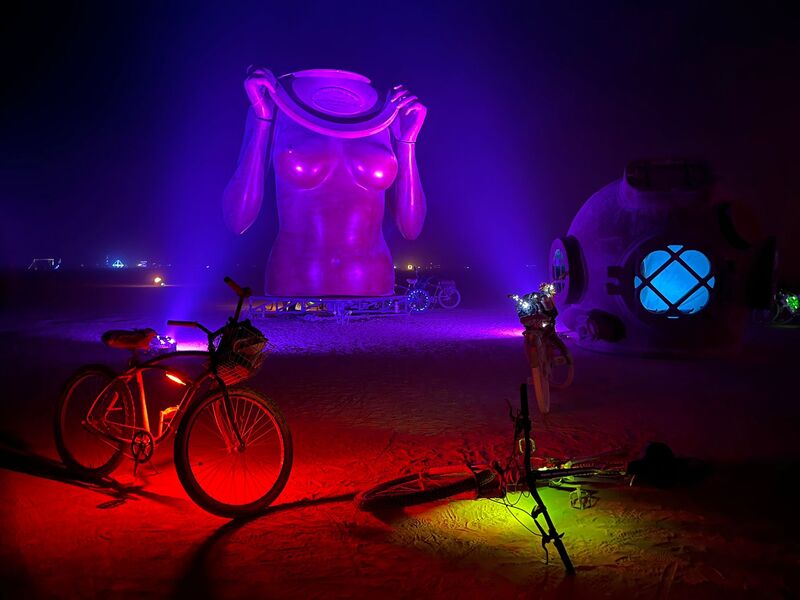
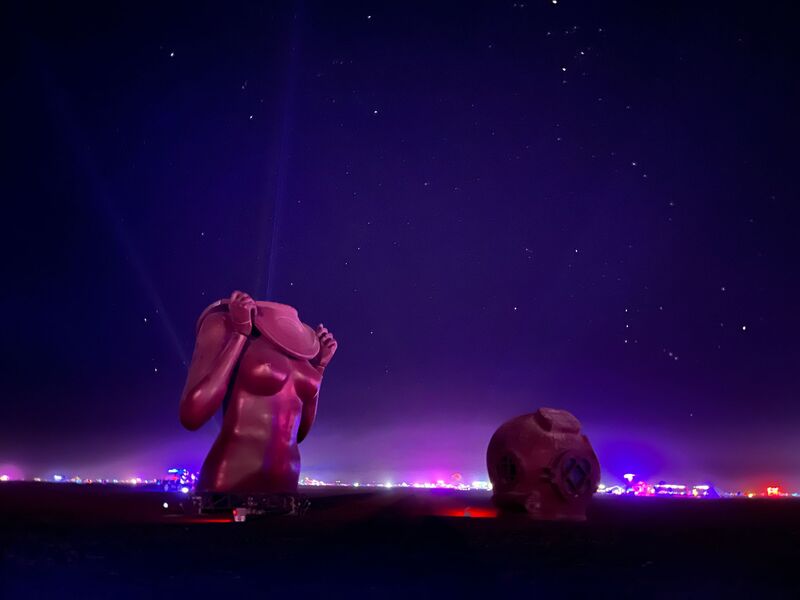
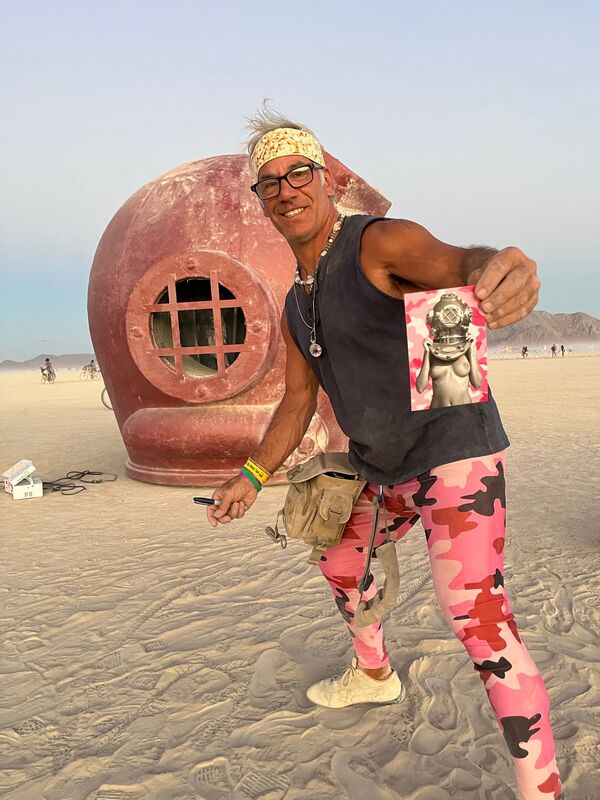
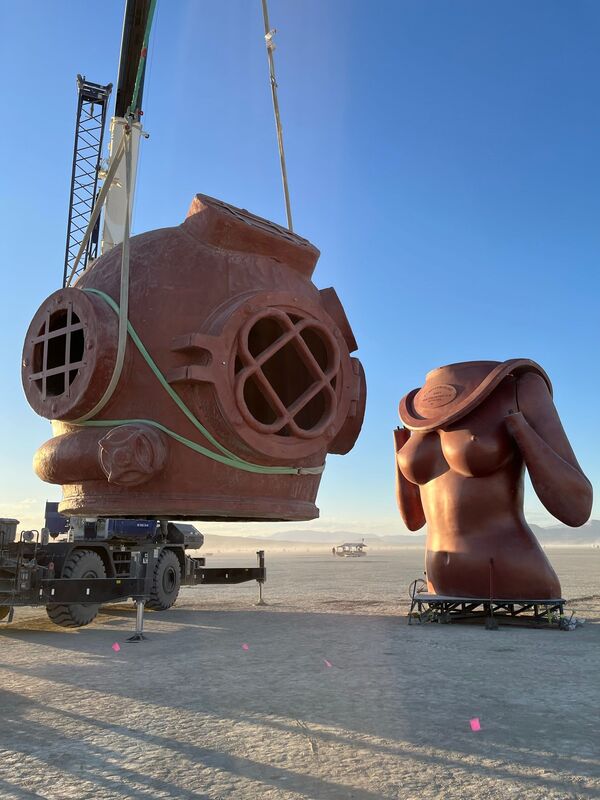
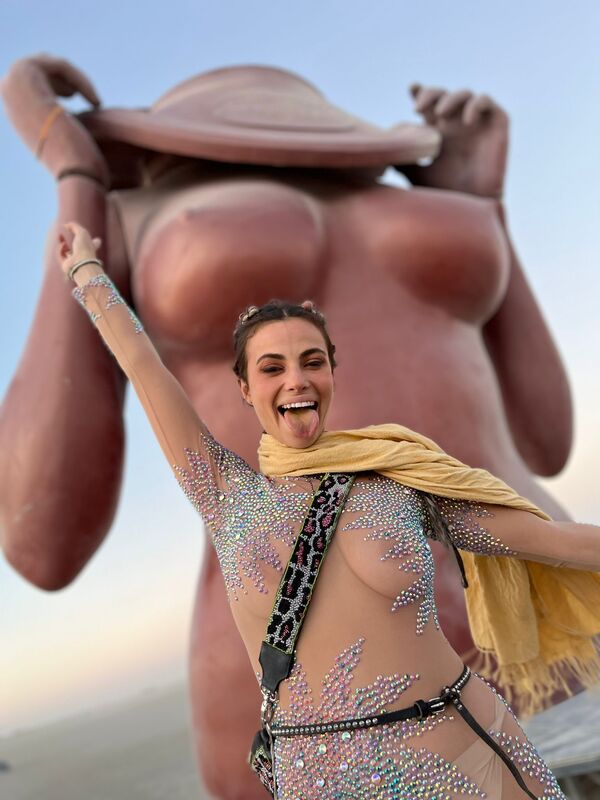
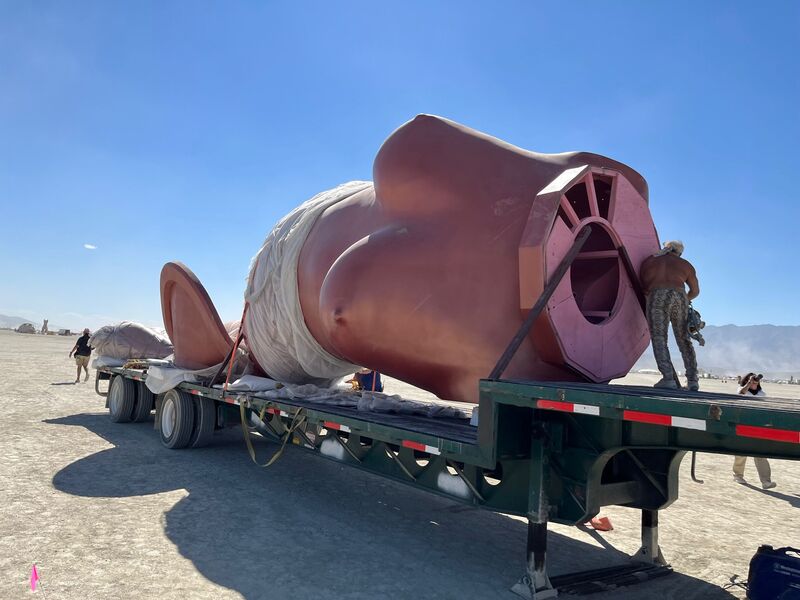
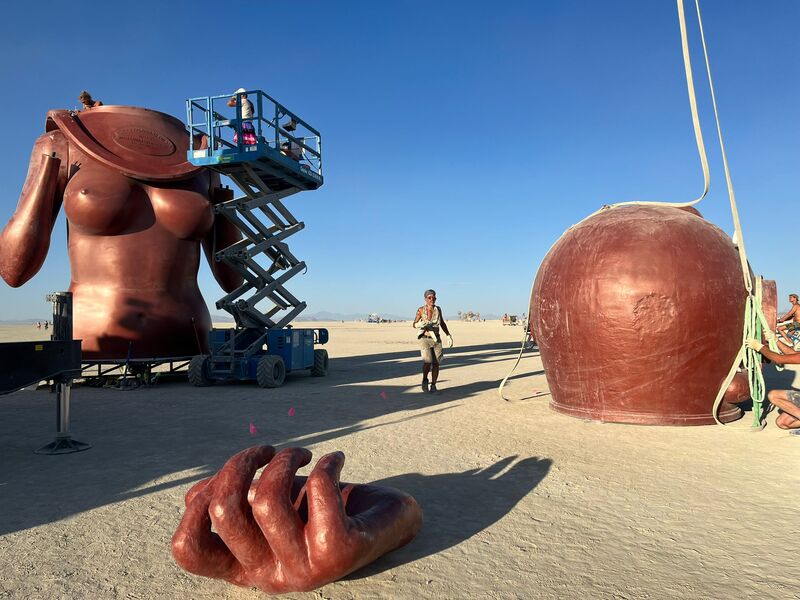
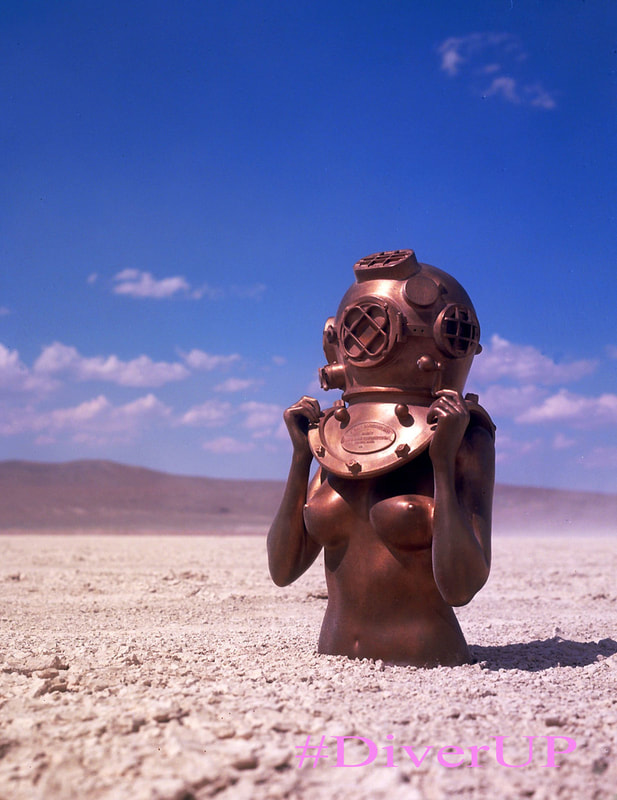
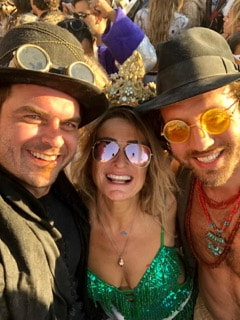
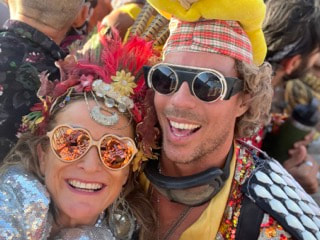
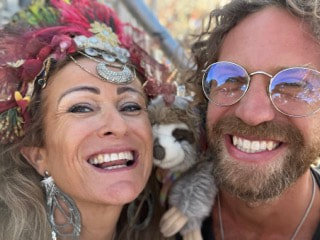
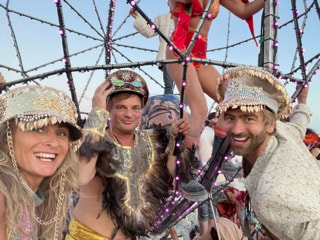
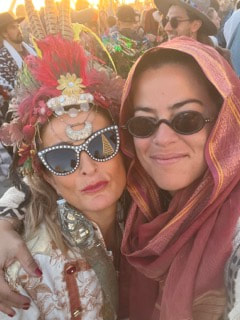
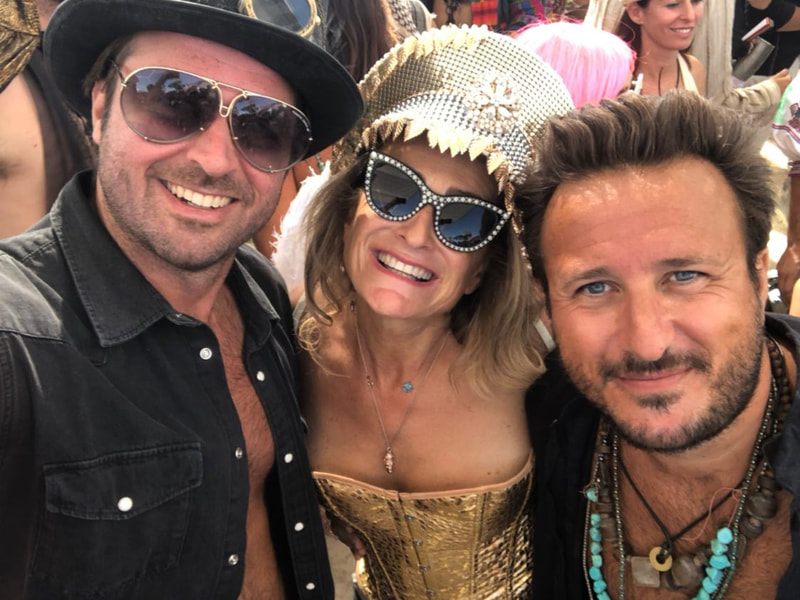
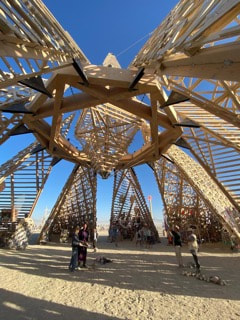
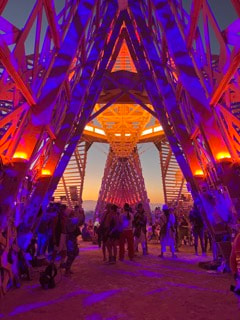
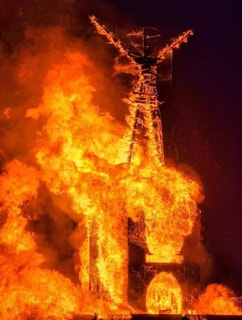
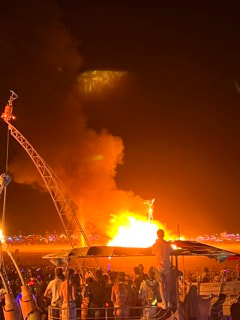
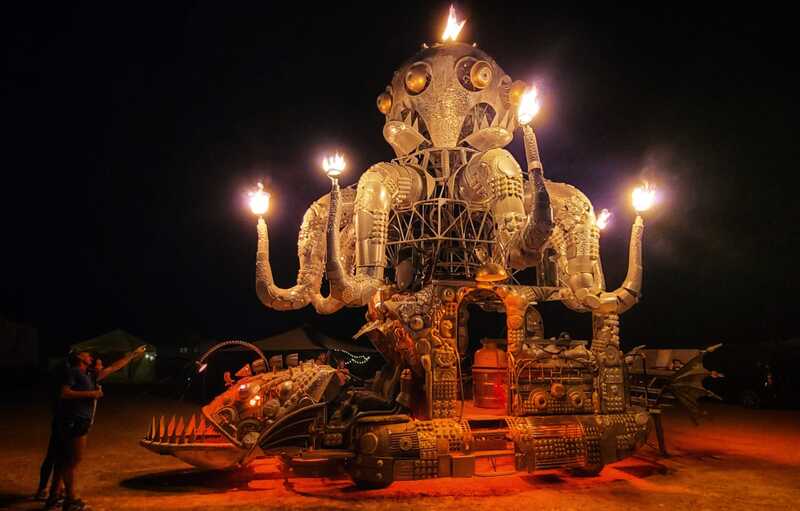
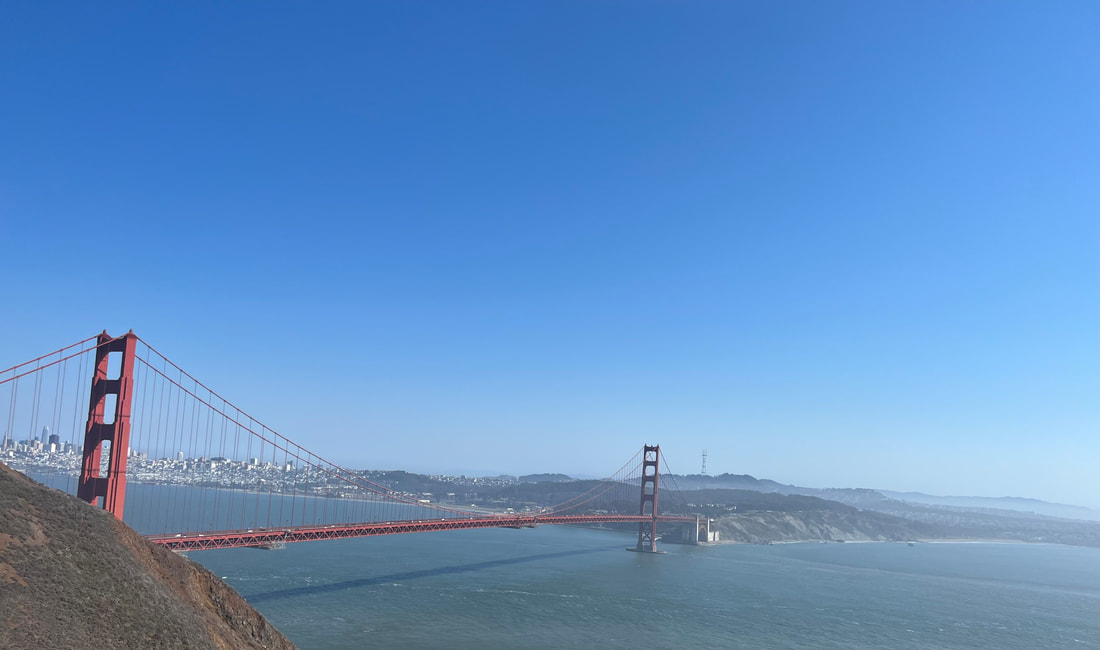
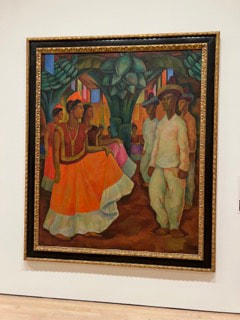
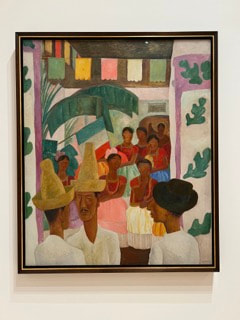
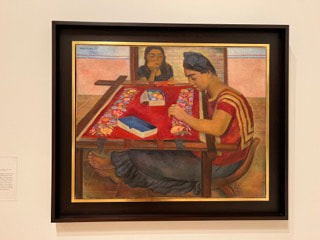
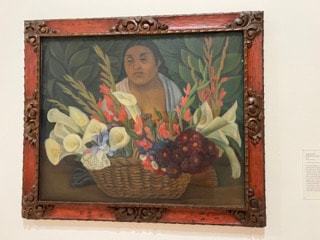
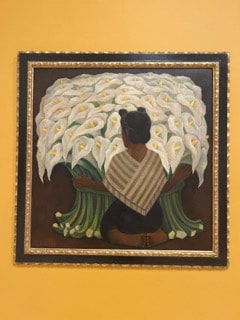
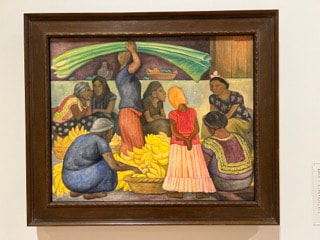
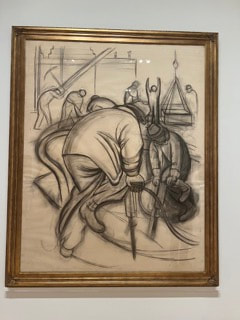
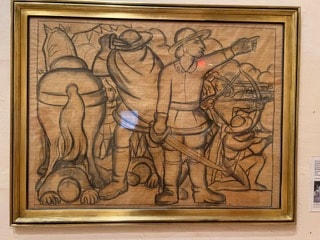
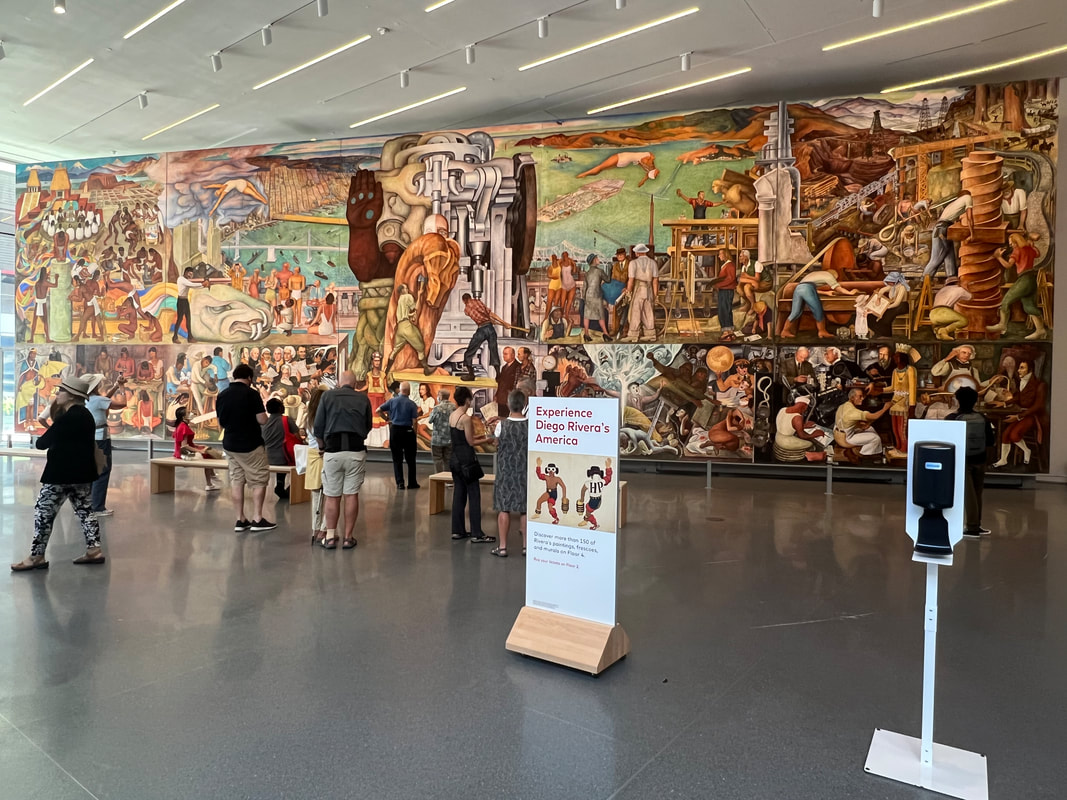
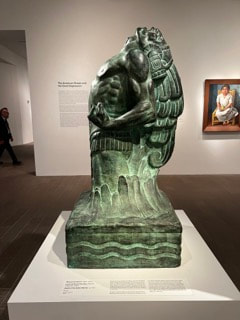

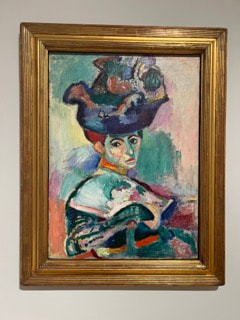
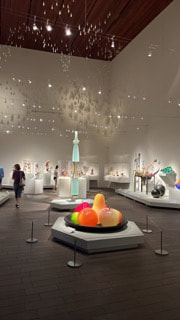
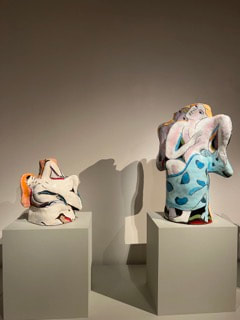
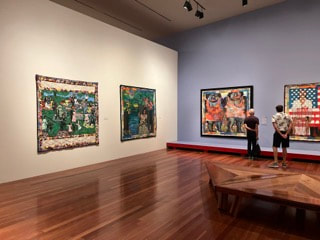
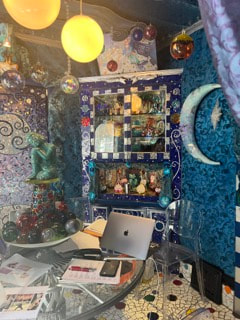
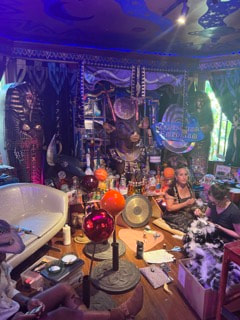
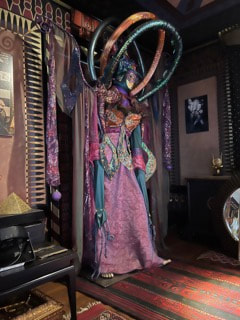
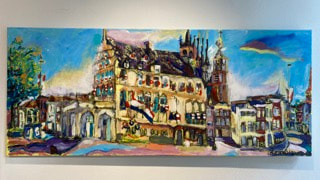

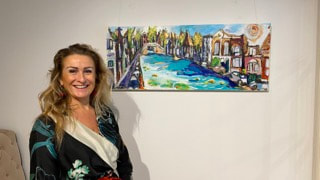
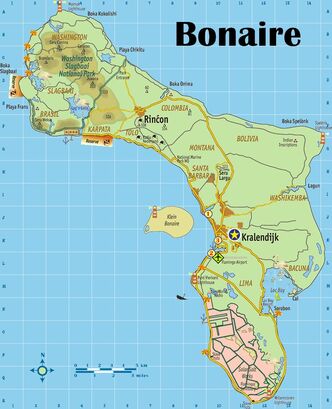
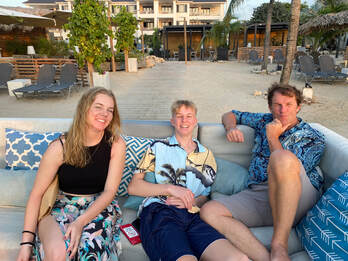
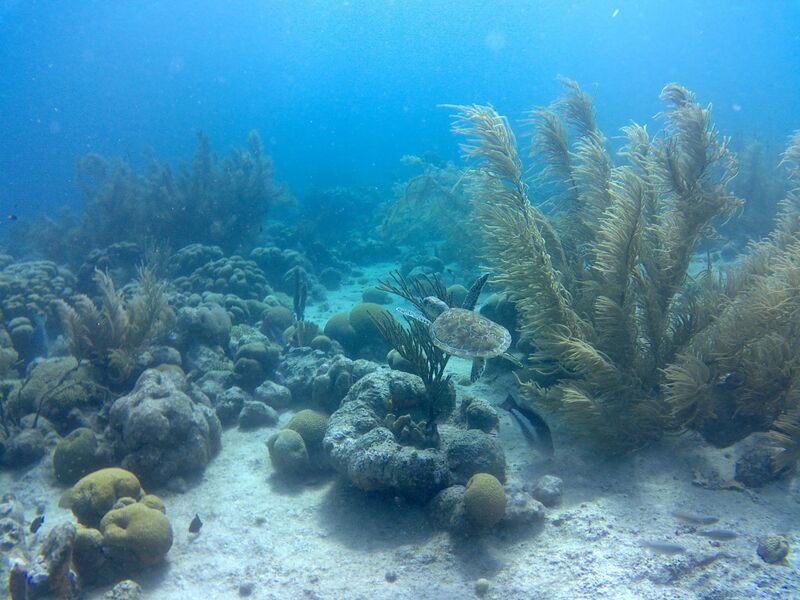
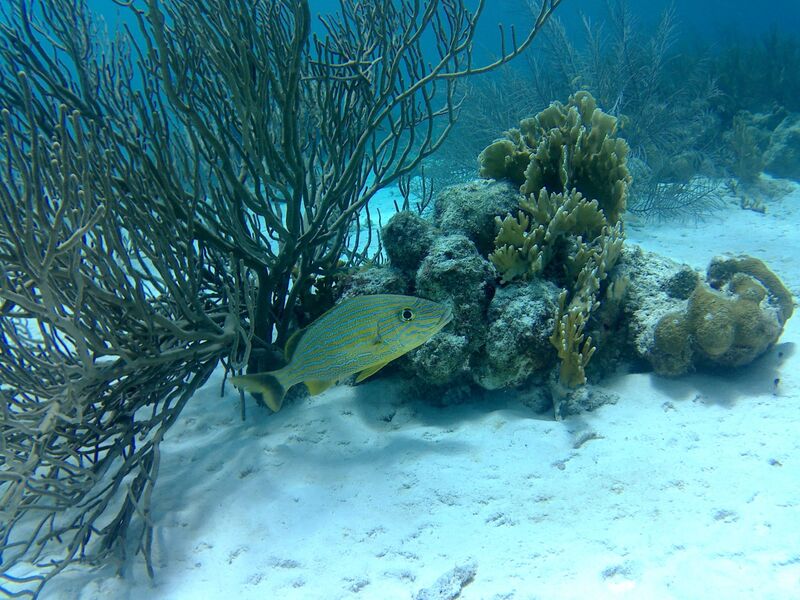
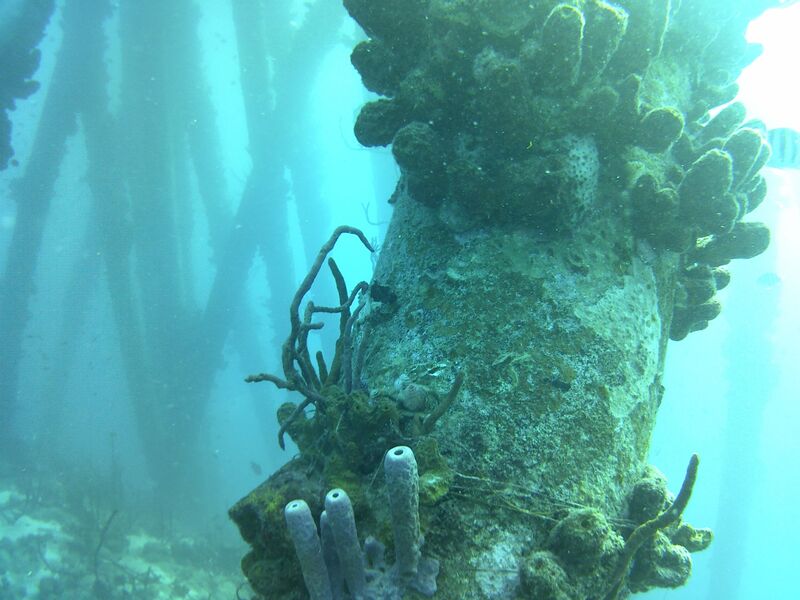
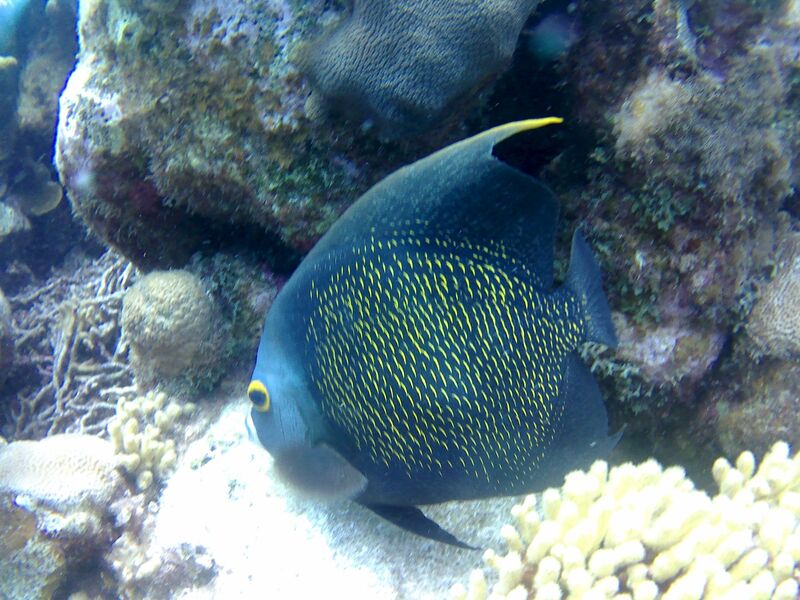
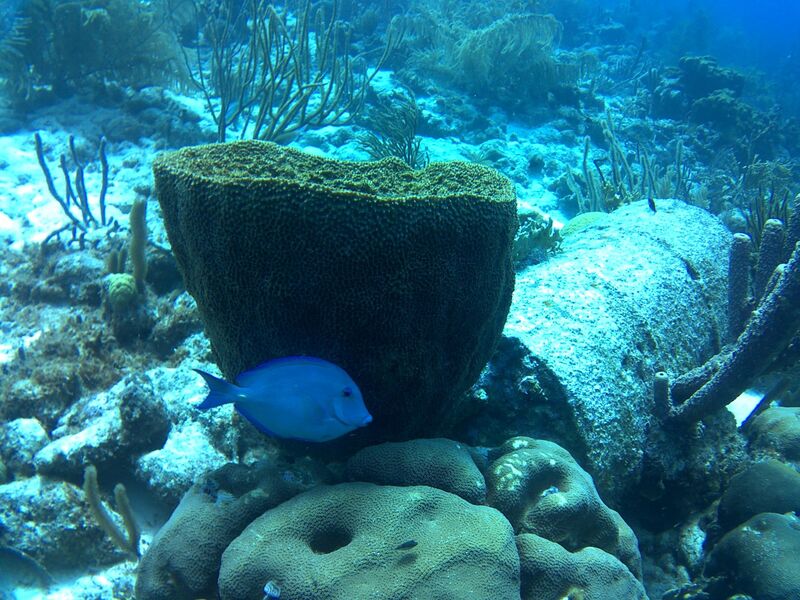
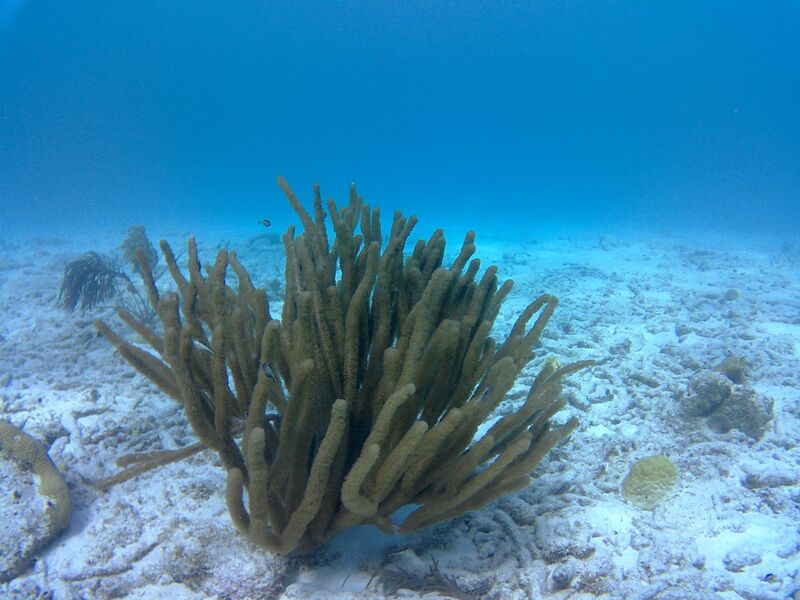
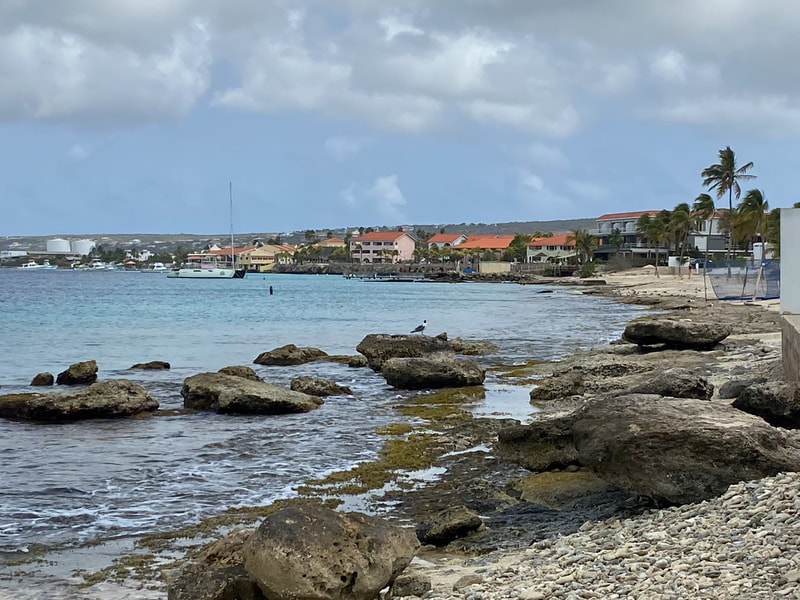
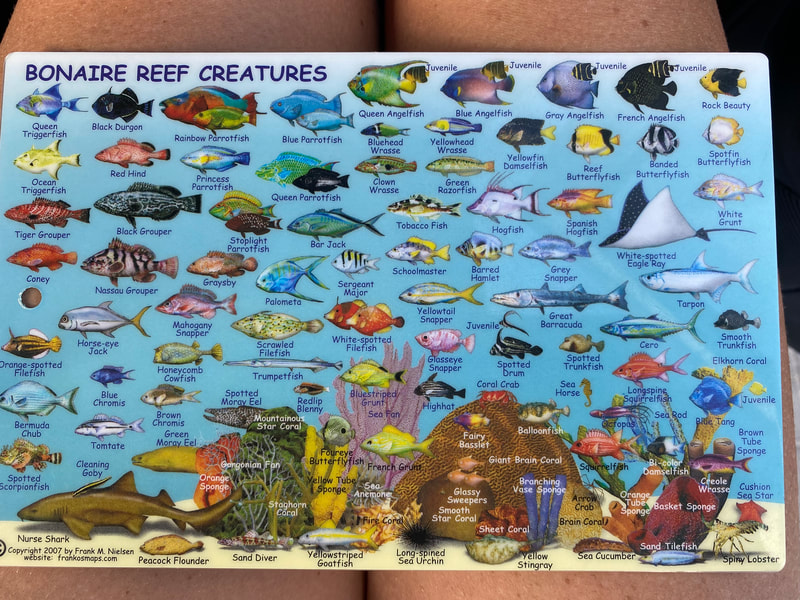
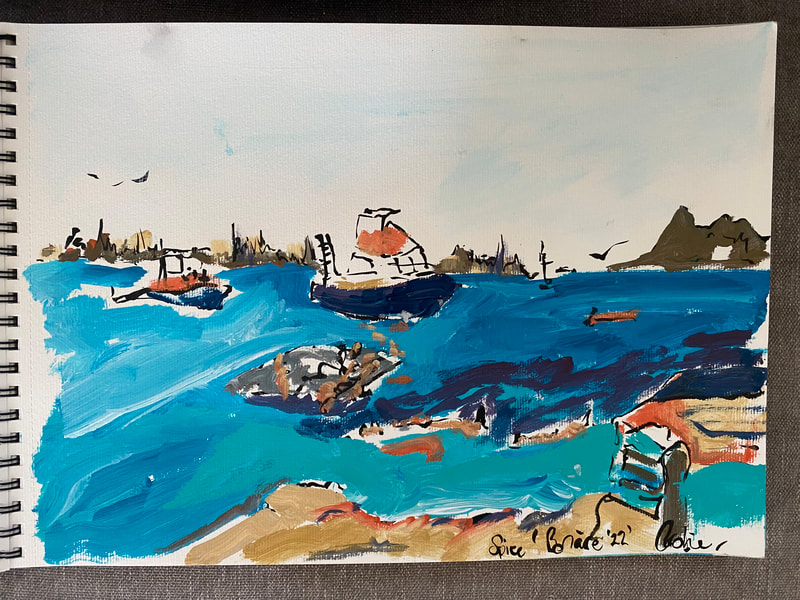
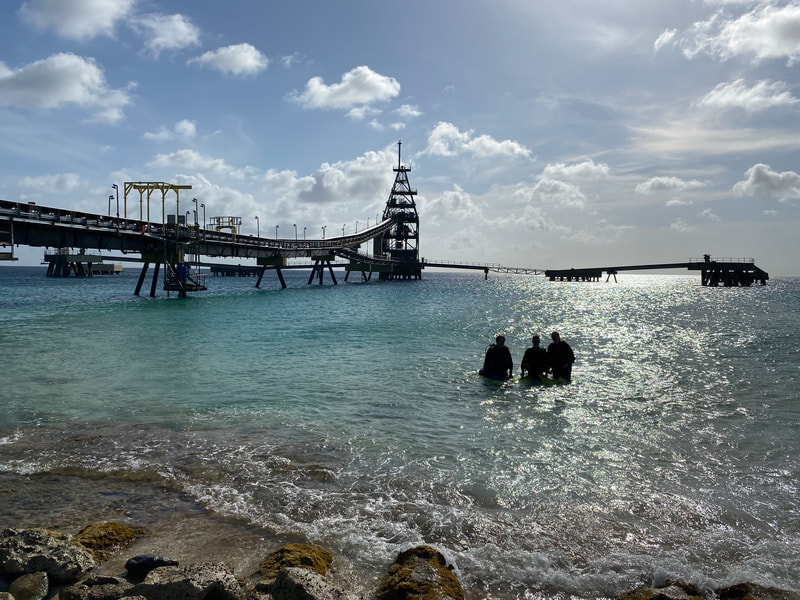
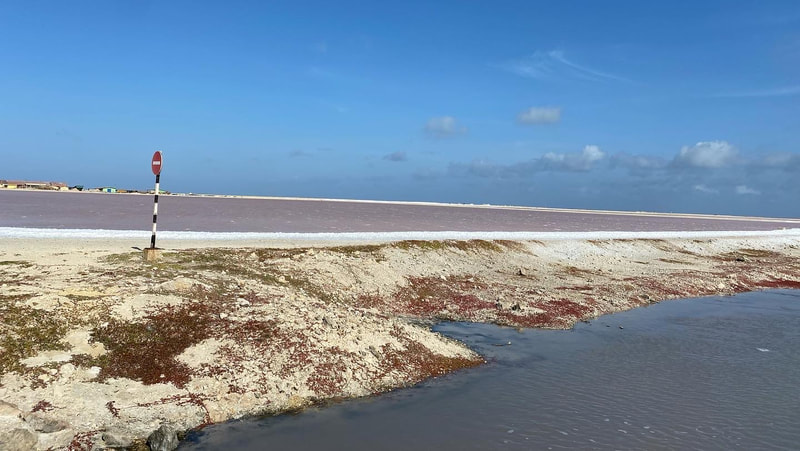
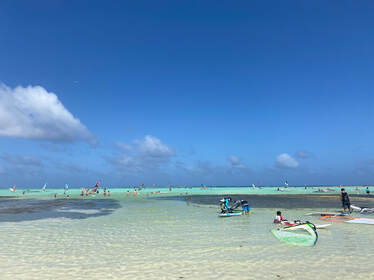
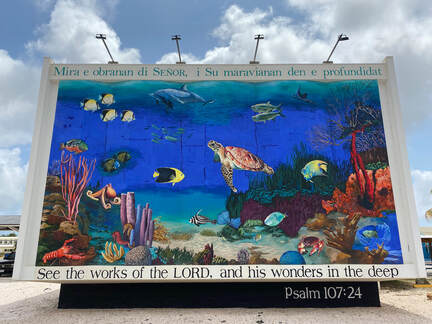
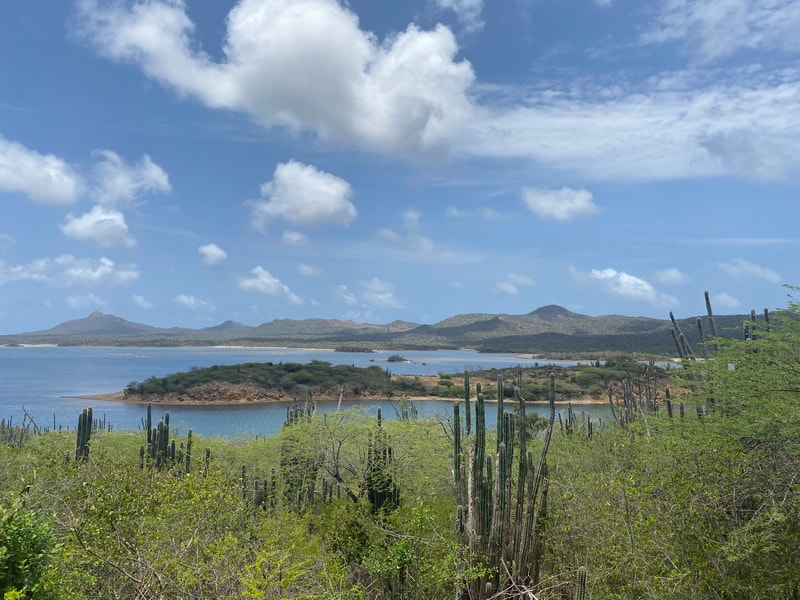
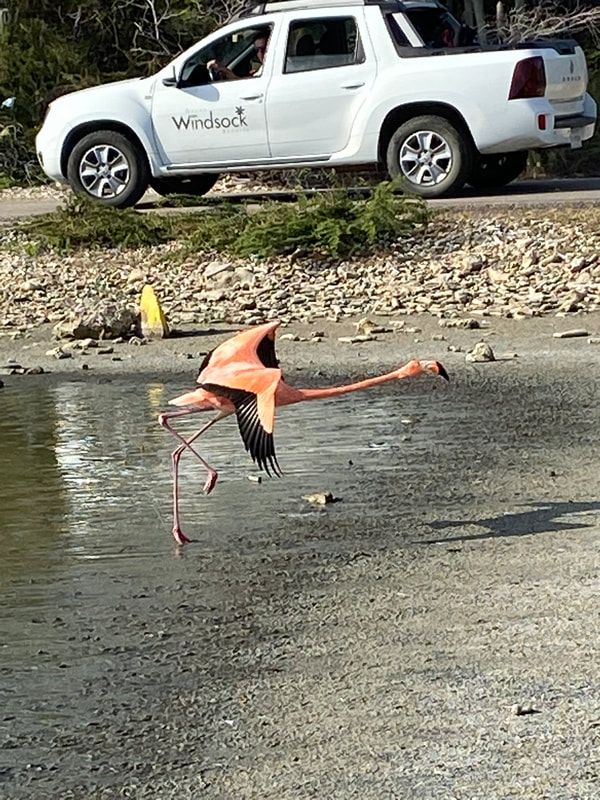

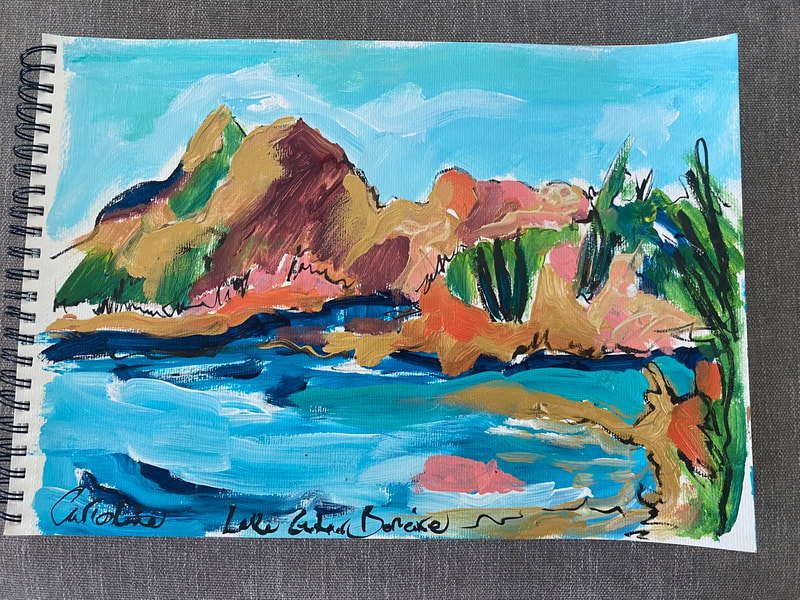
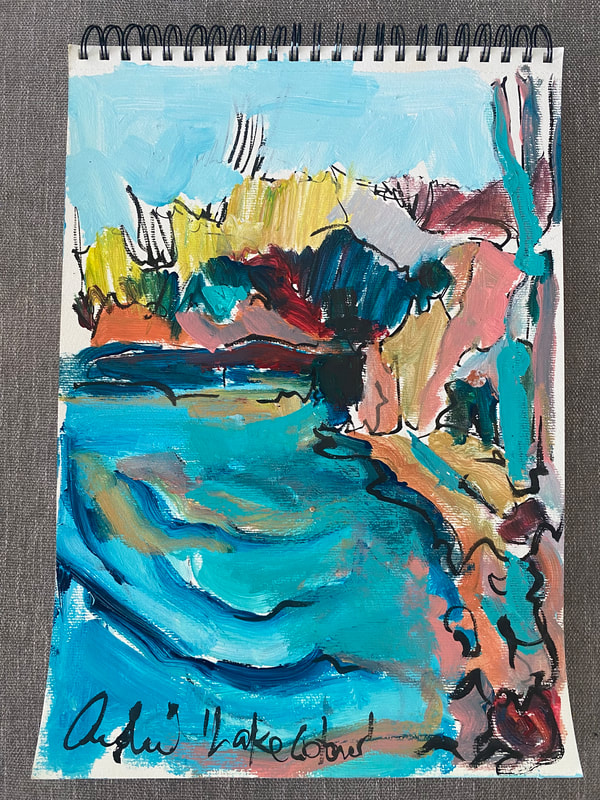
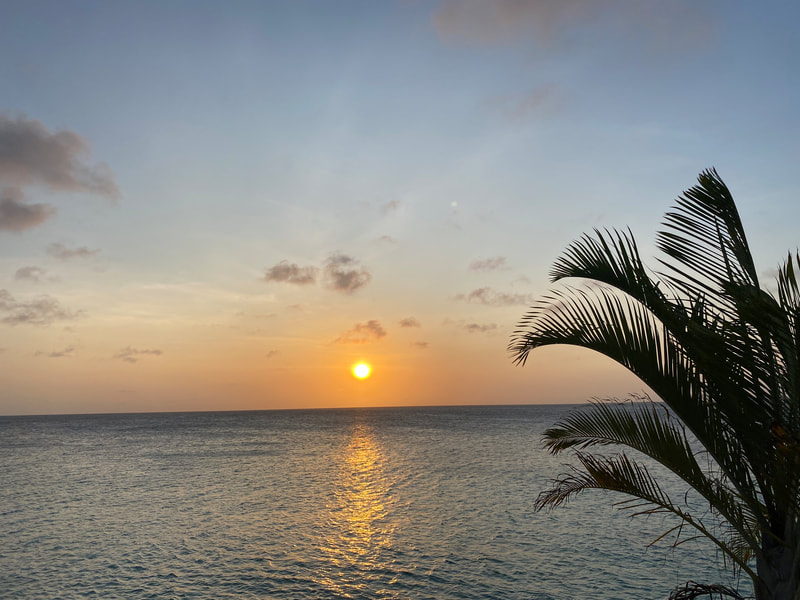
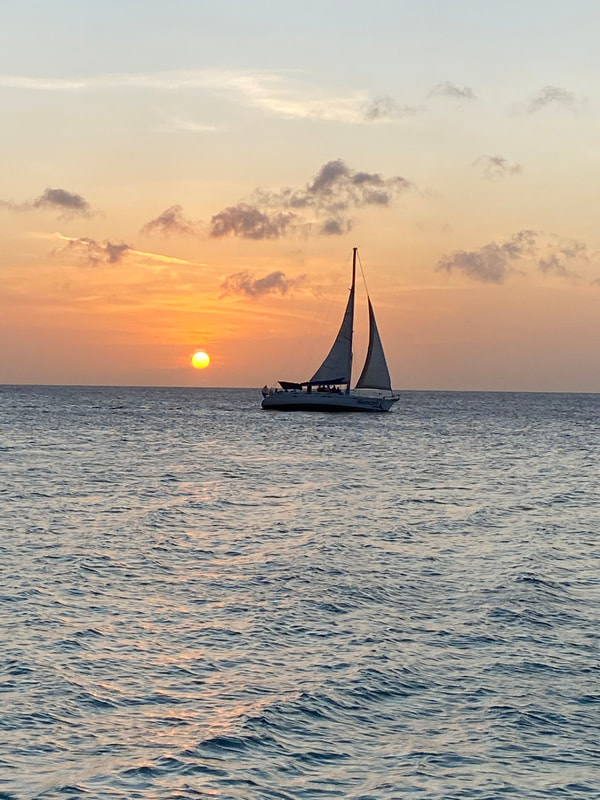
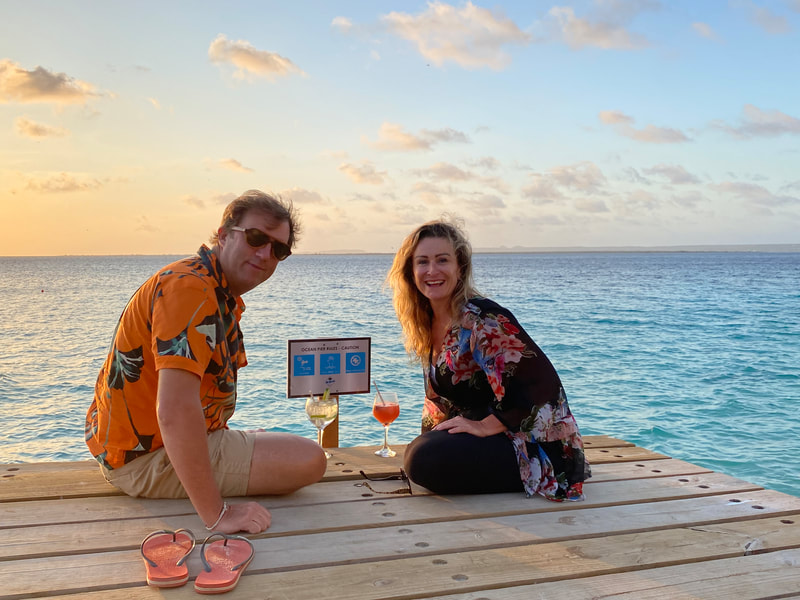
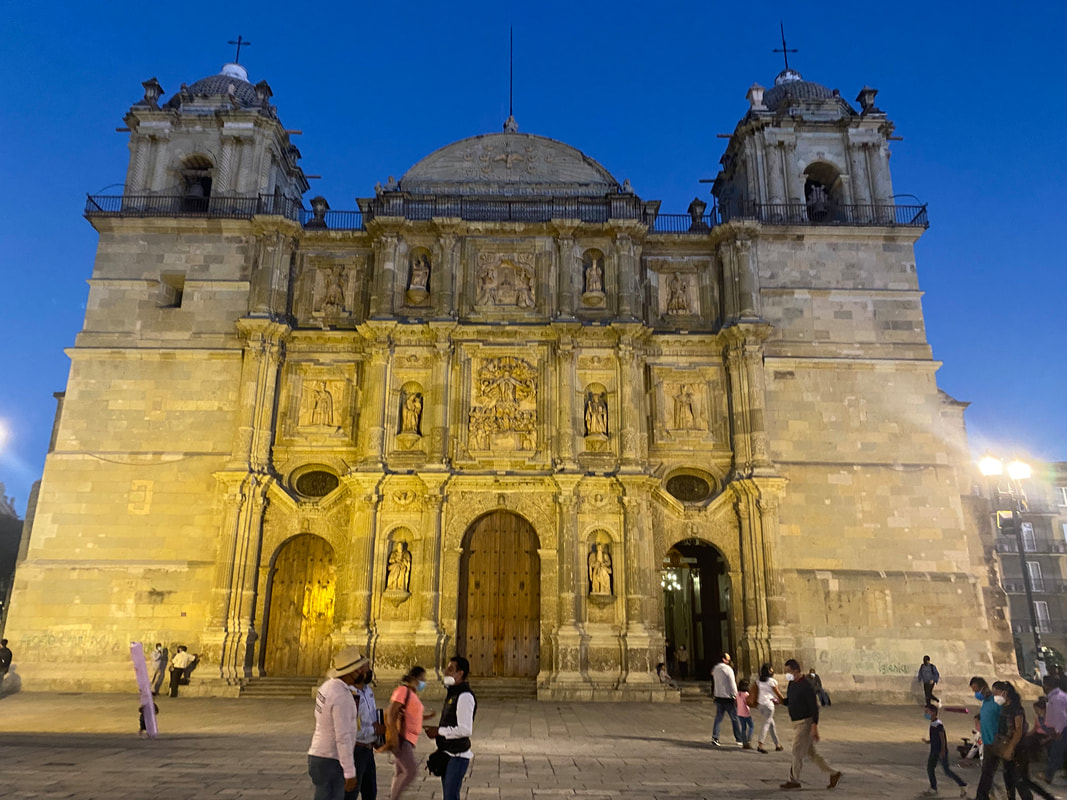
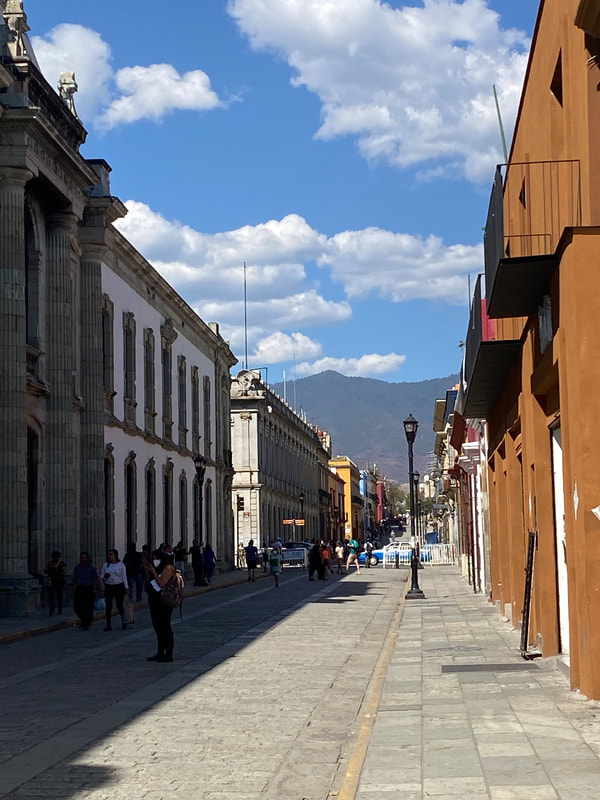
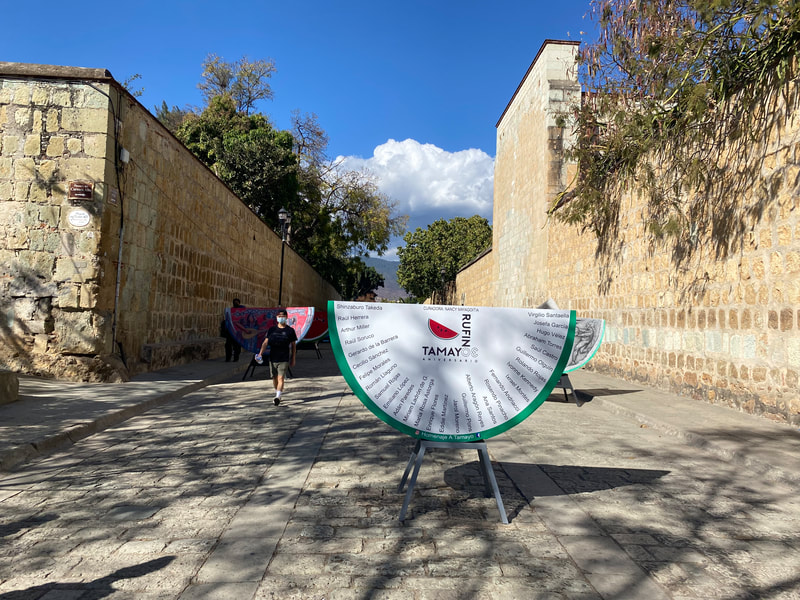
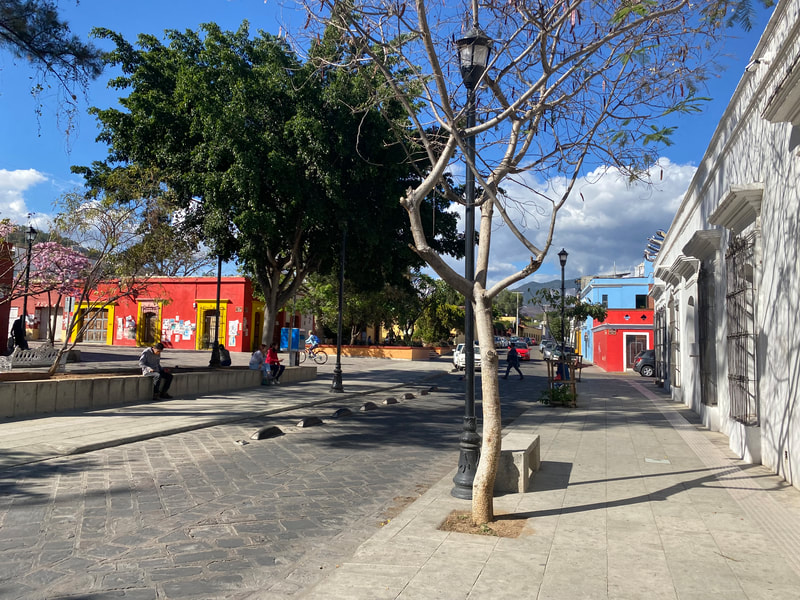
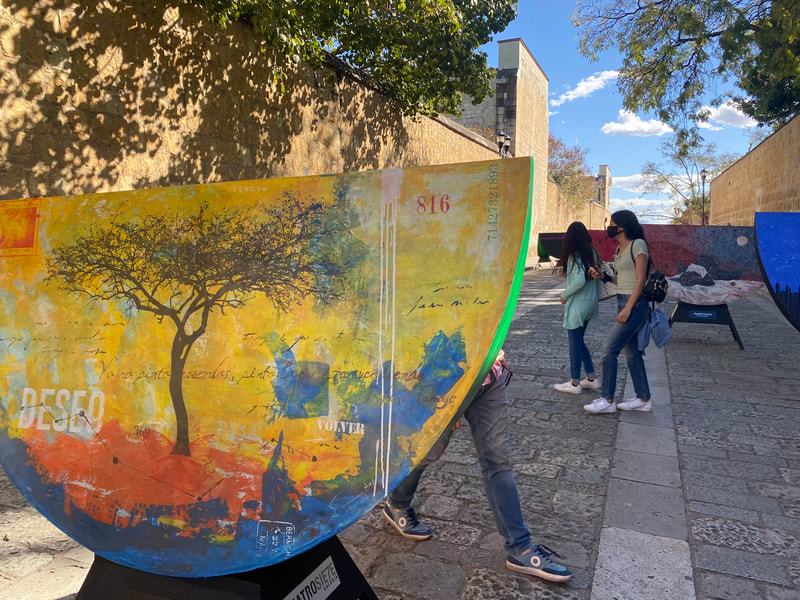
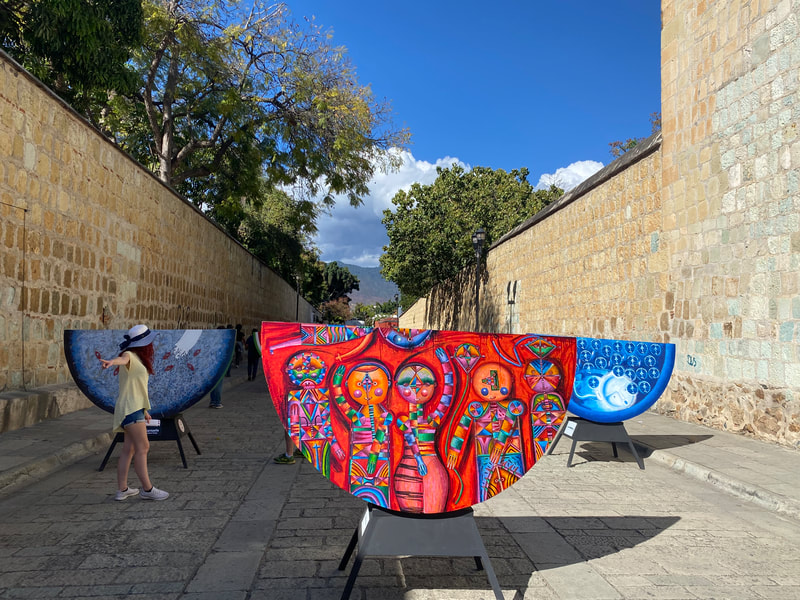
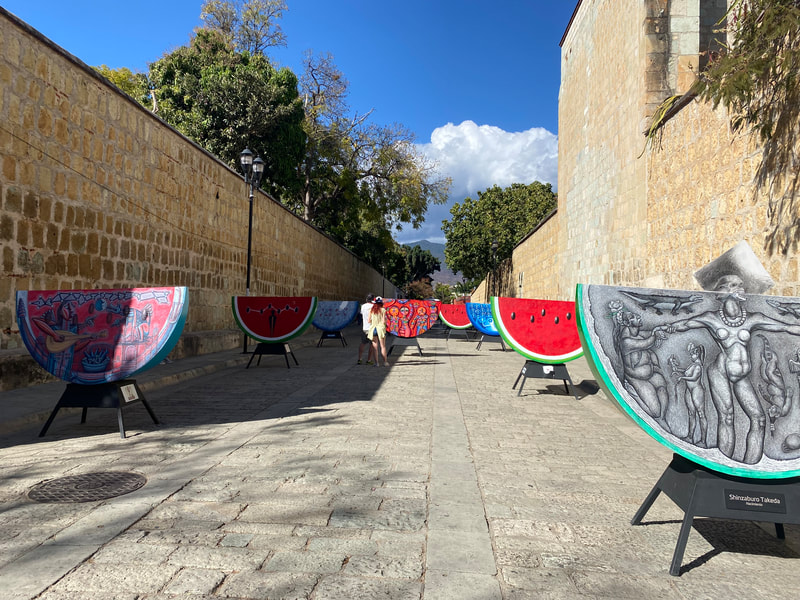
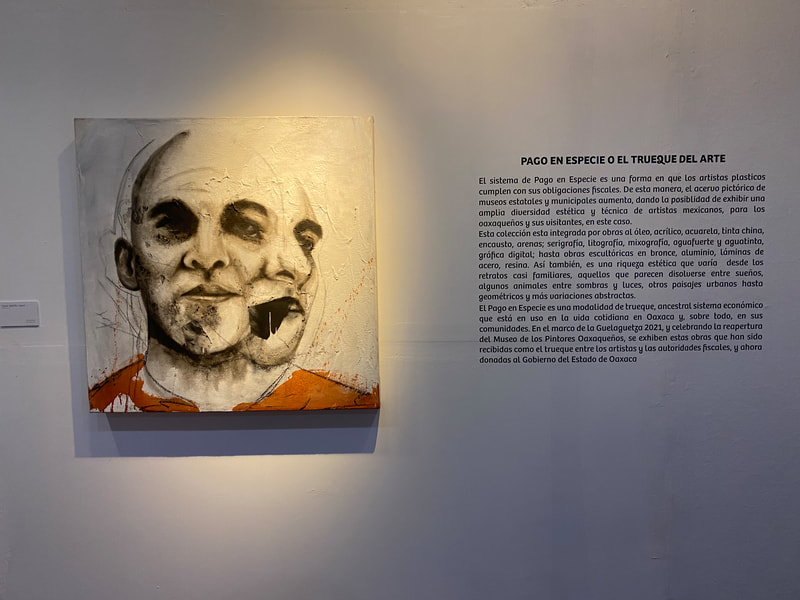
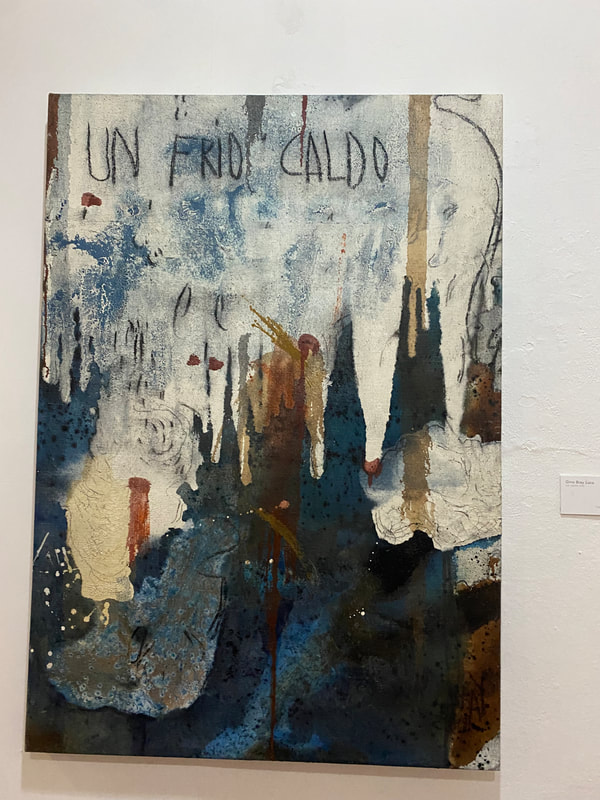
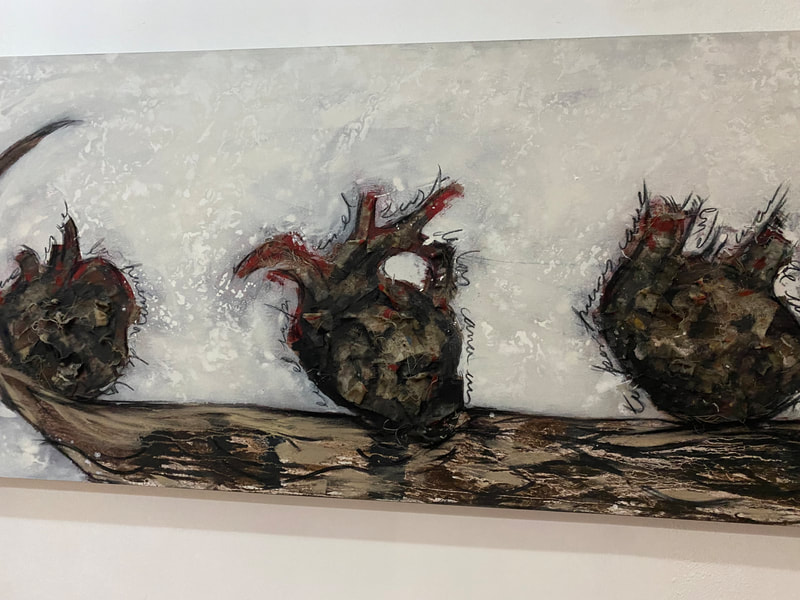
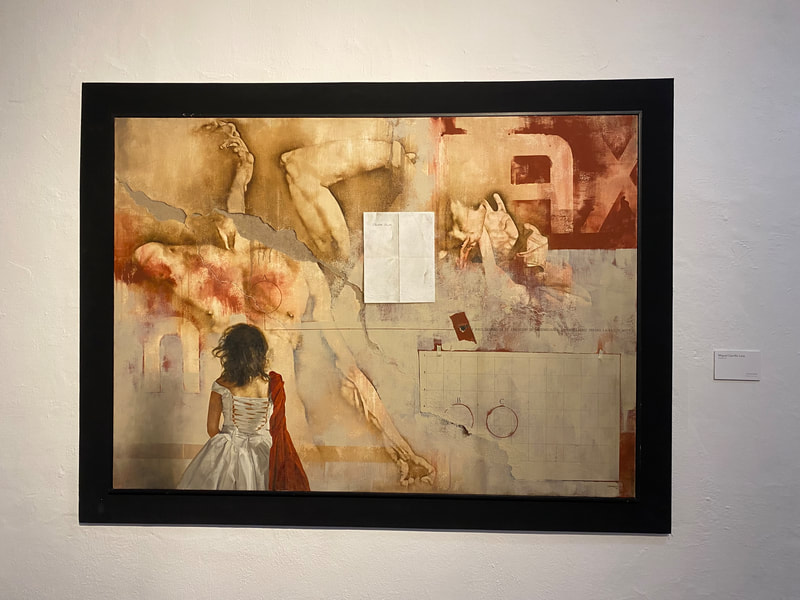
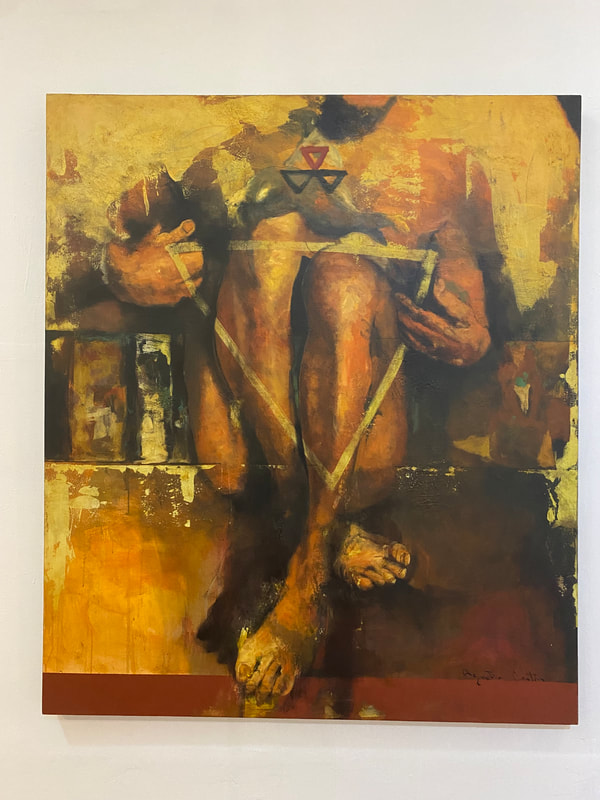
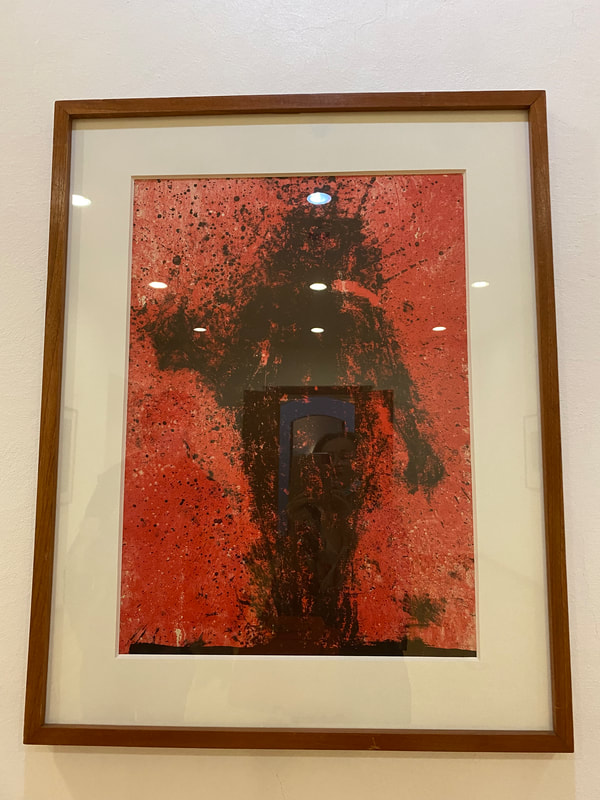
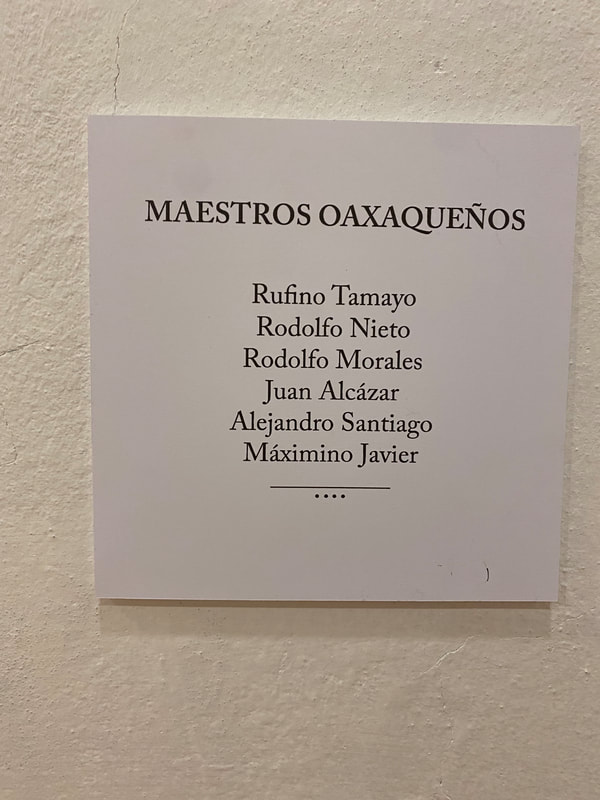
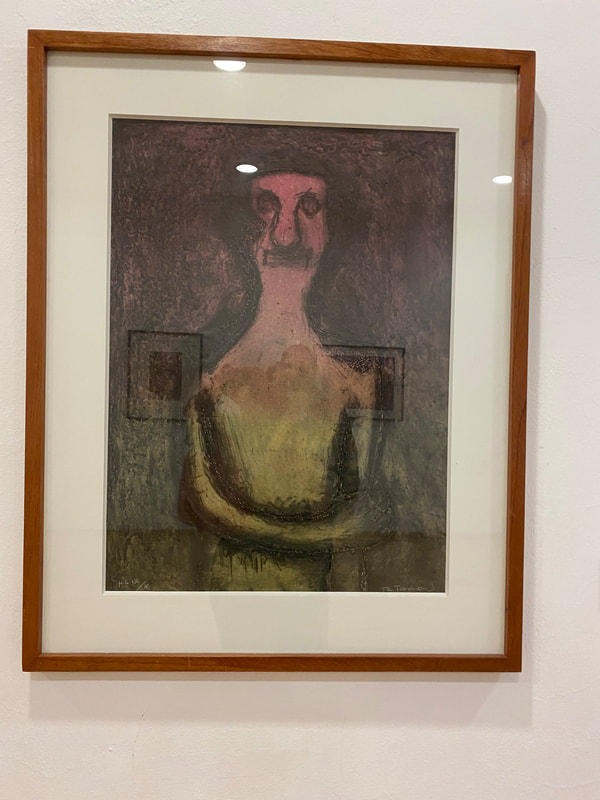
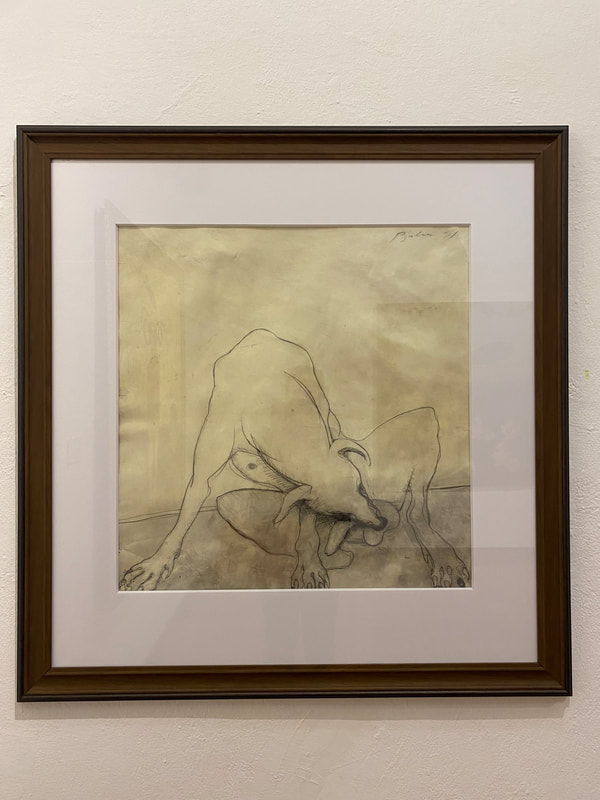
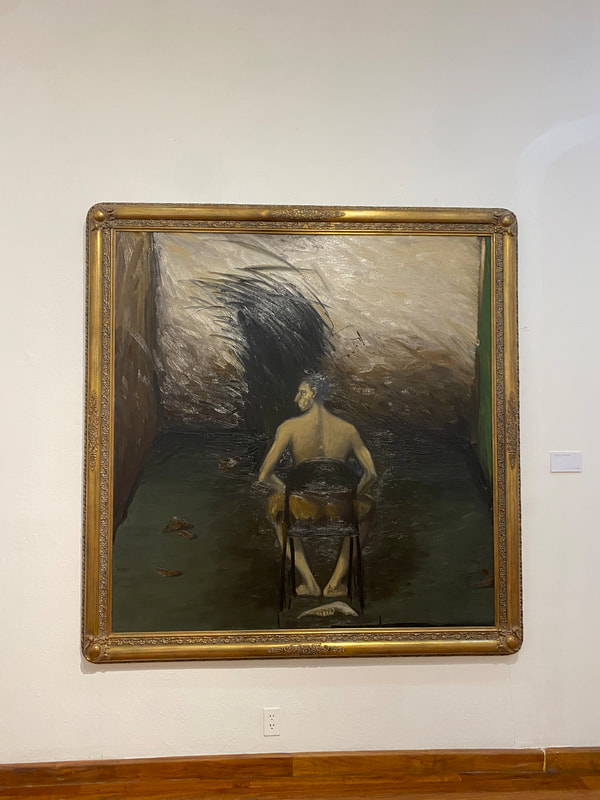

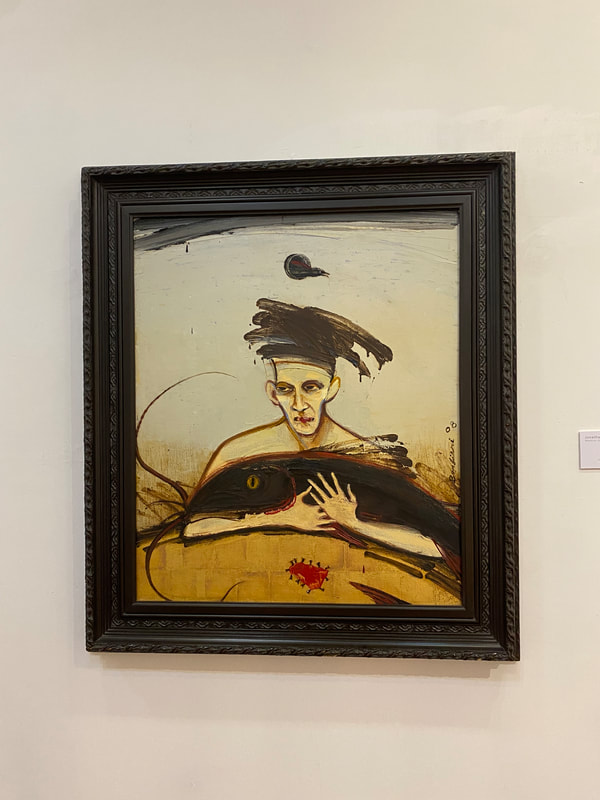
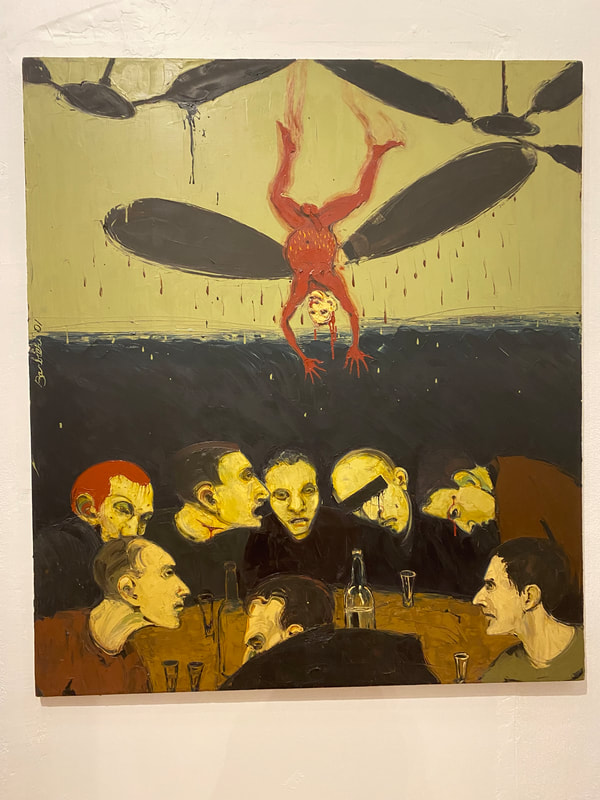
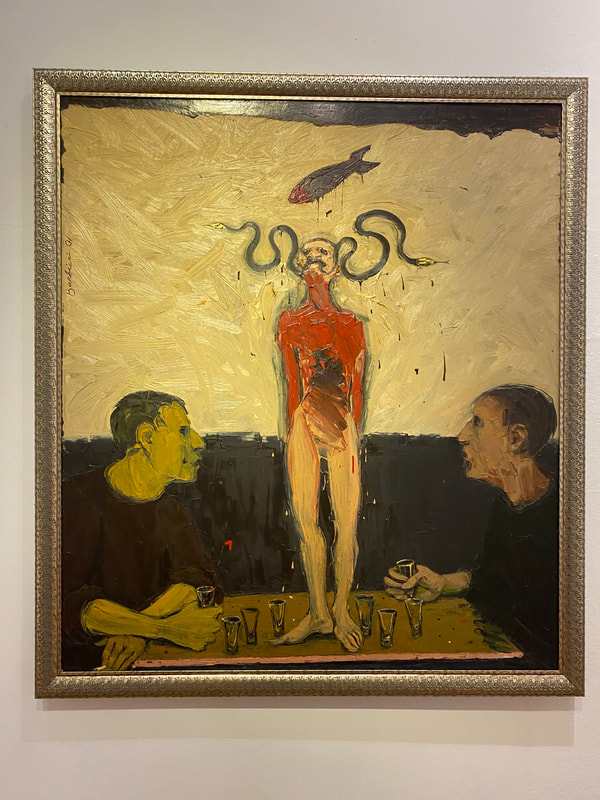
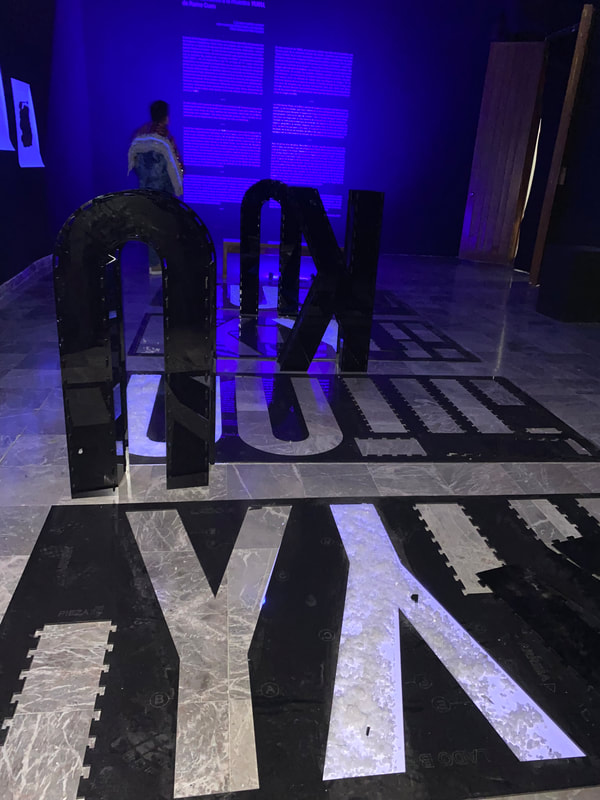
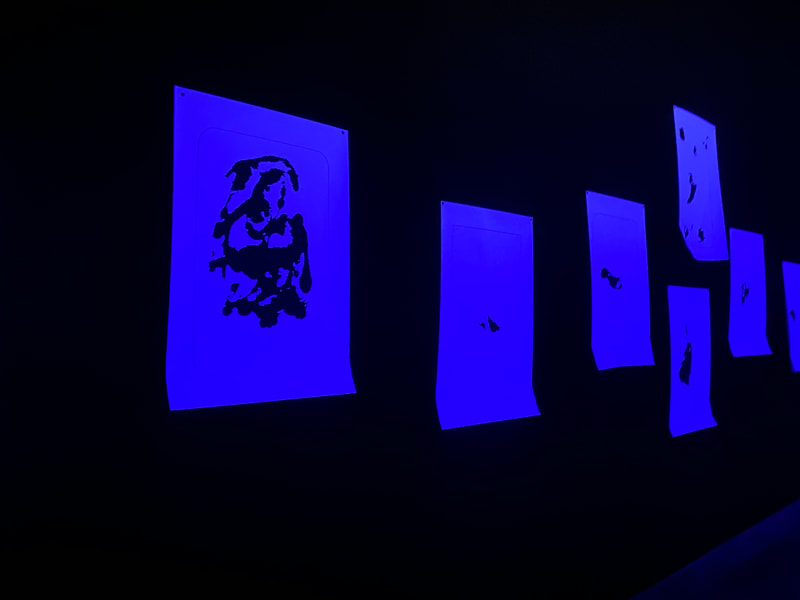
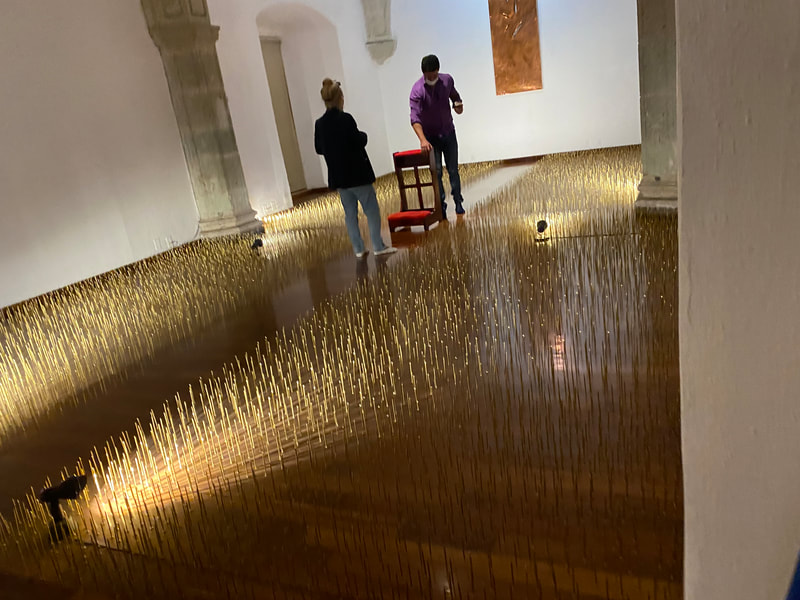
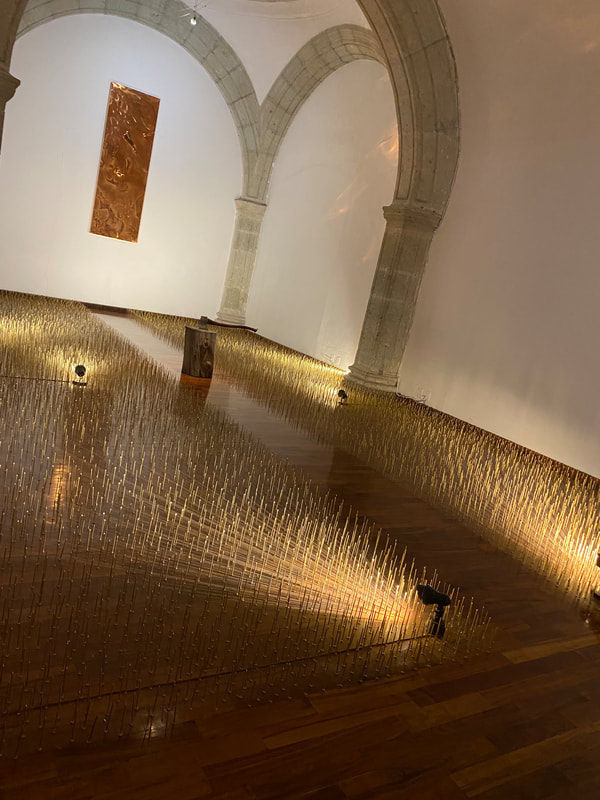
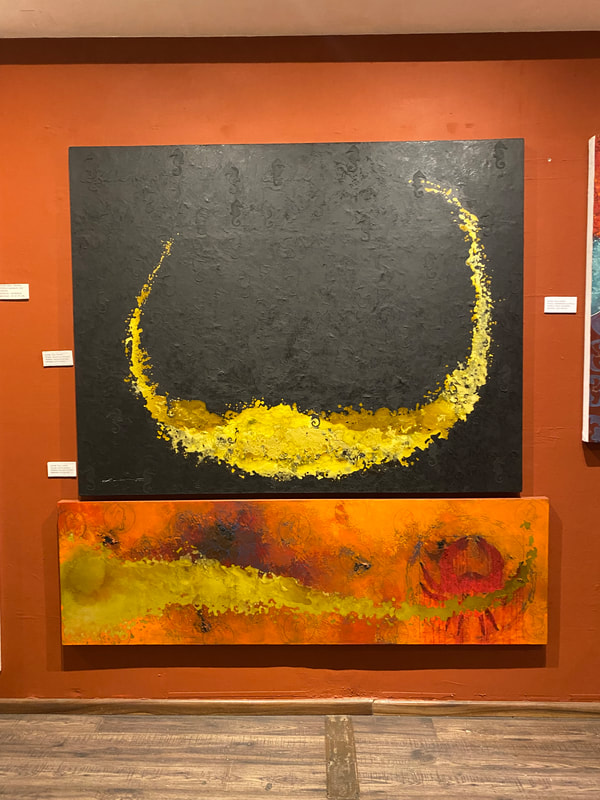
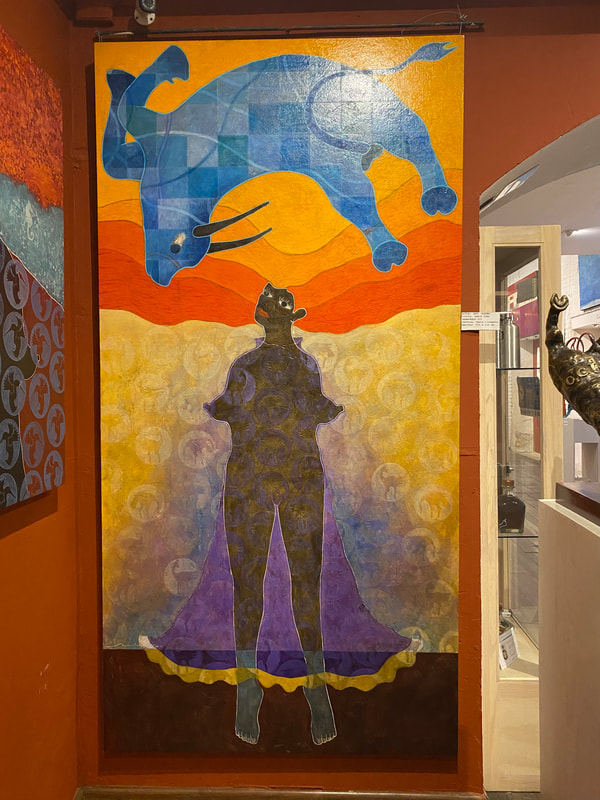
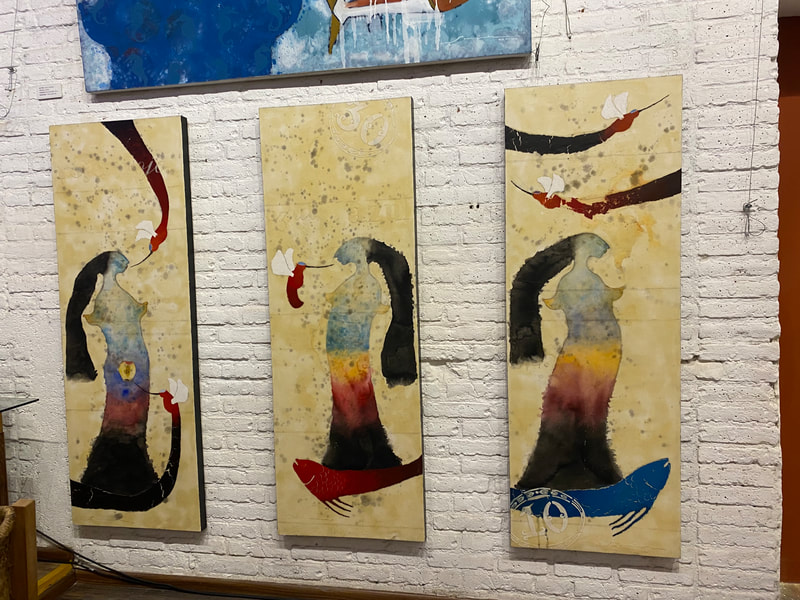
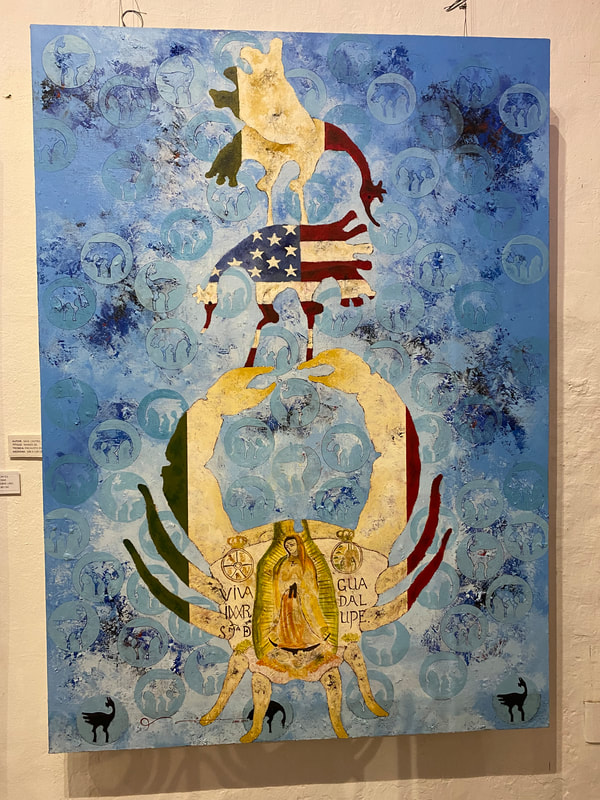
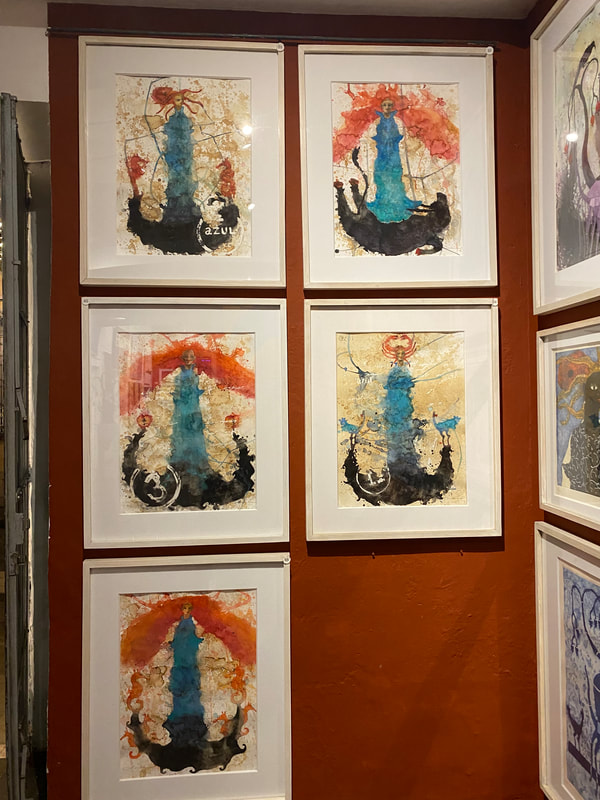
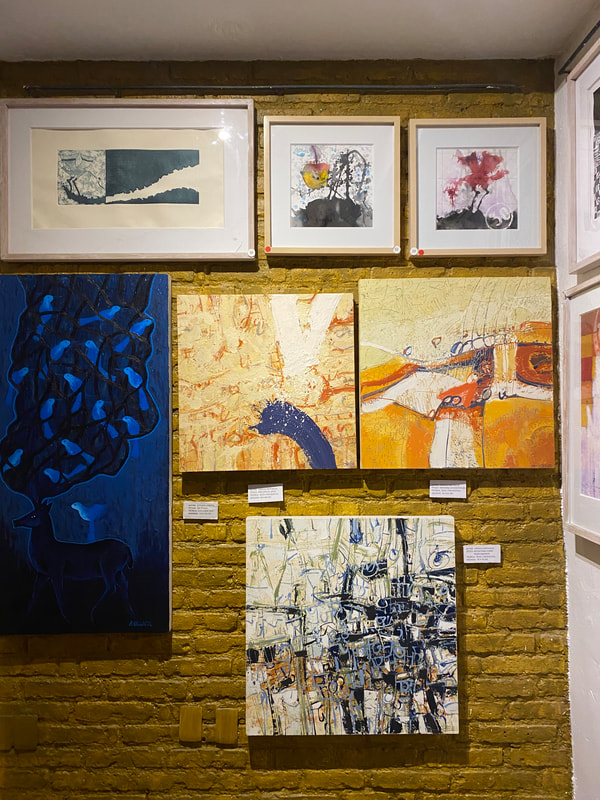
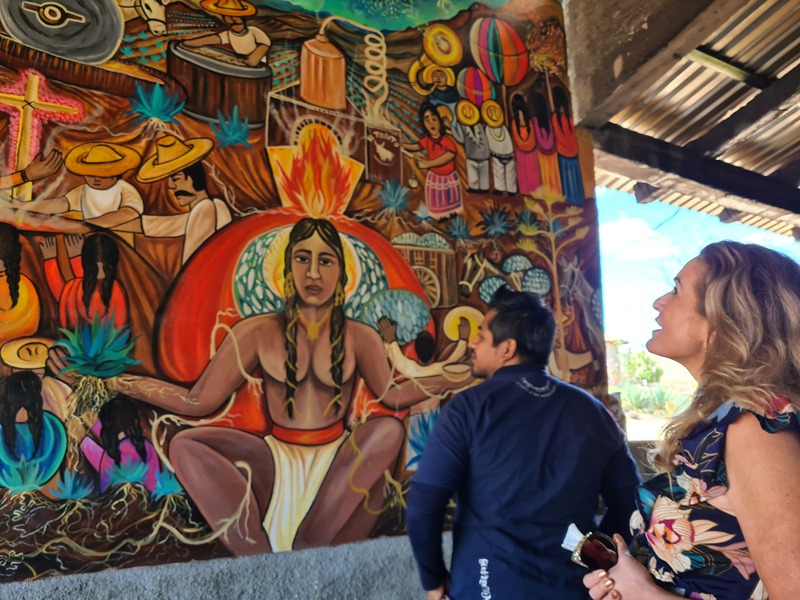

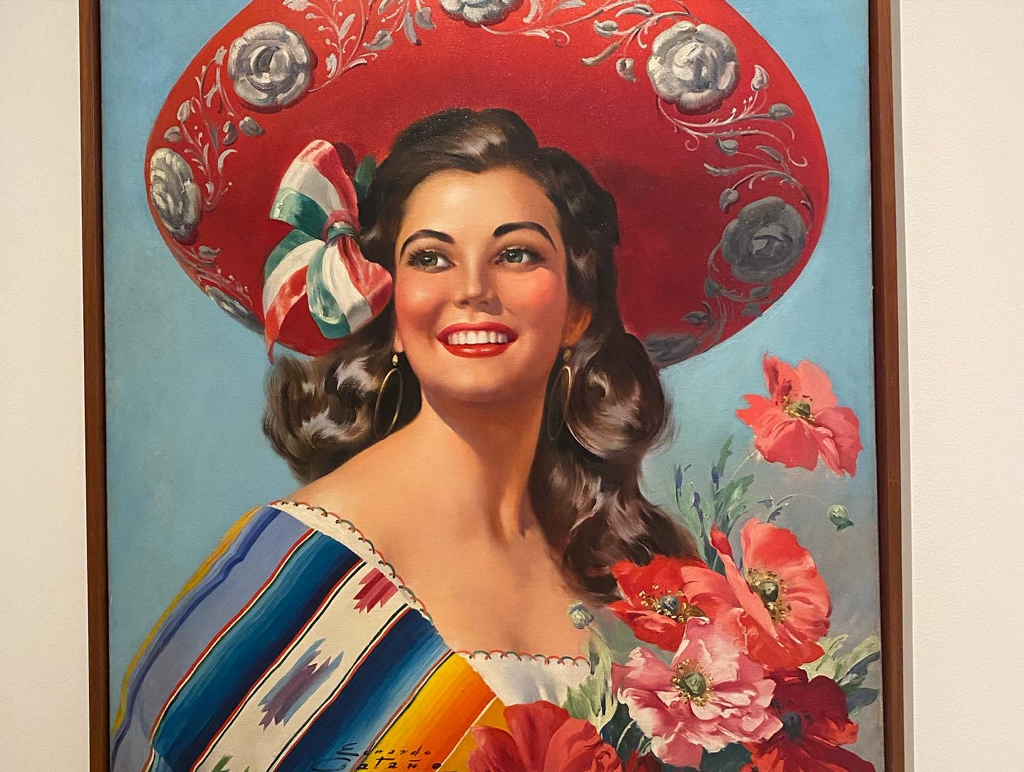
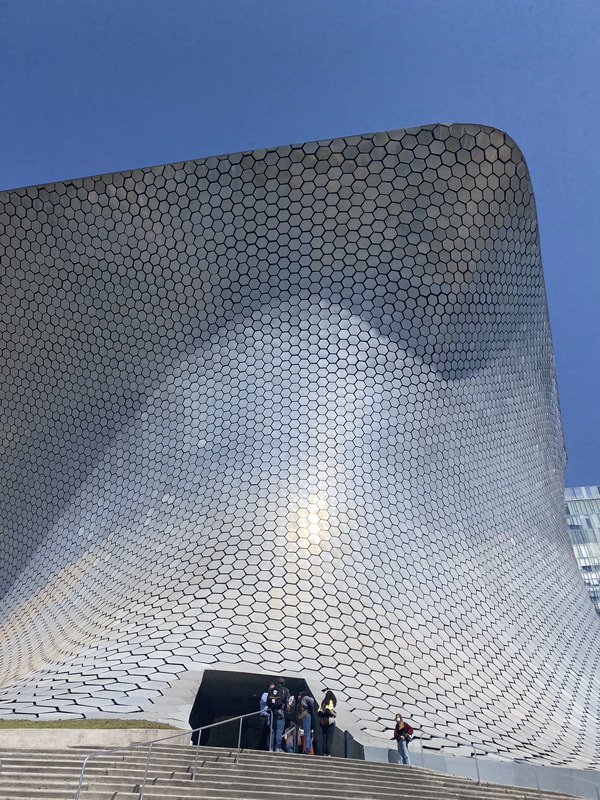
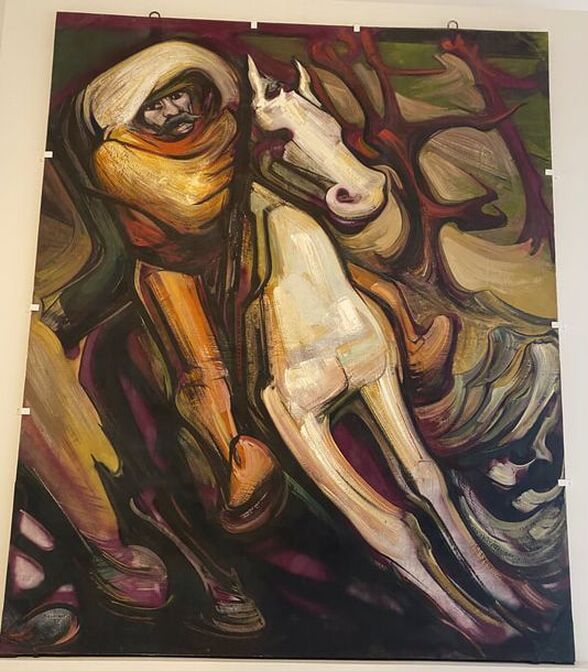
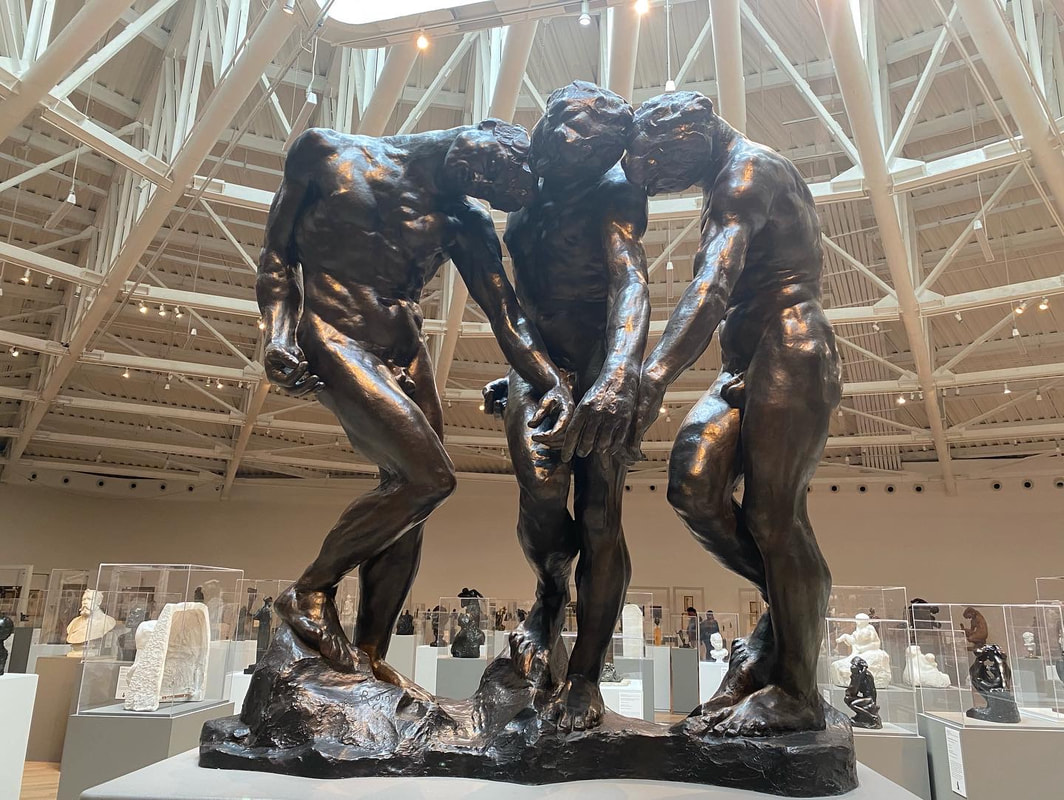
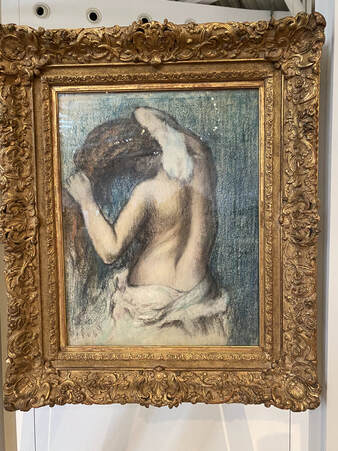
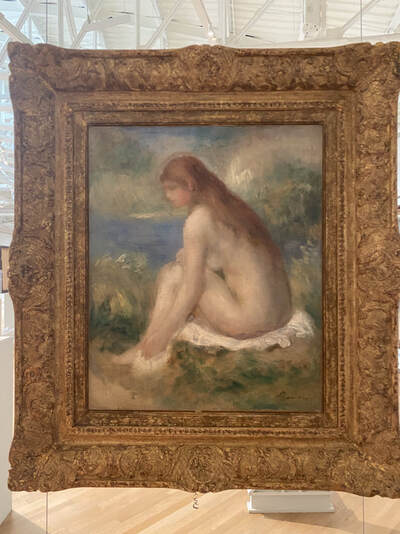
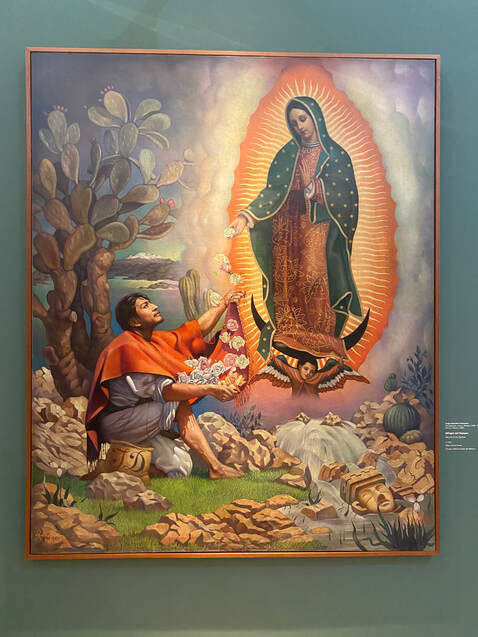
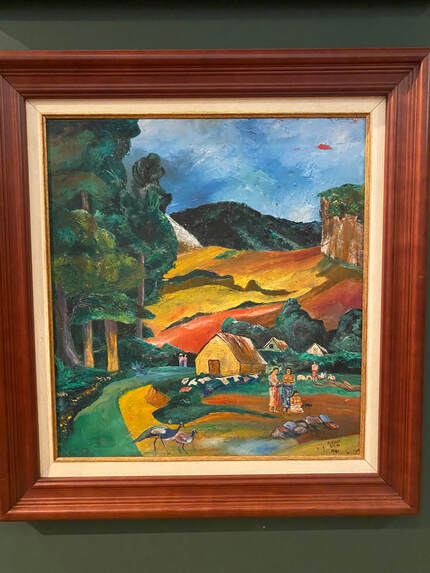
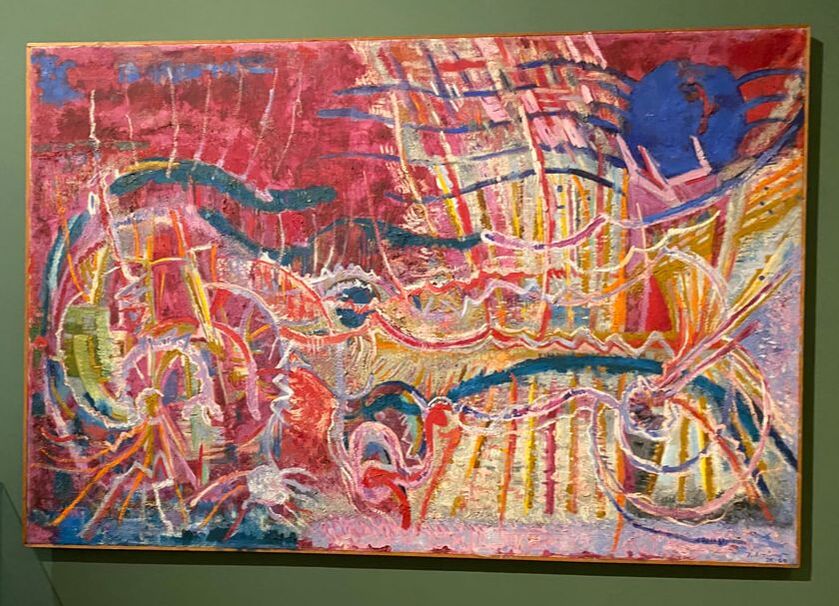
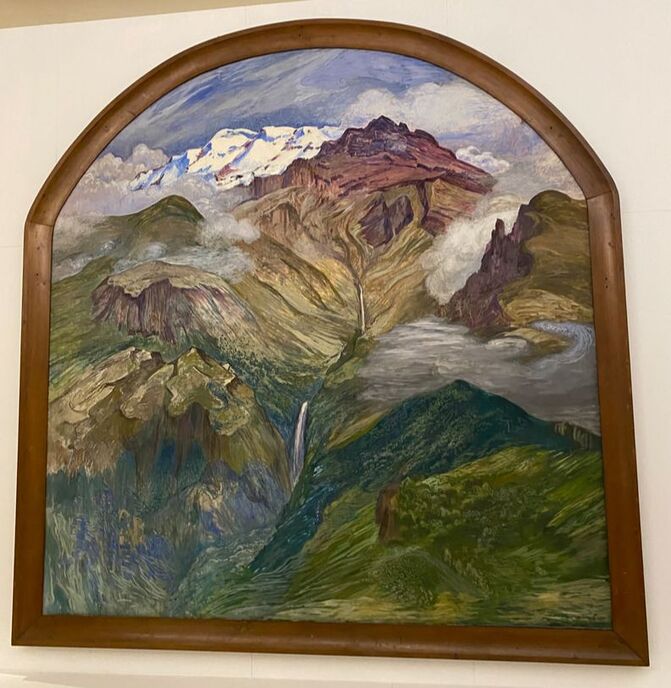
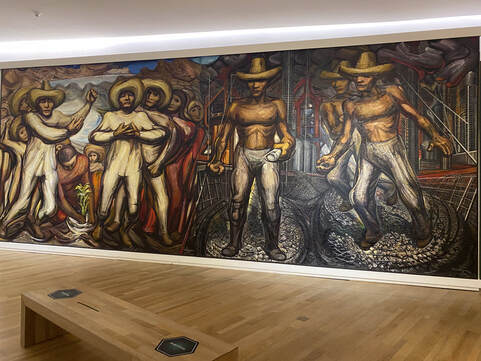
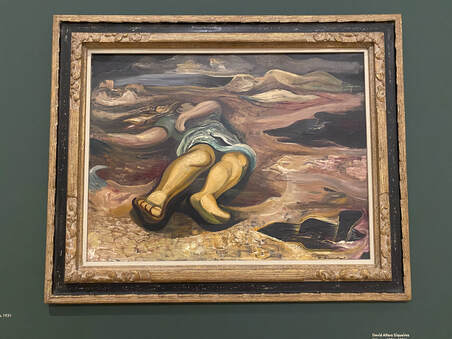
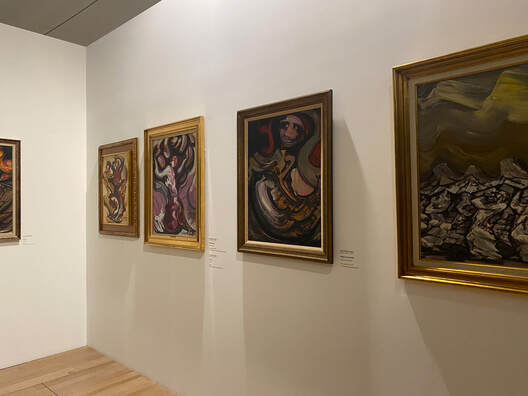
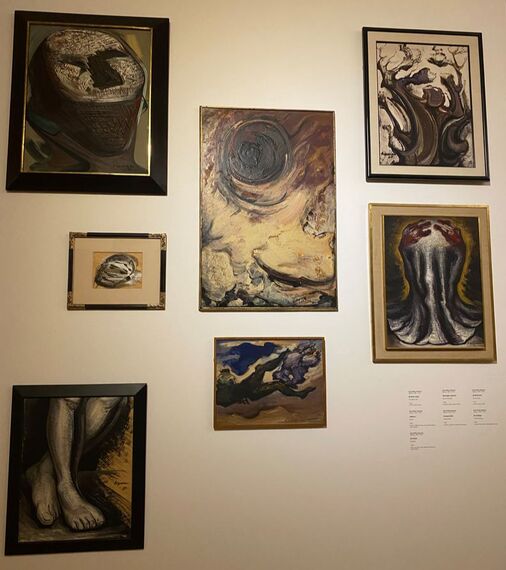
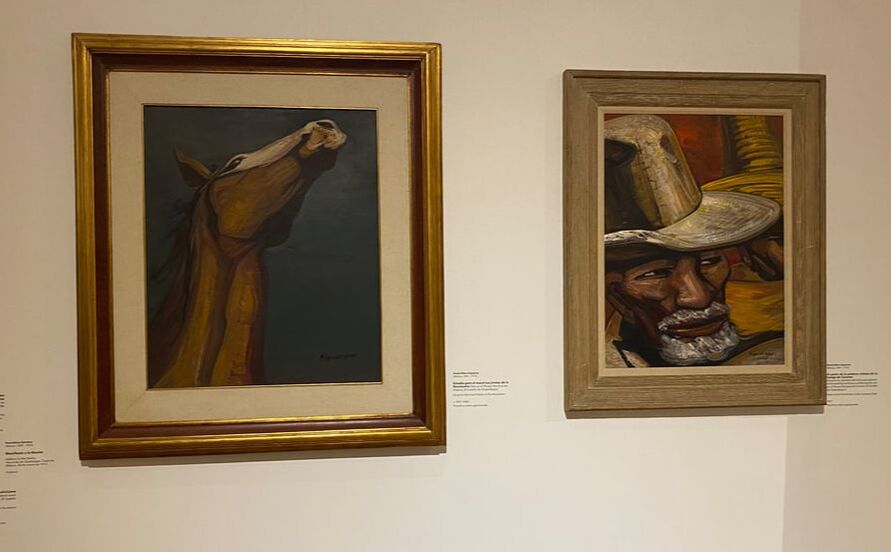
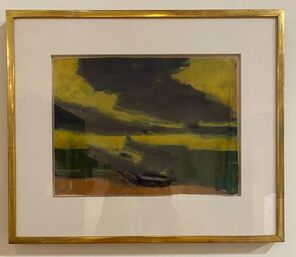

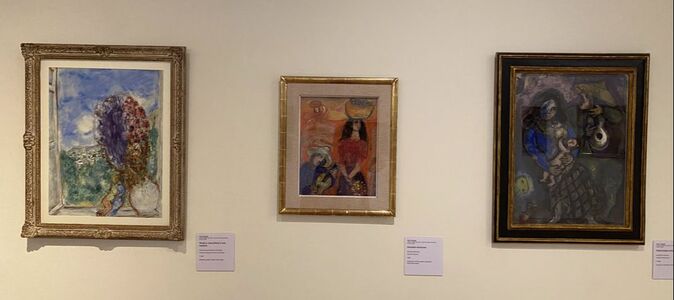
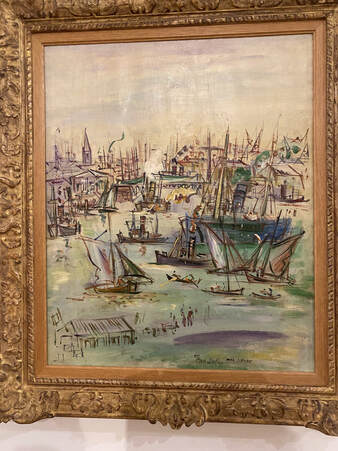
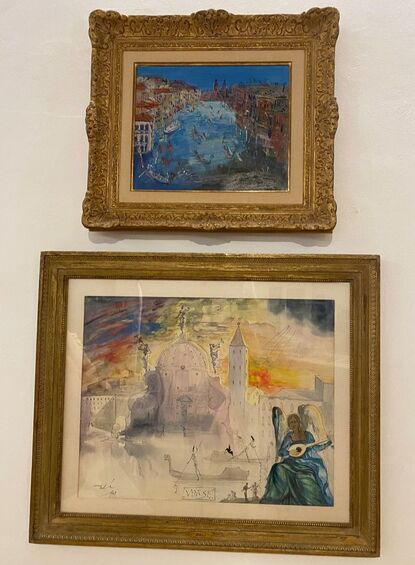
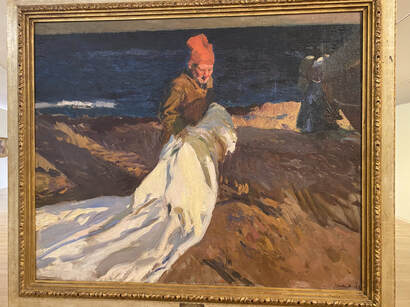
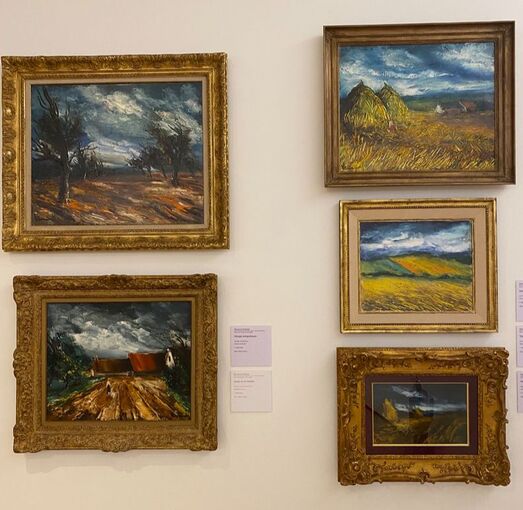
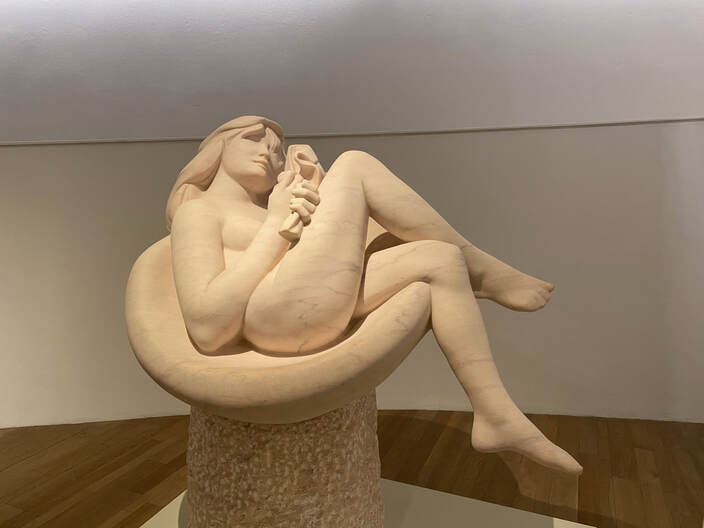
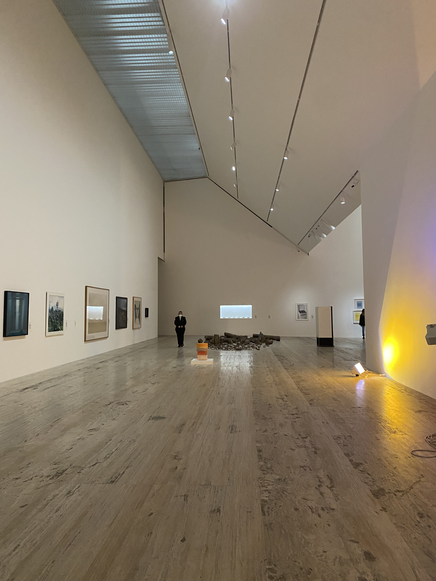
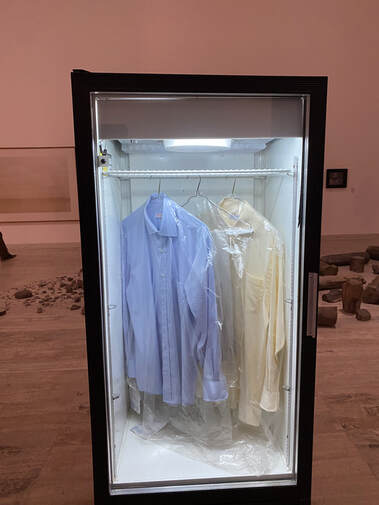
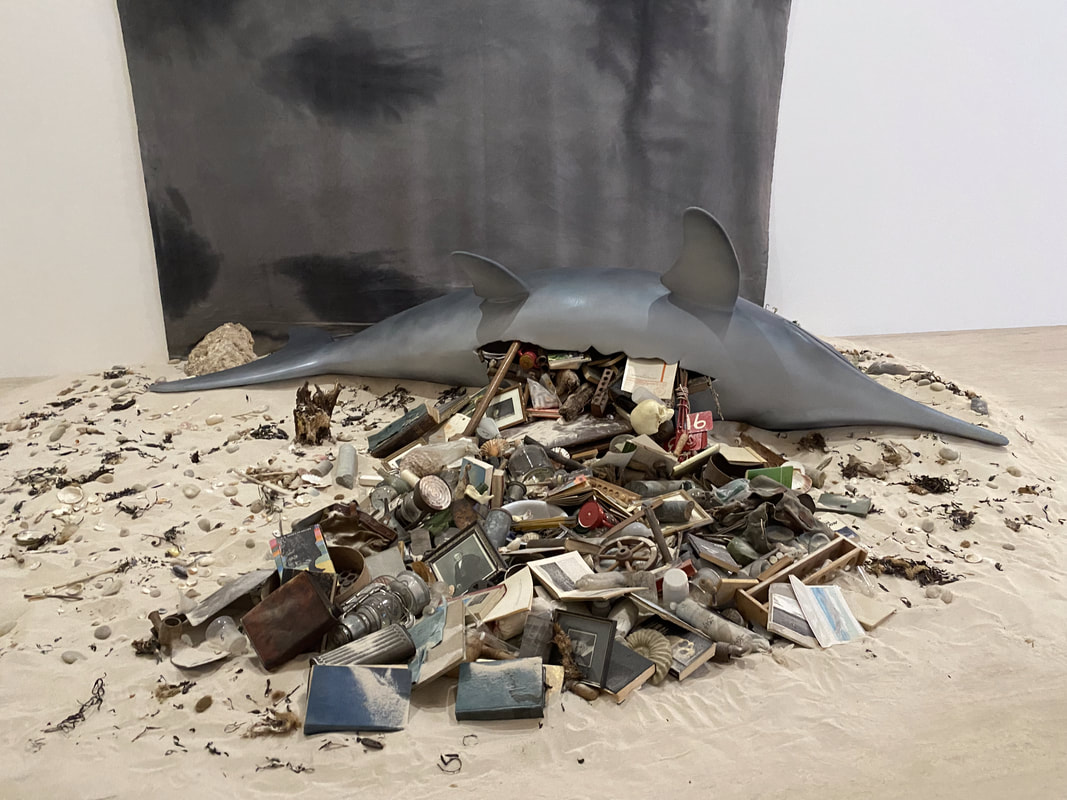
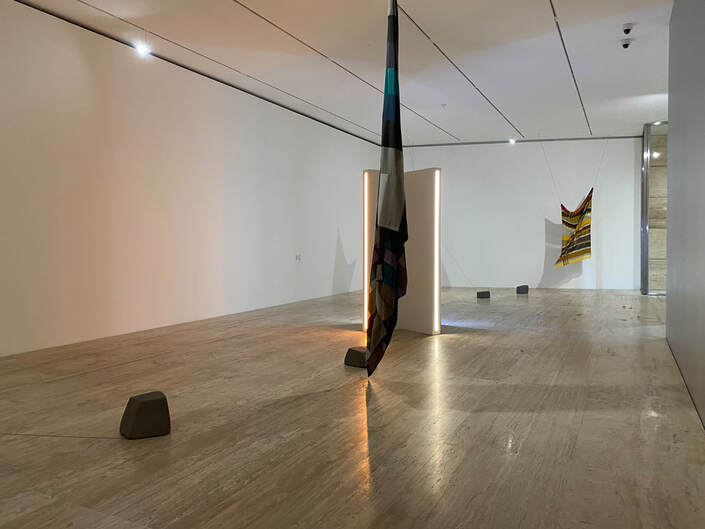
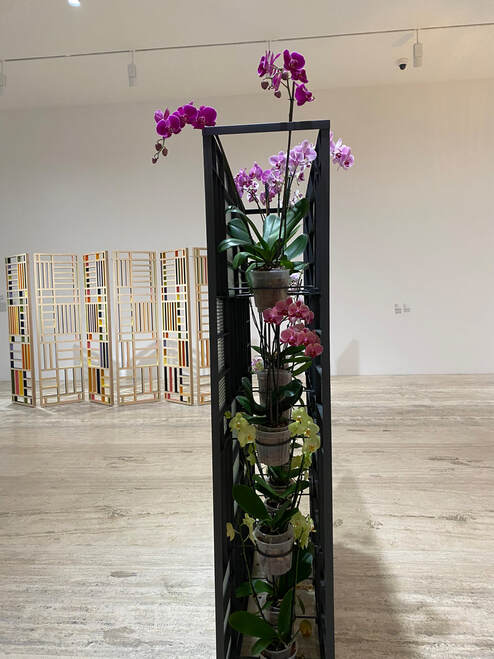
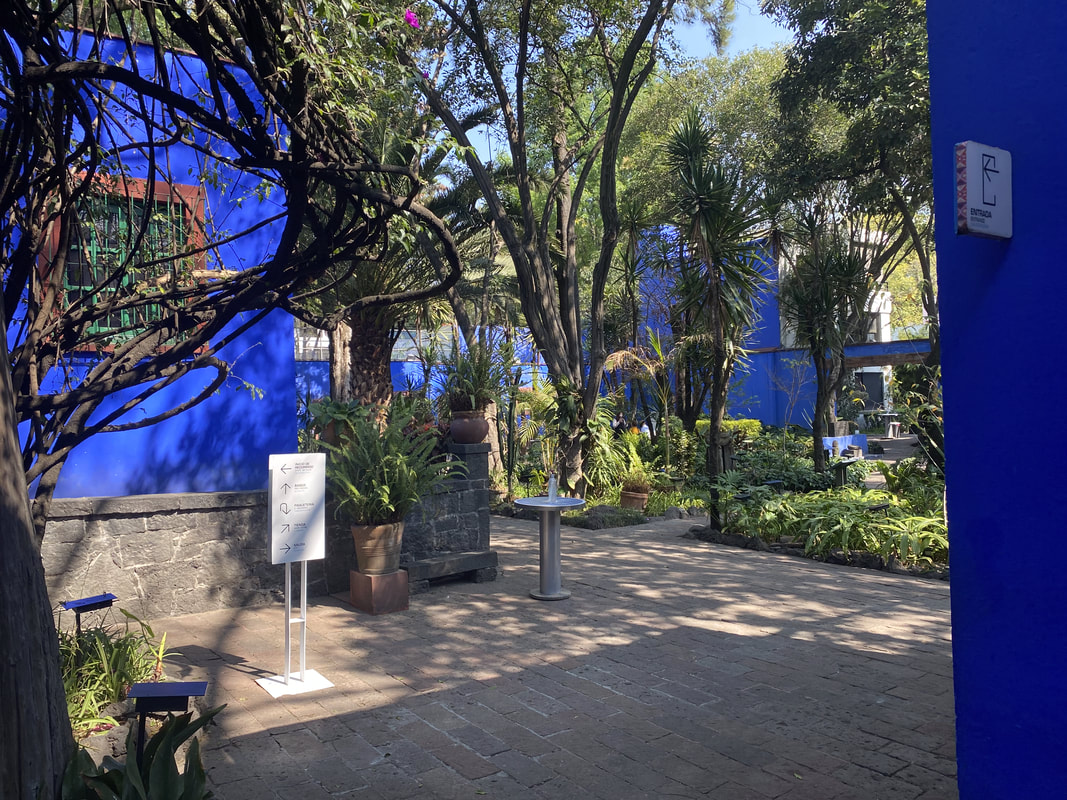
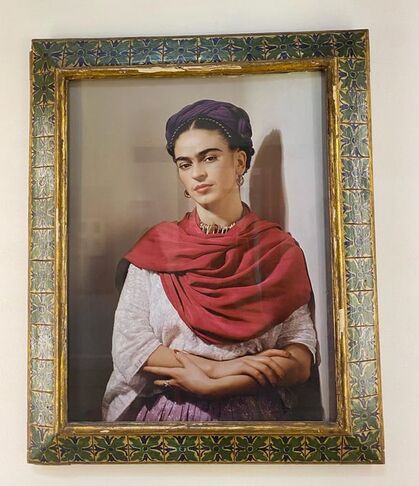
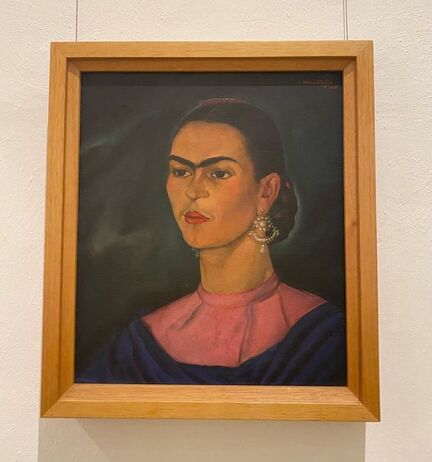
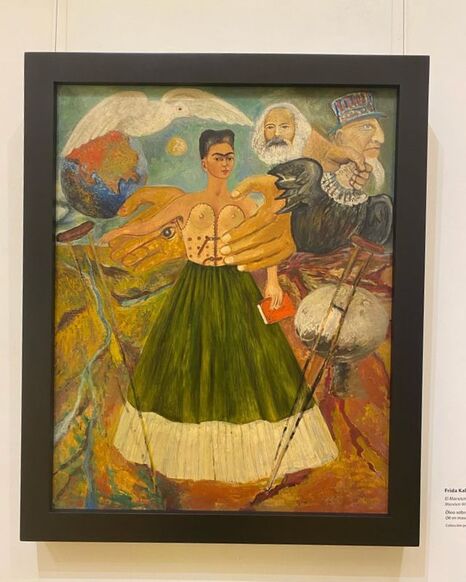
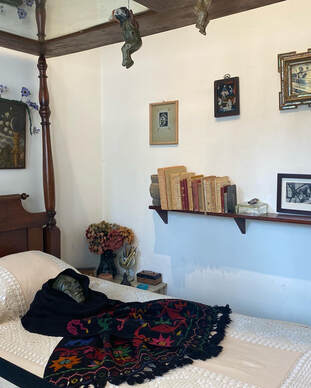
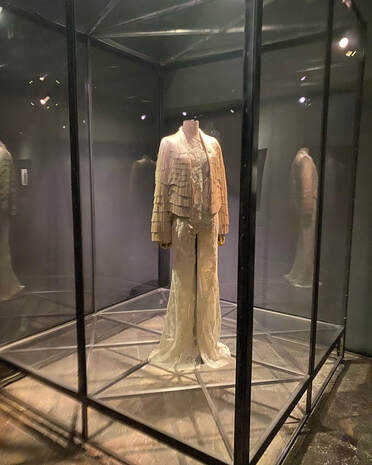
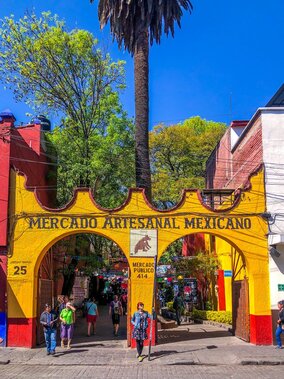
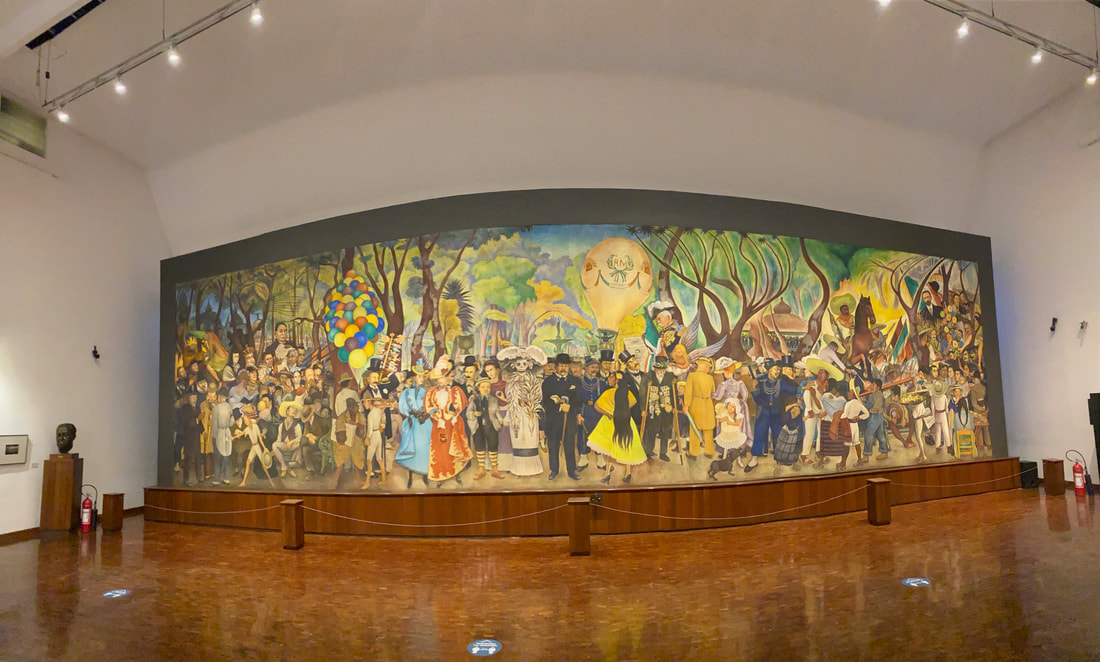
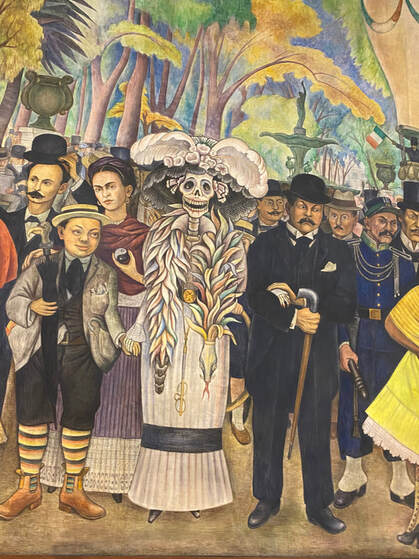
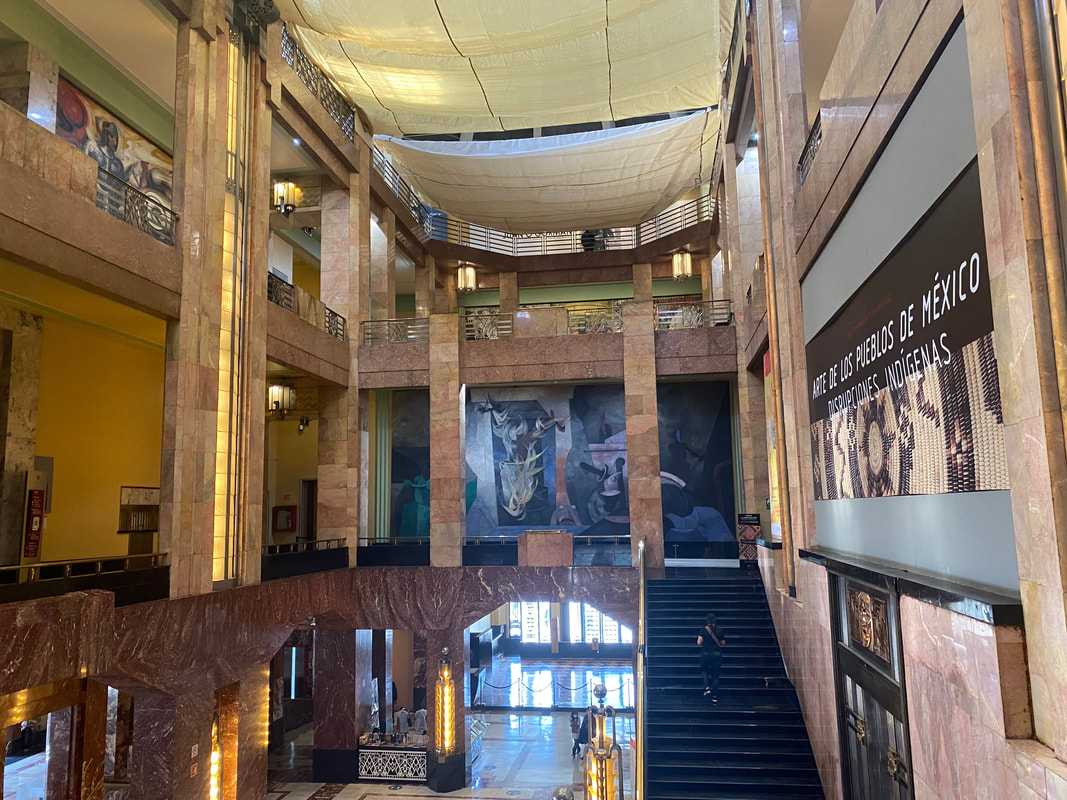
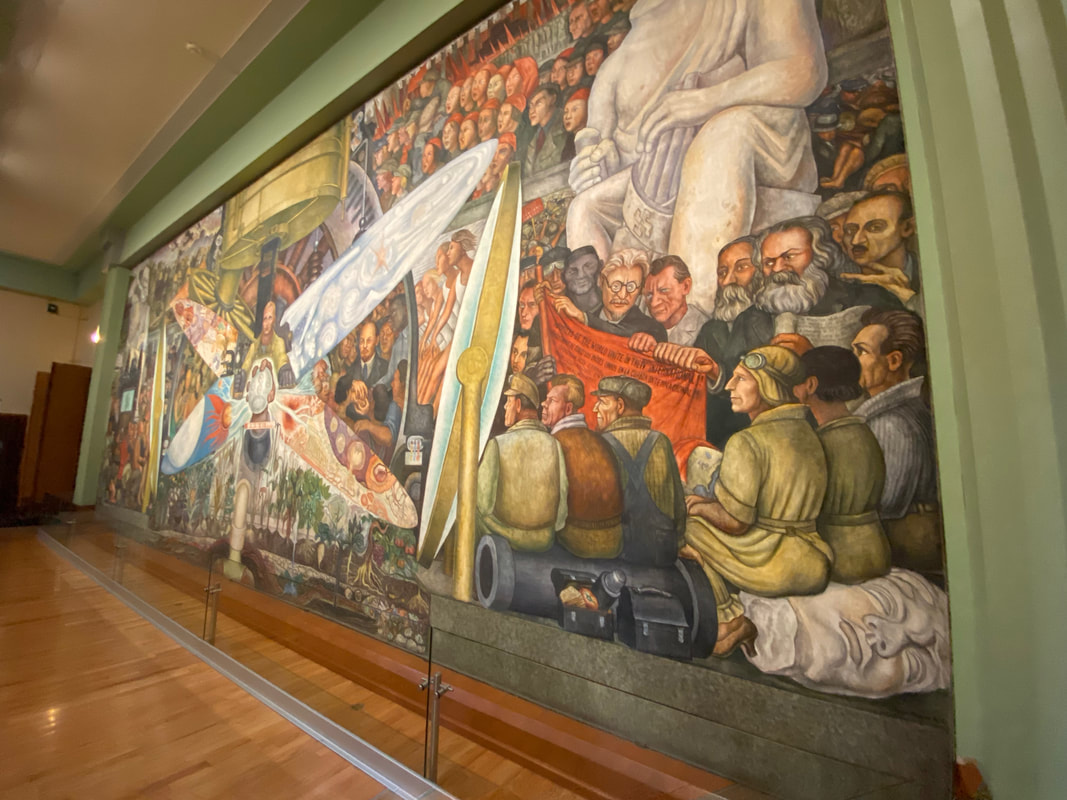
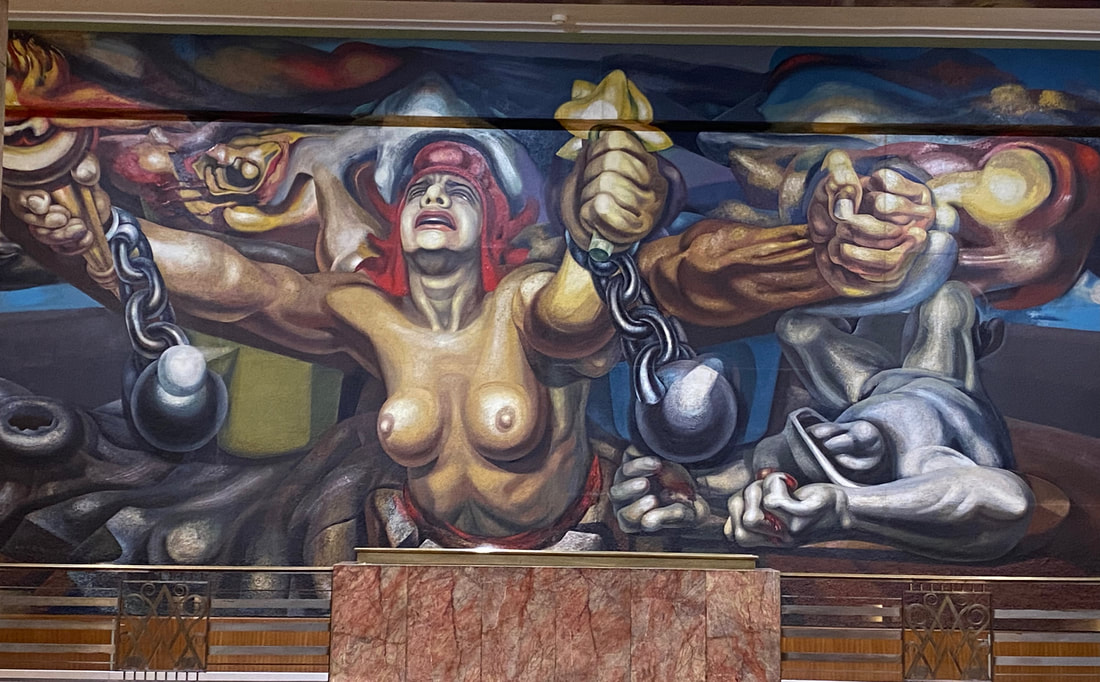
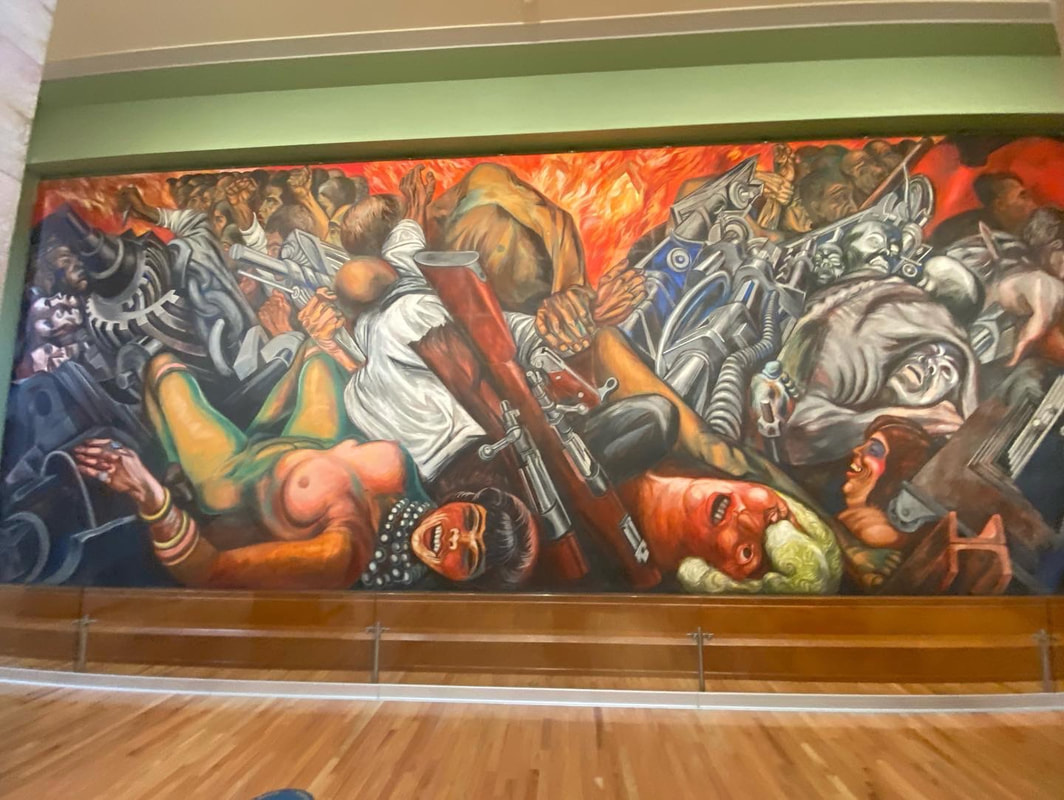
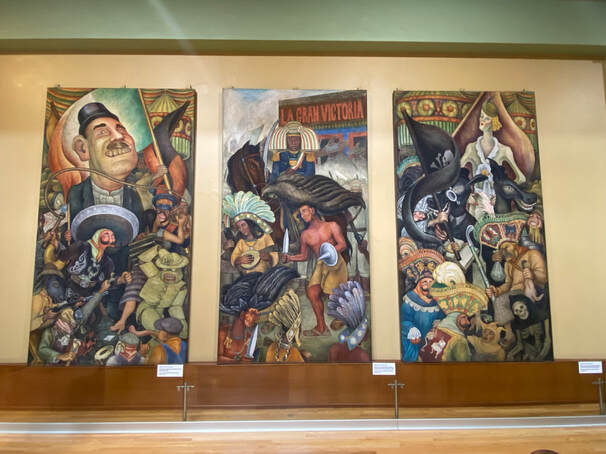
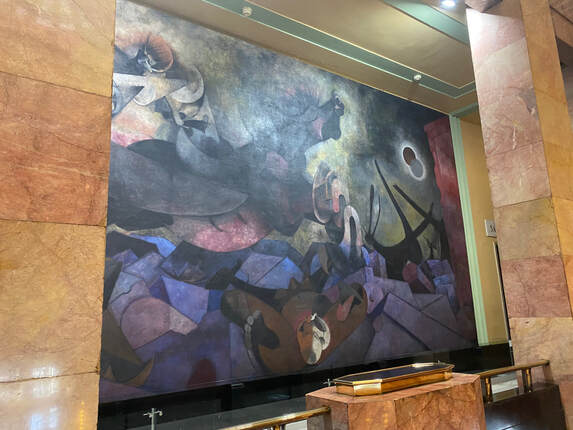
 RSS Feed
RSS Feed